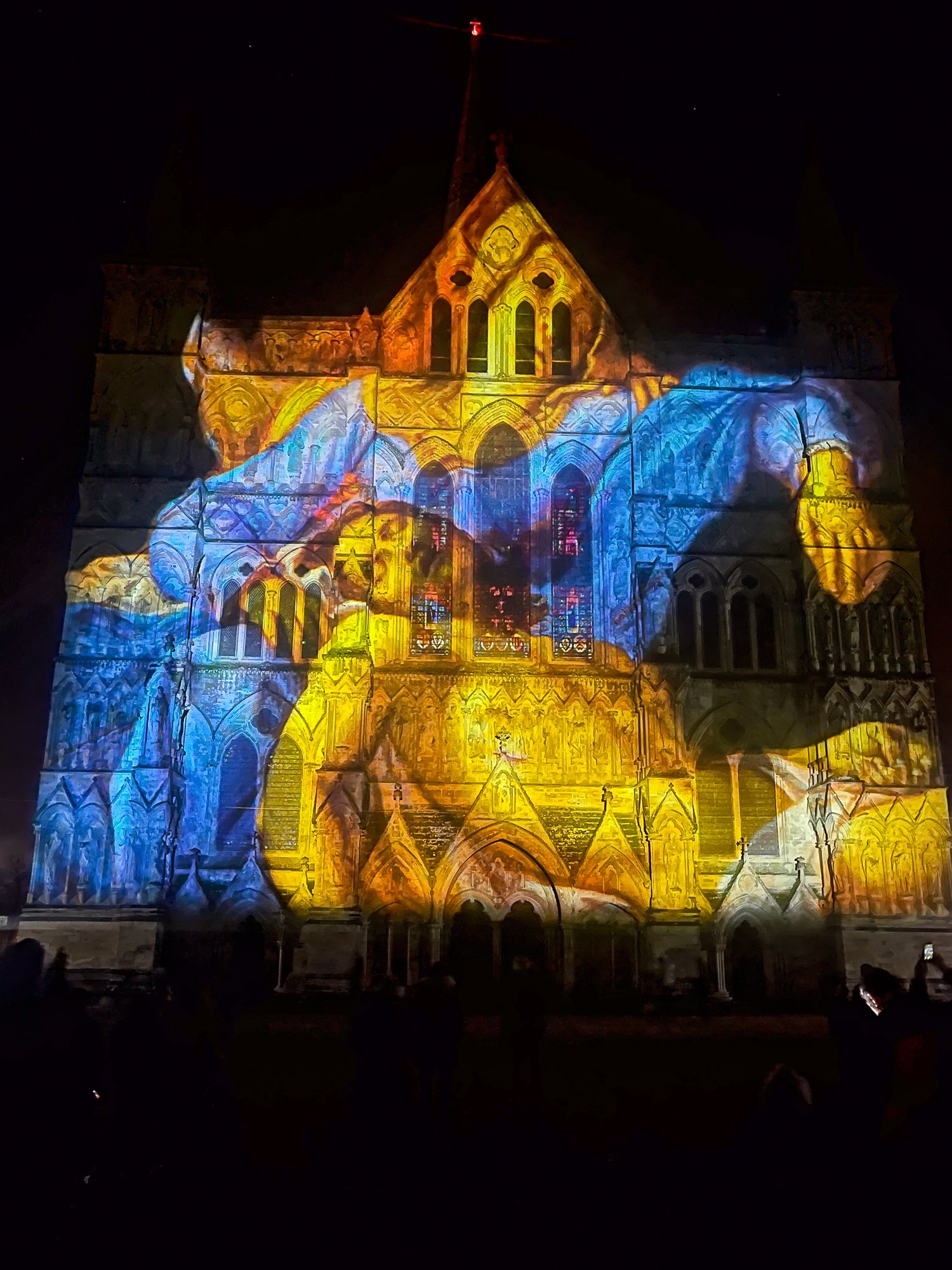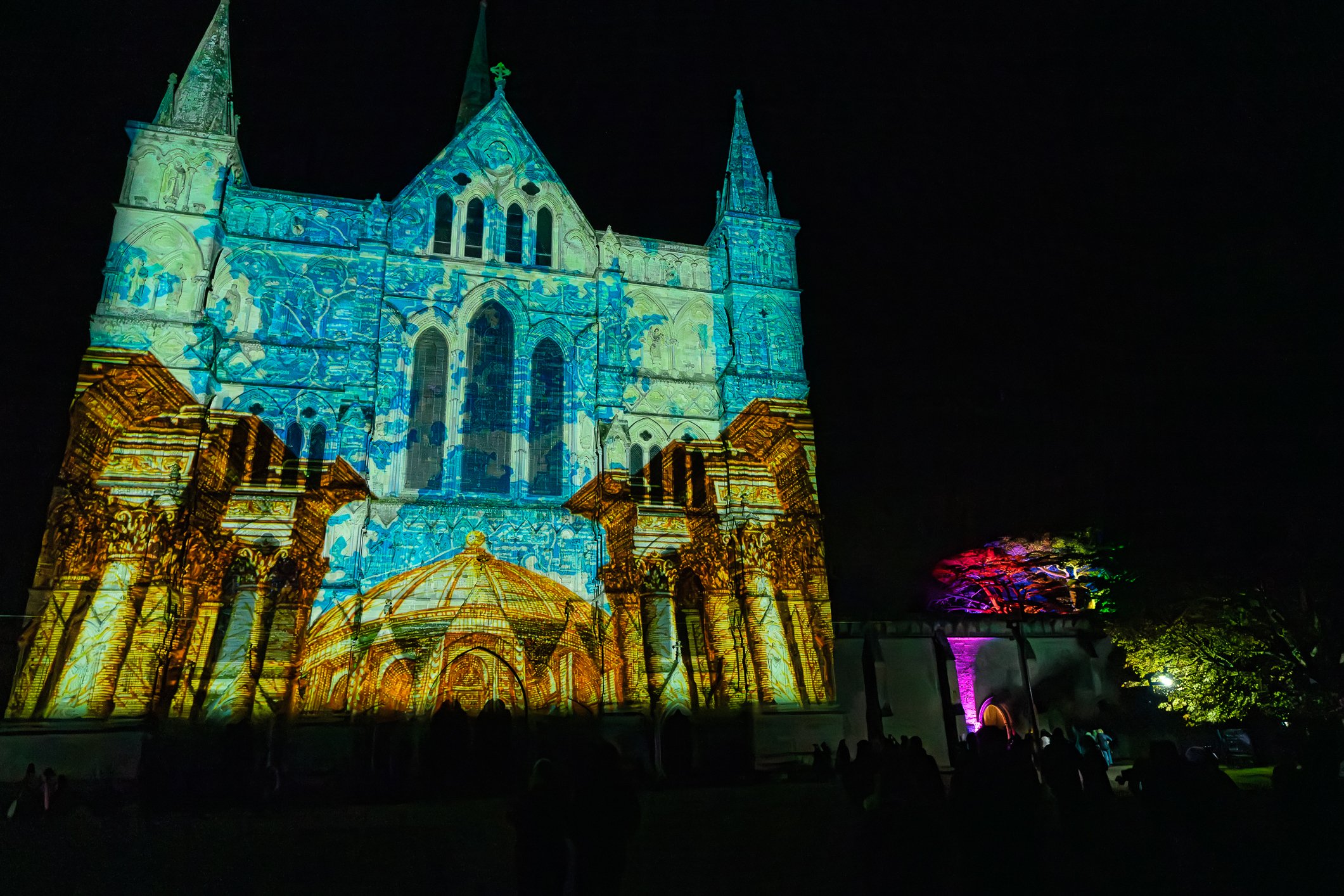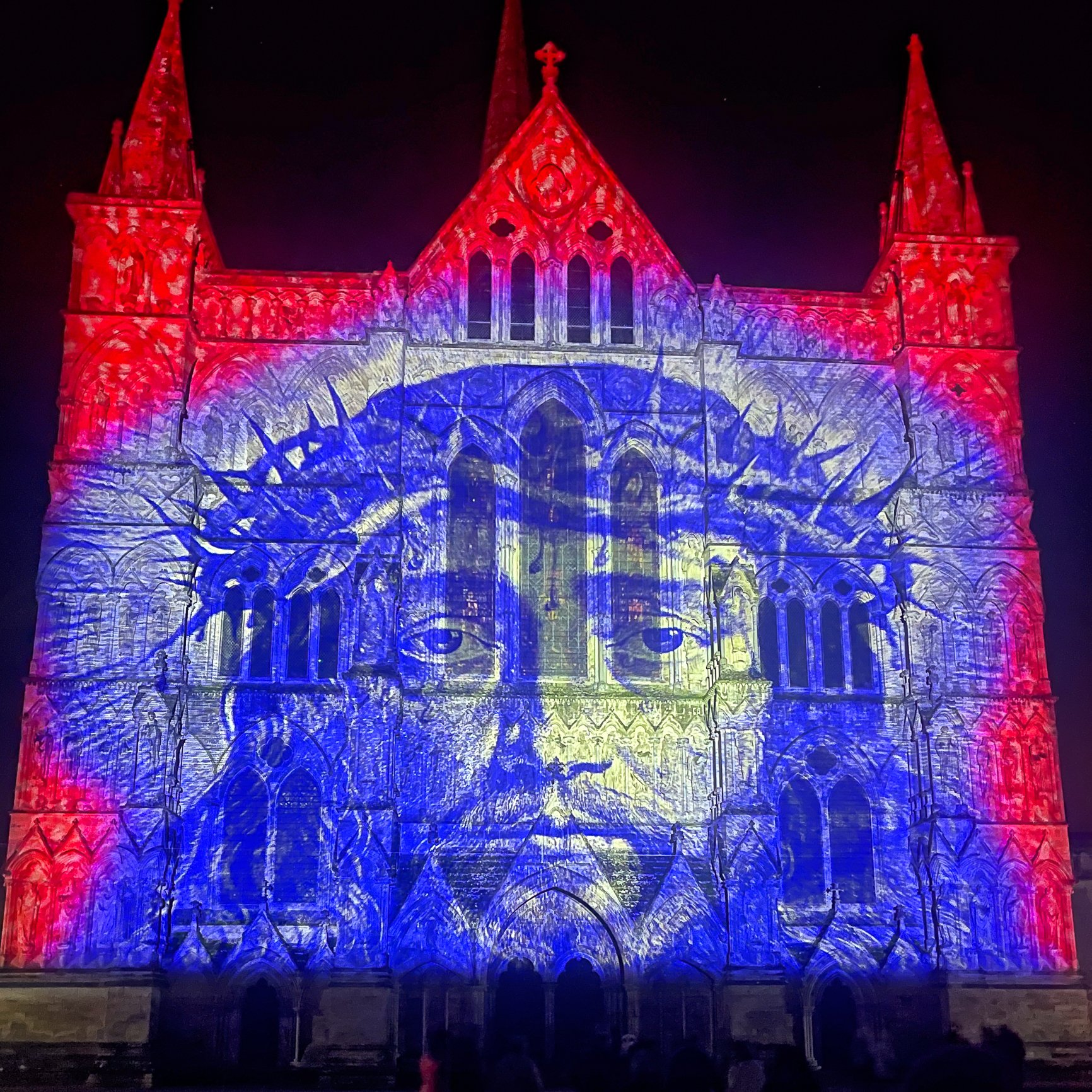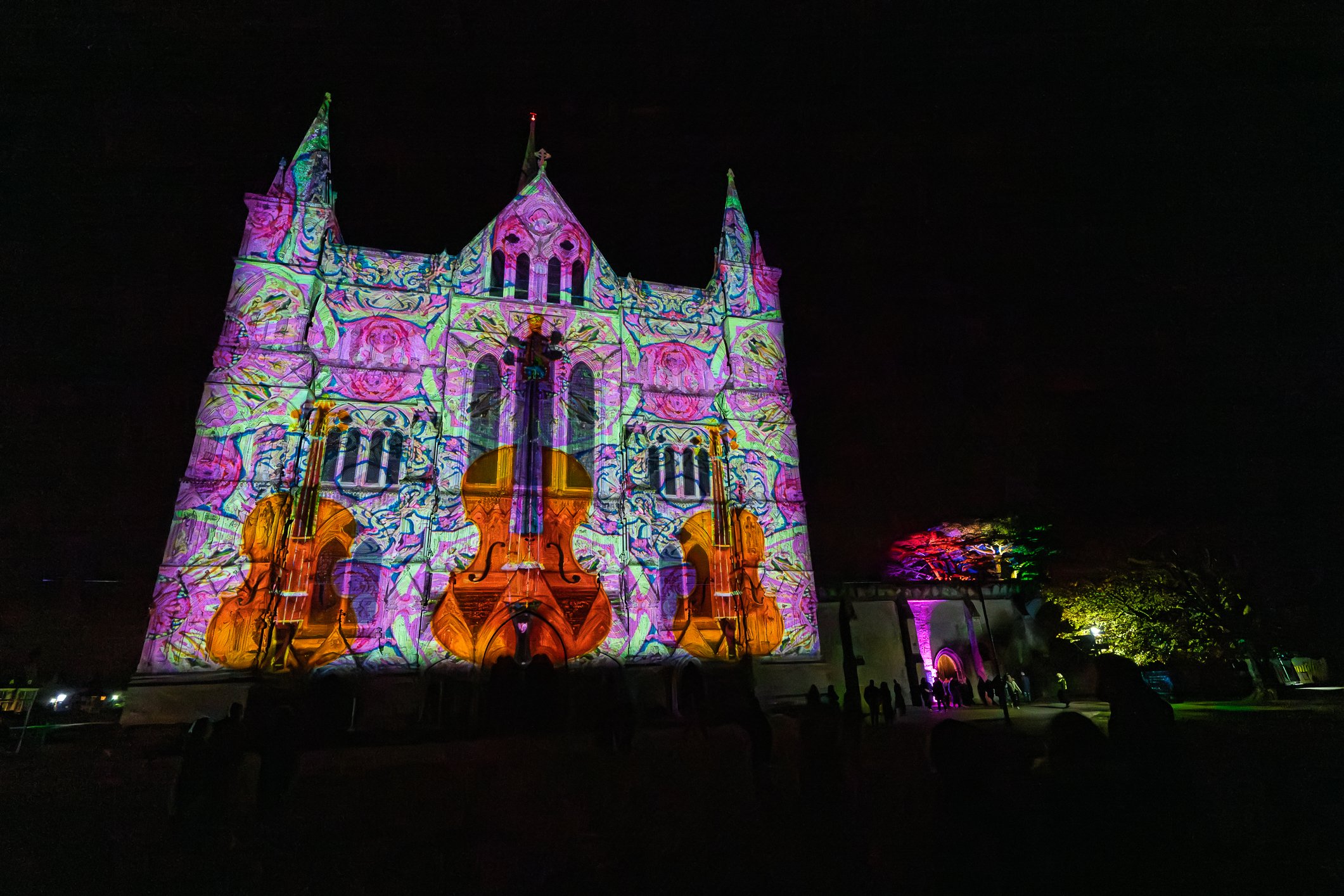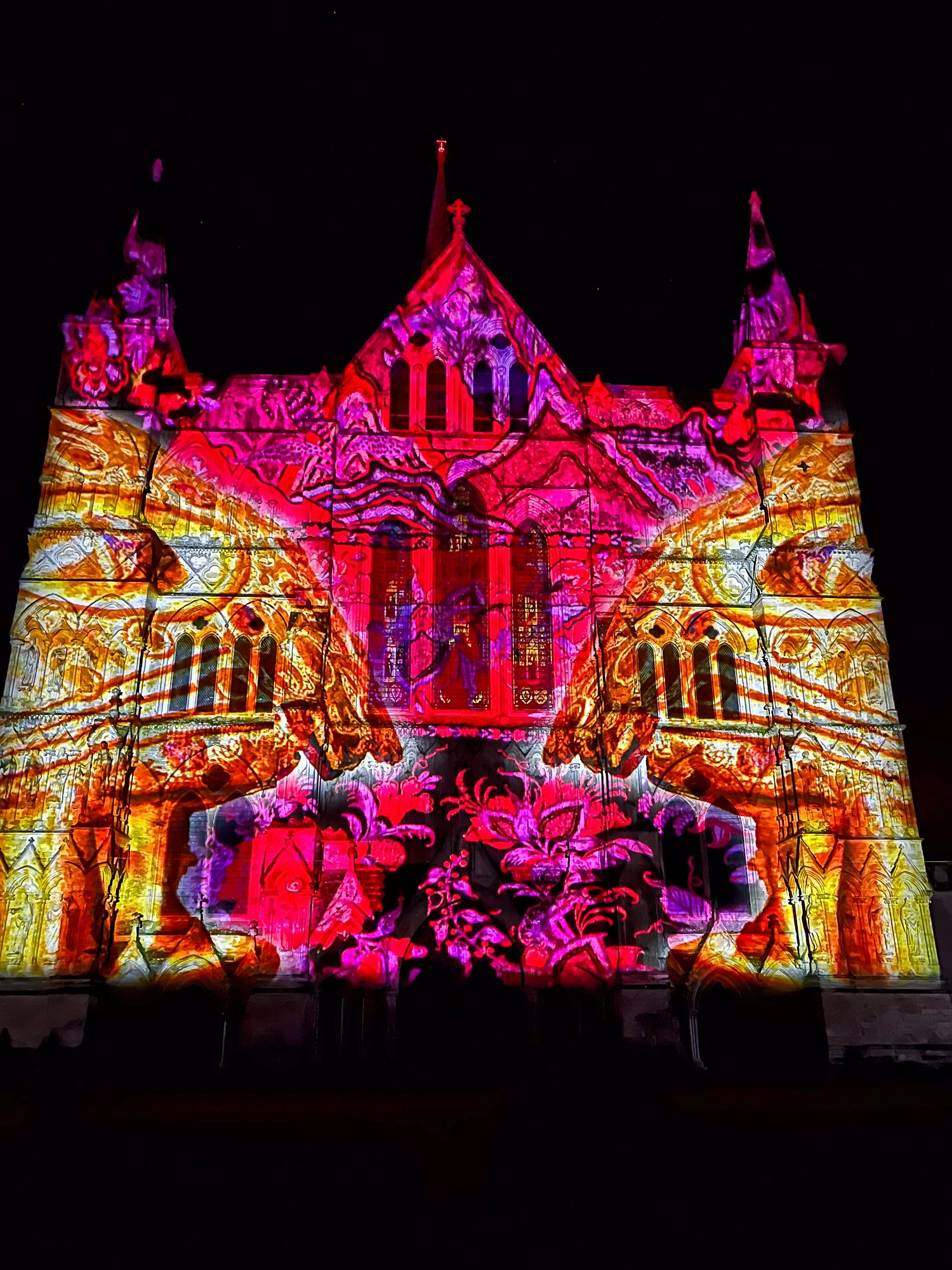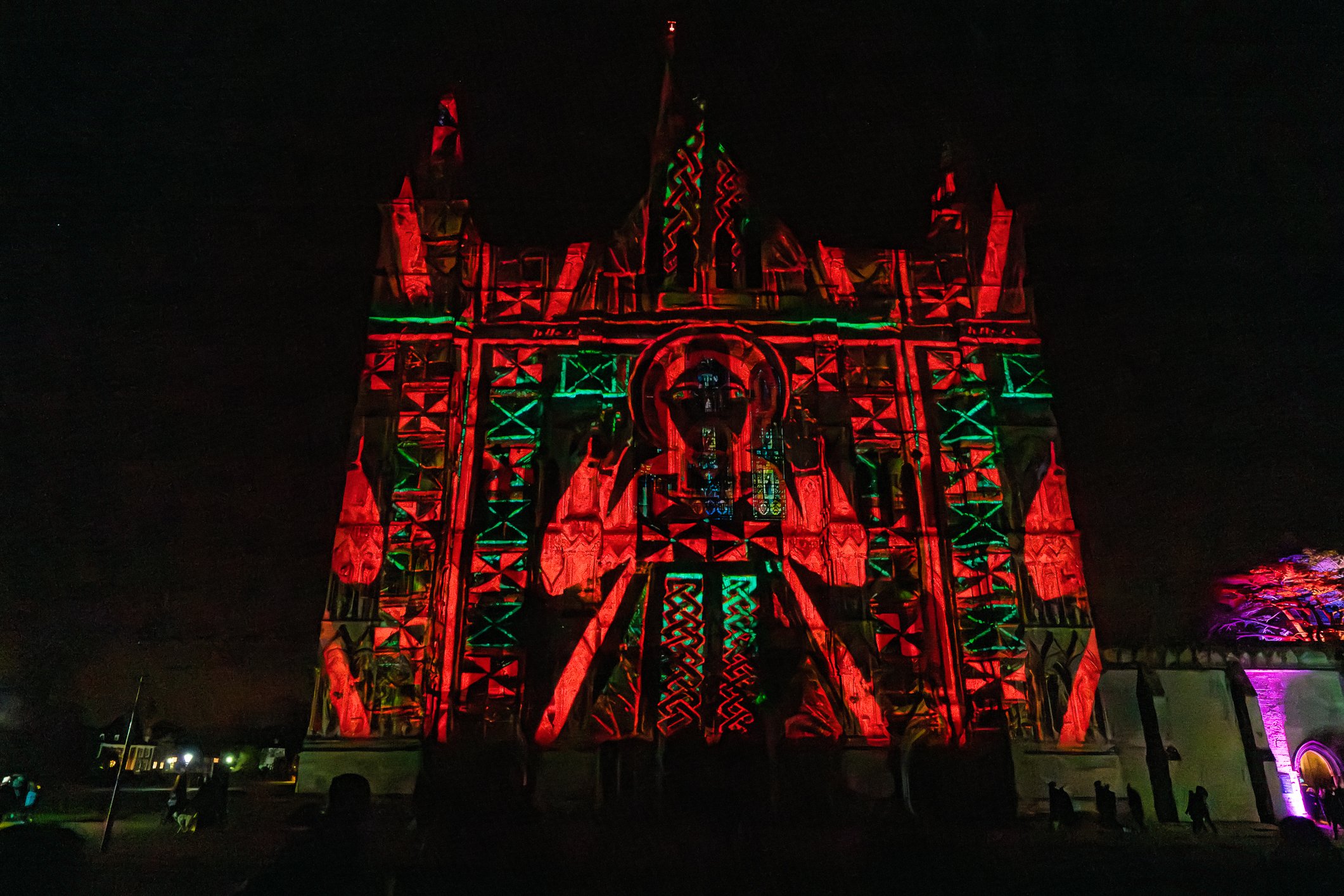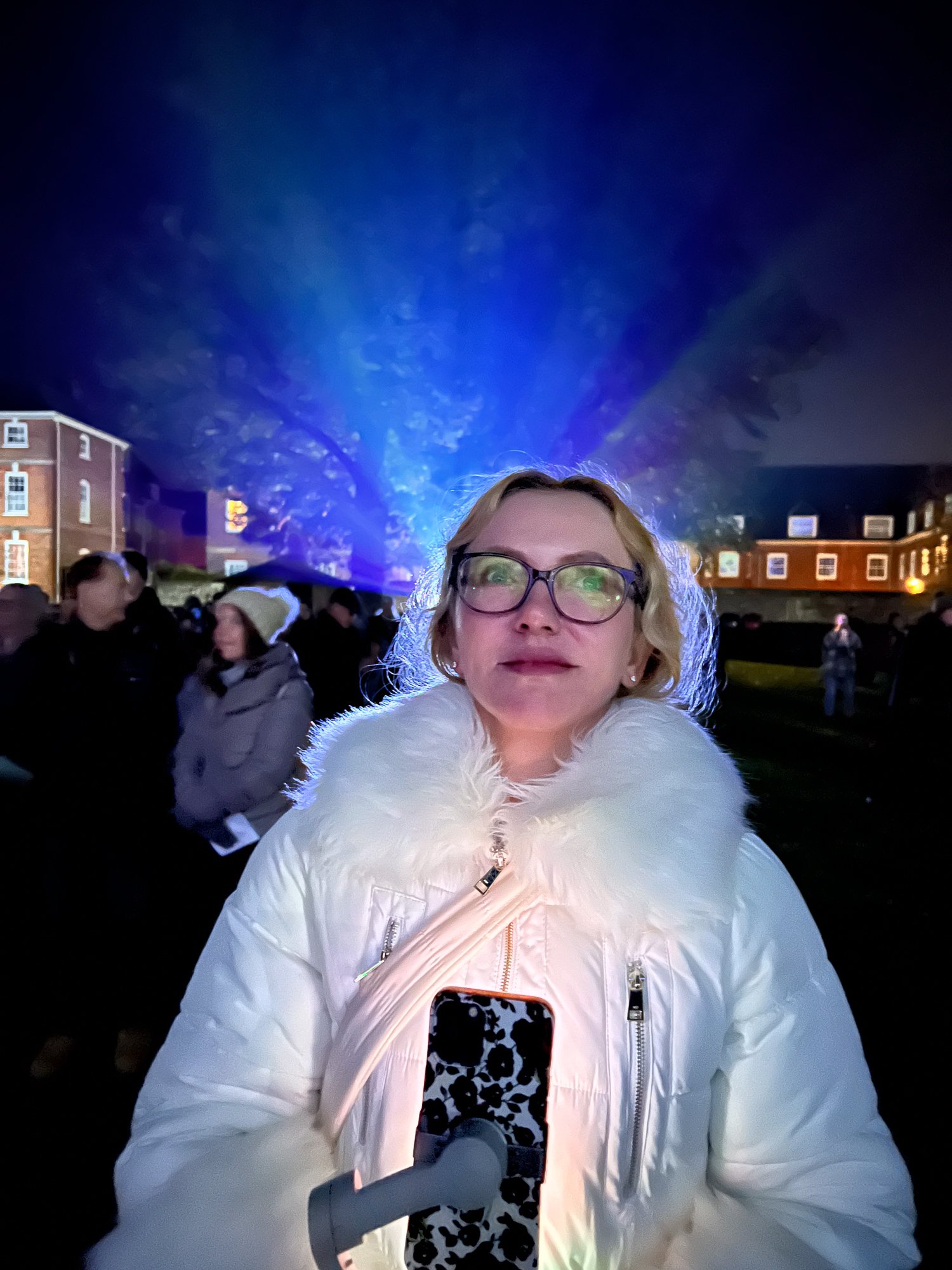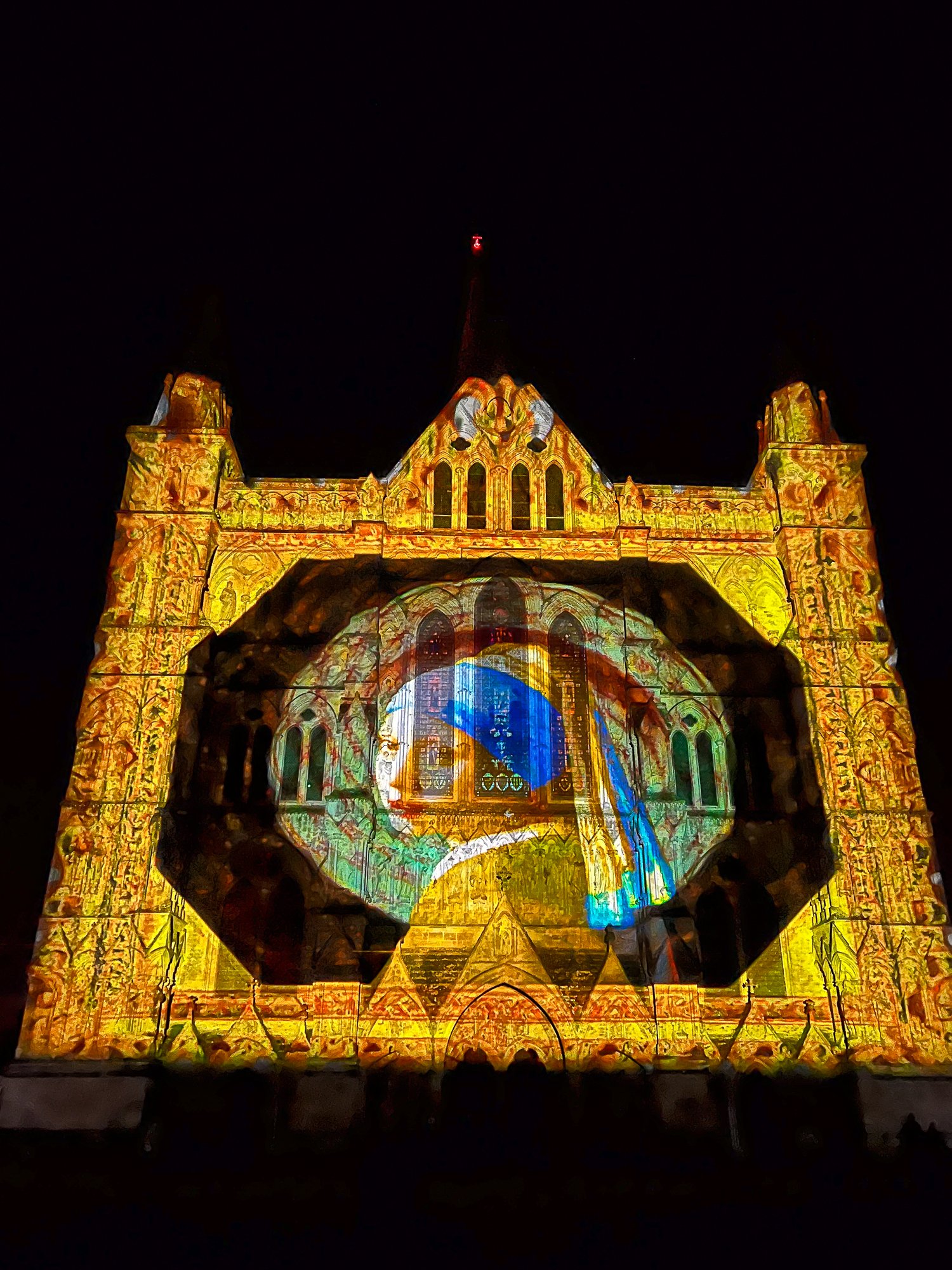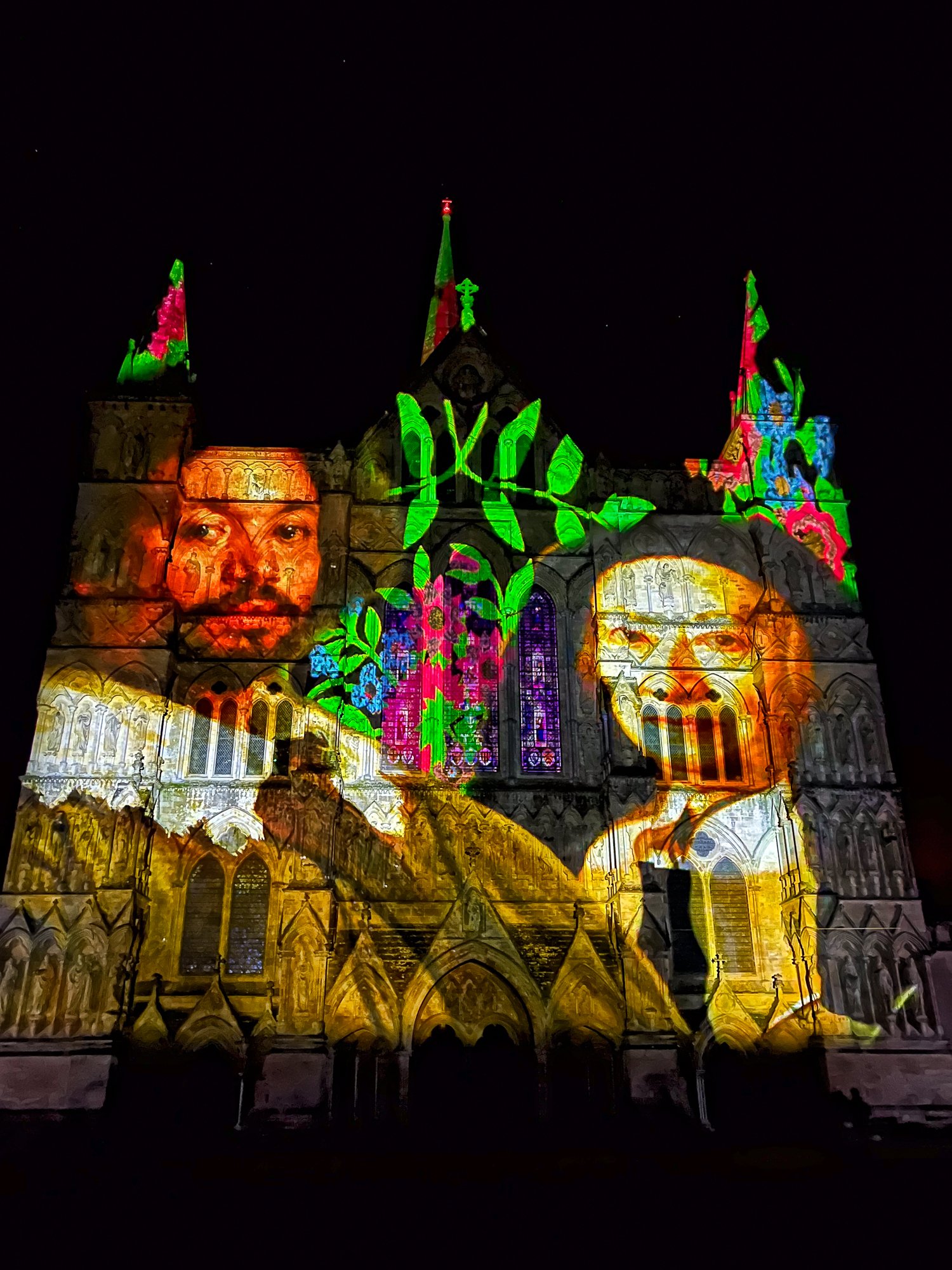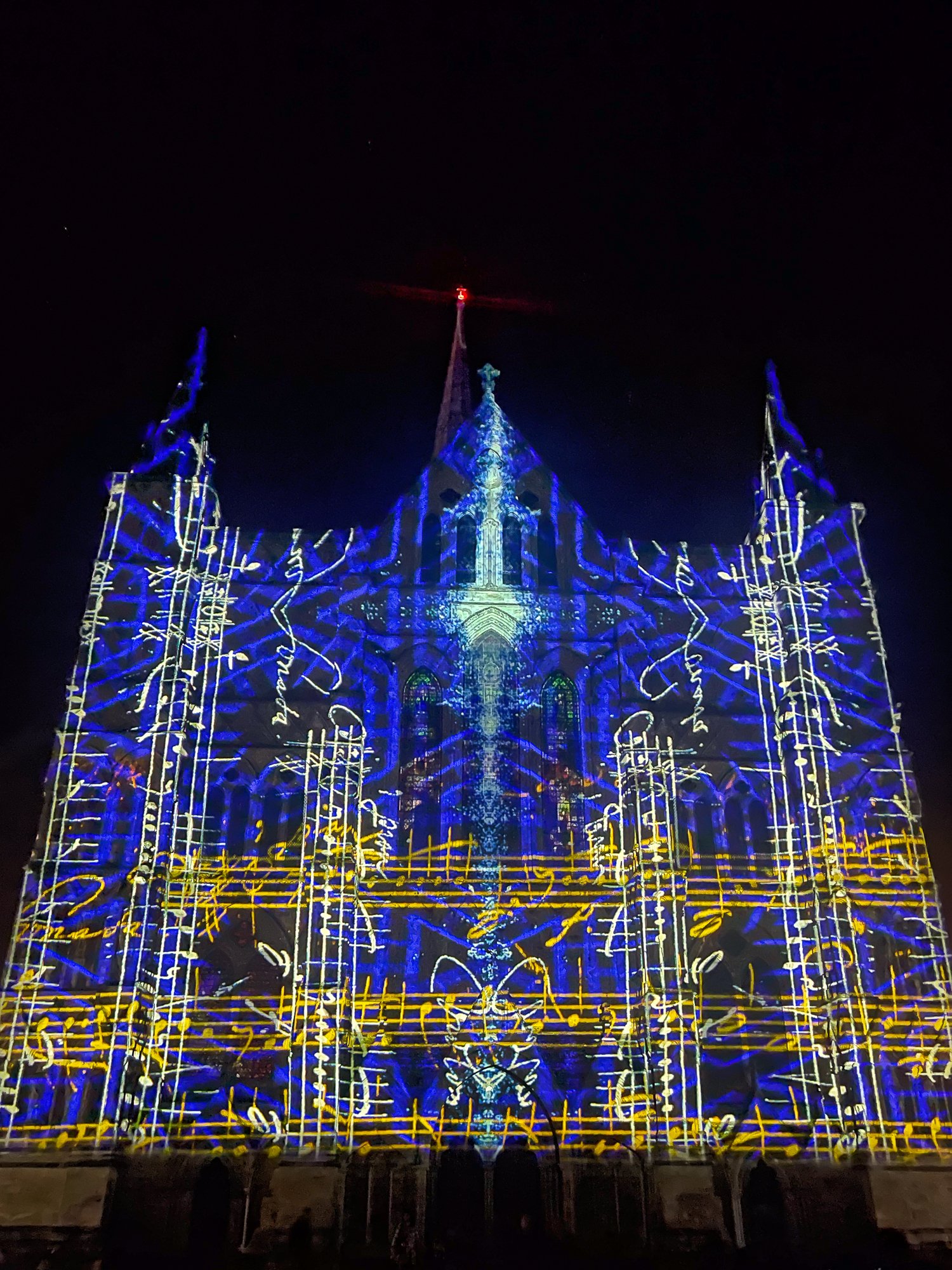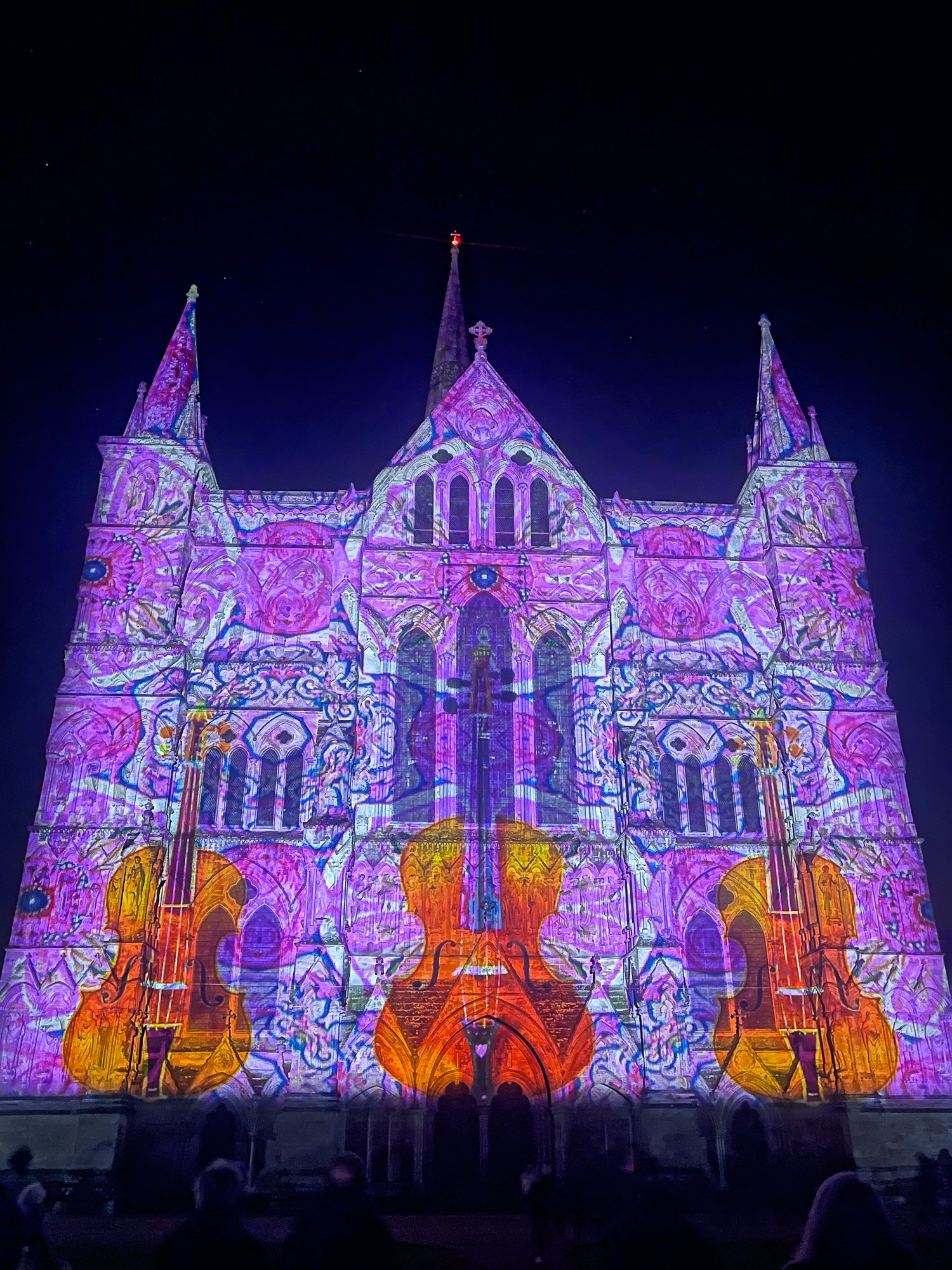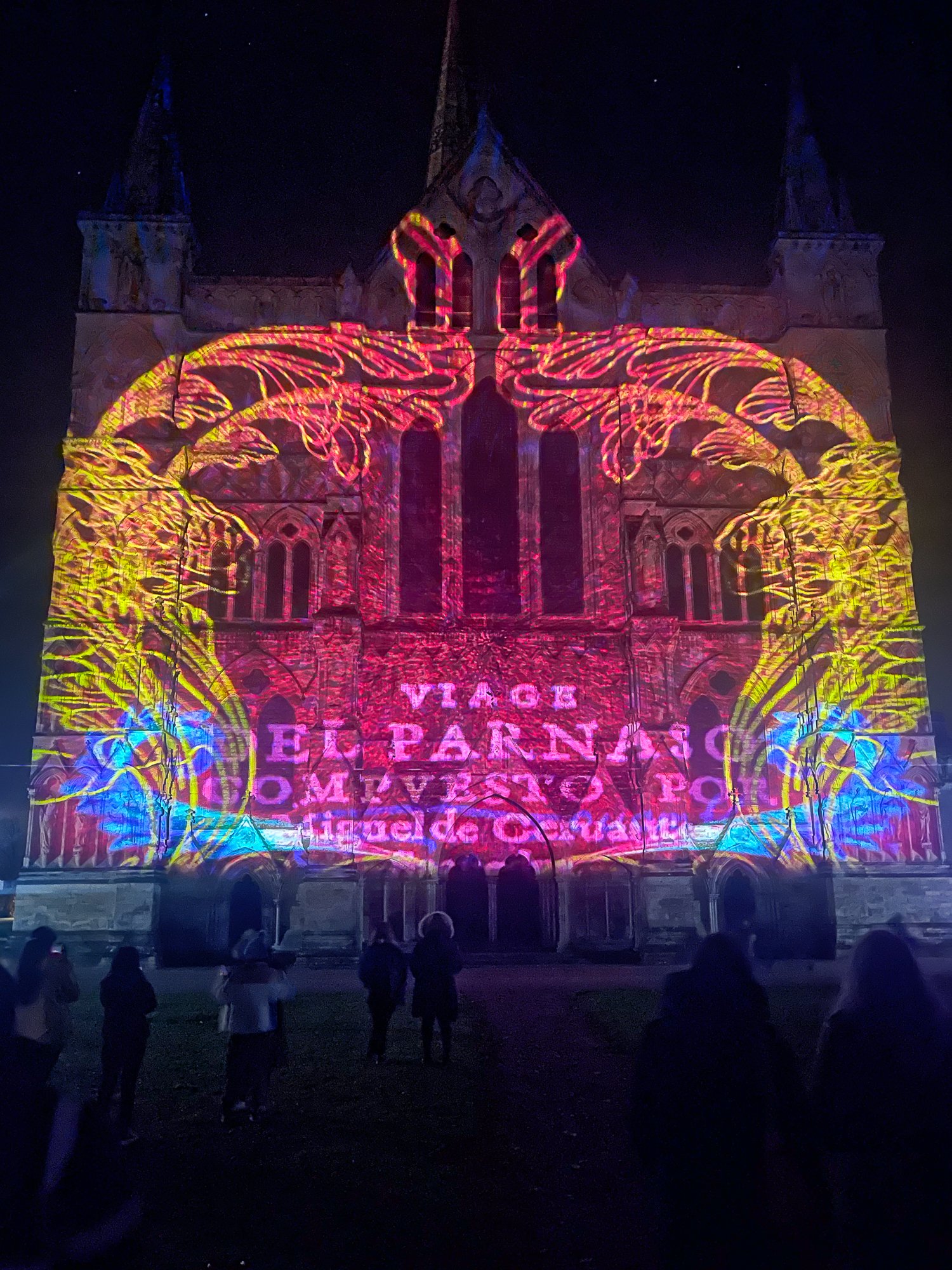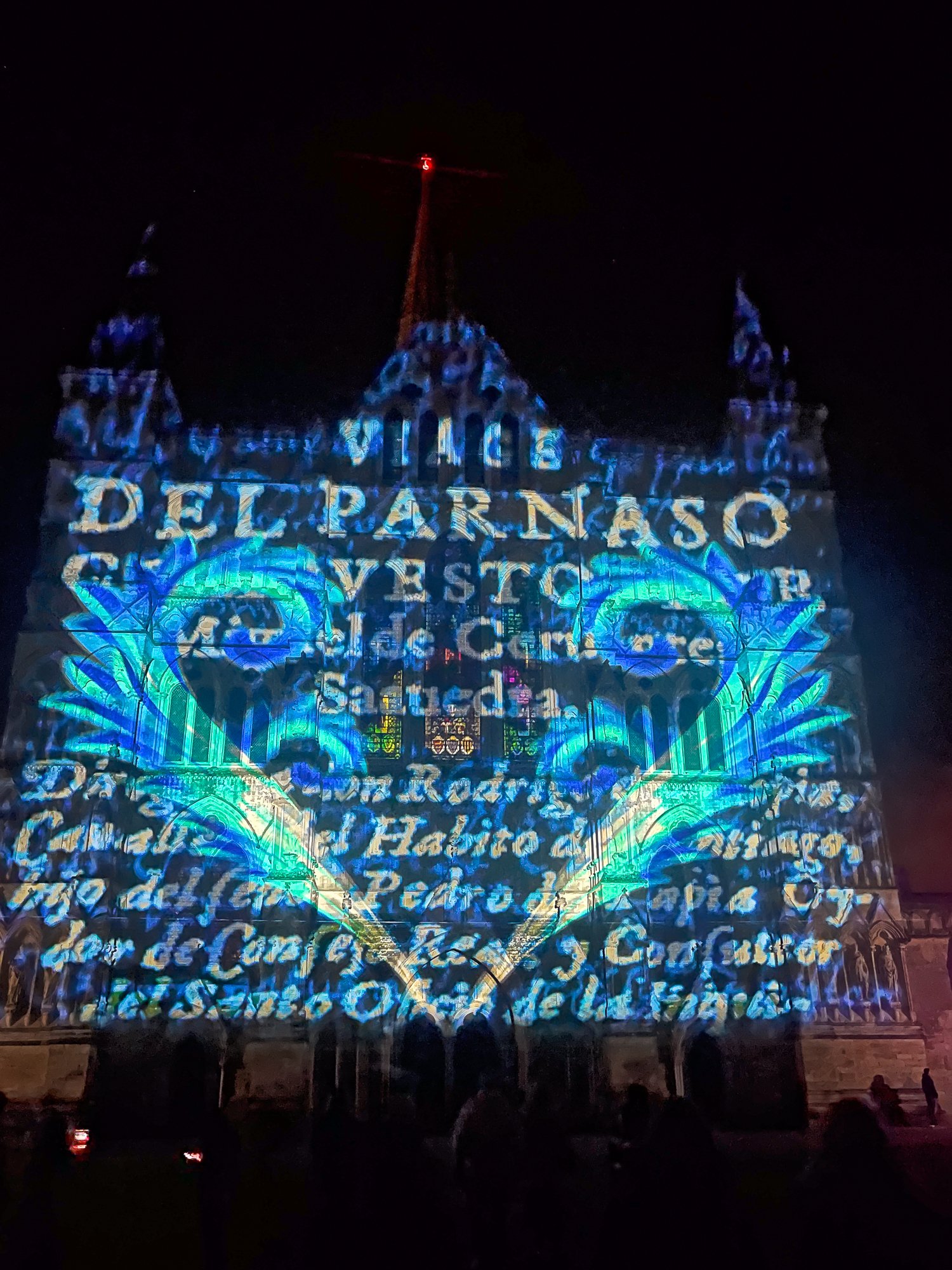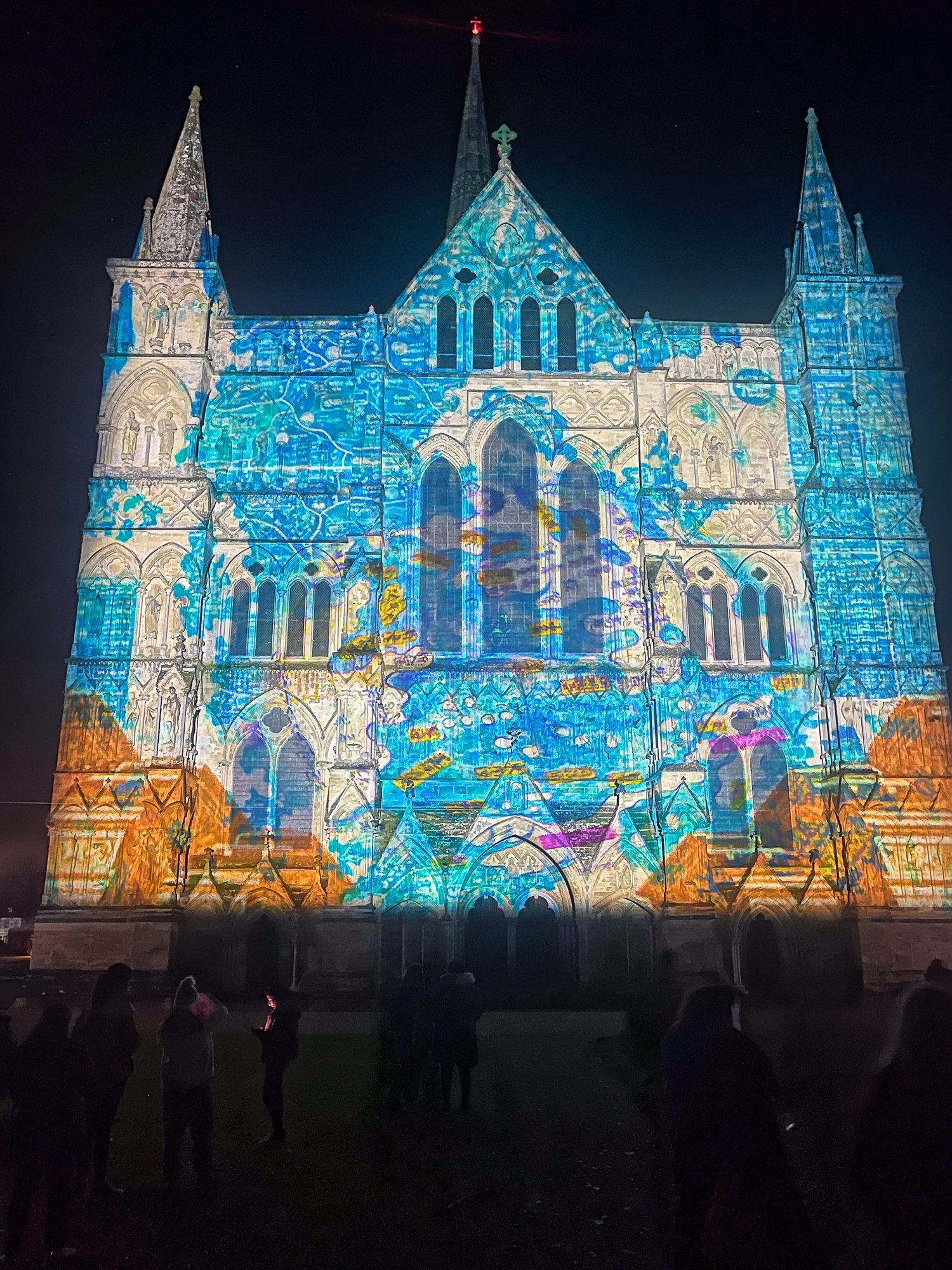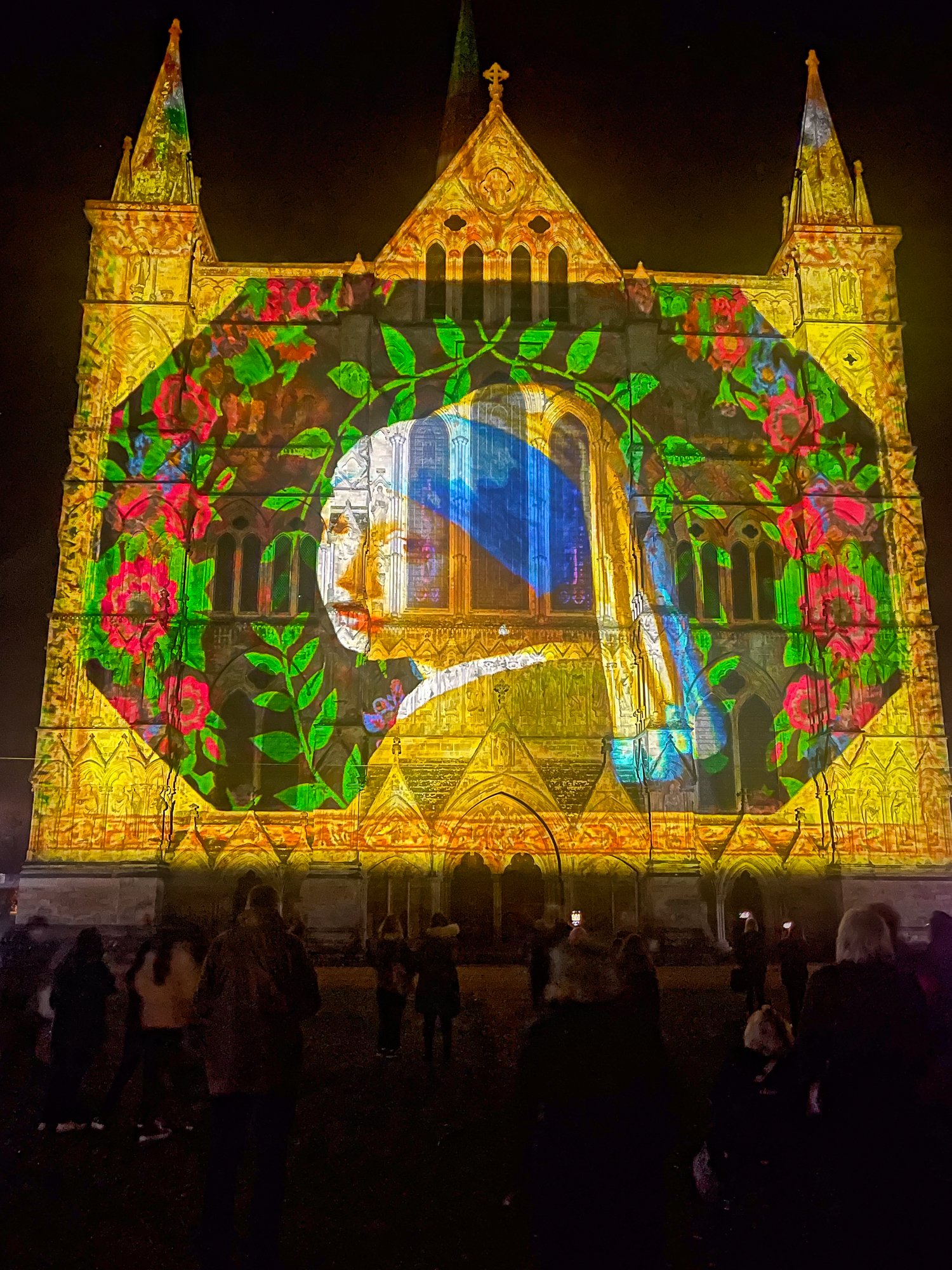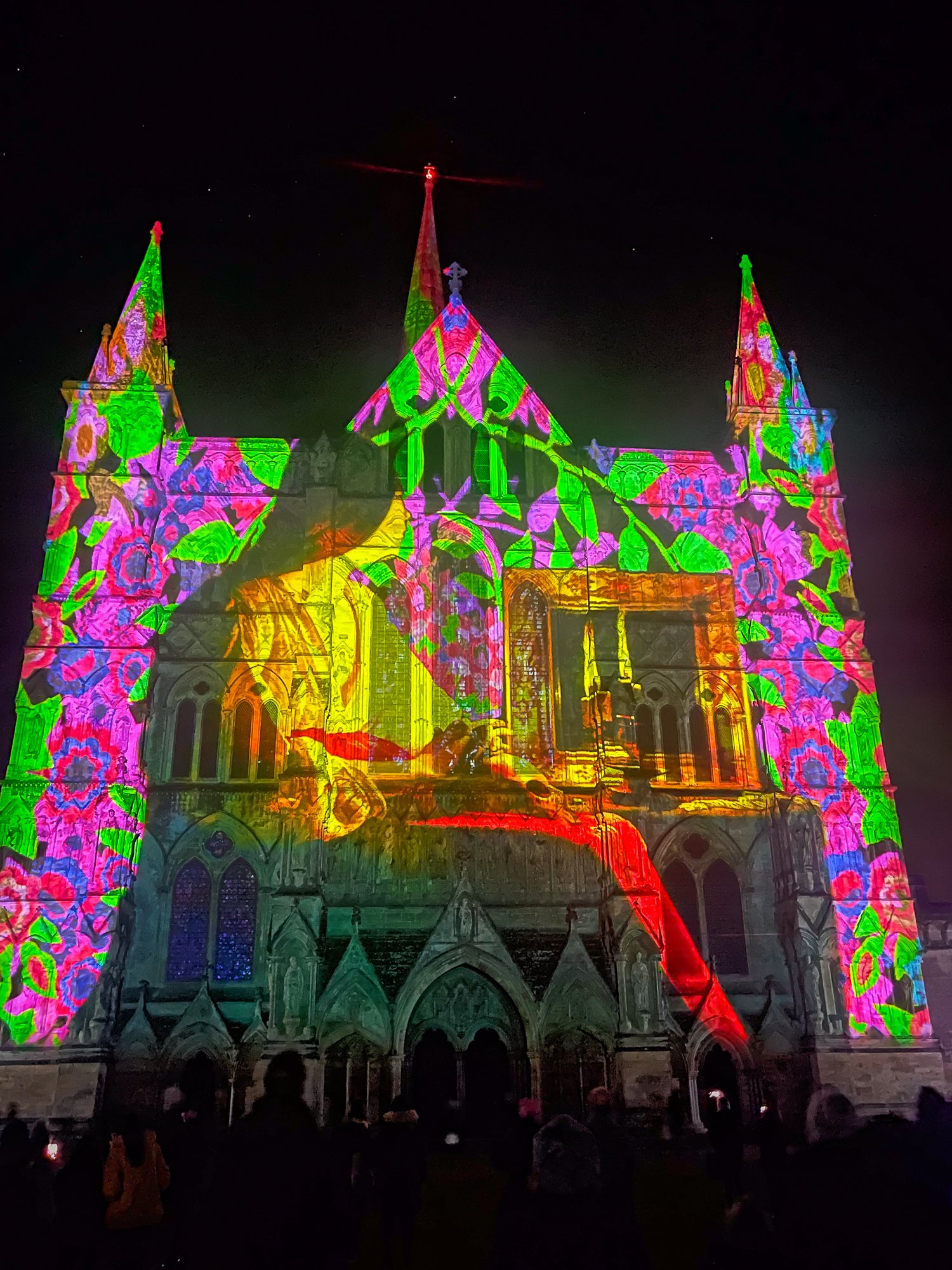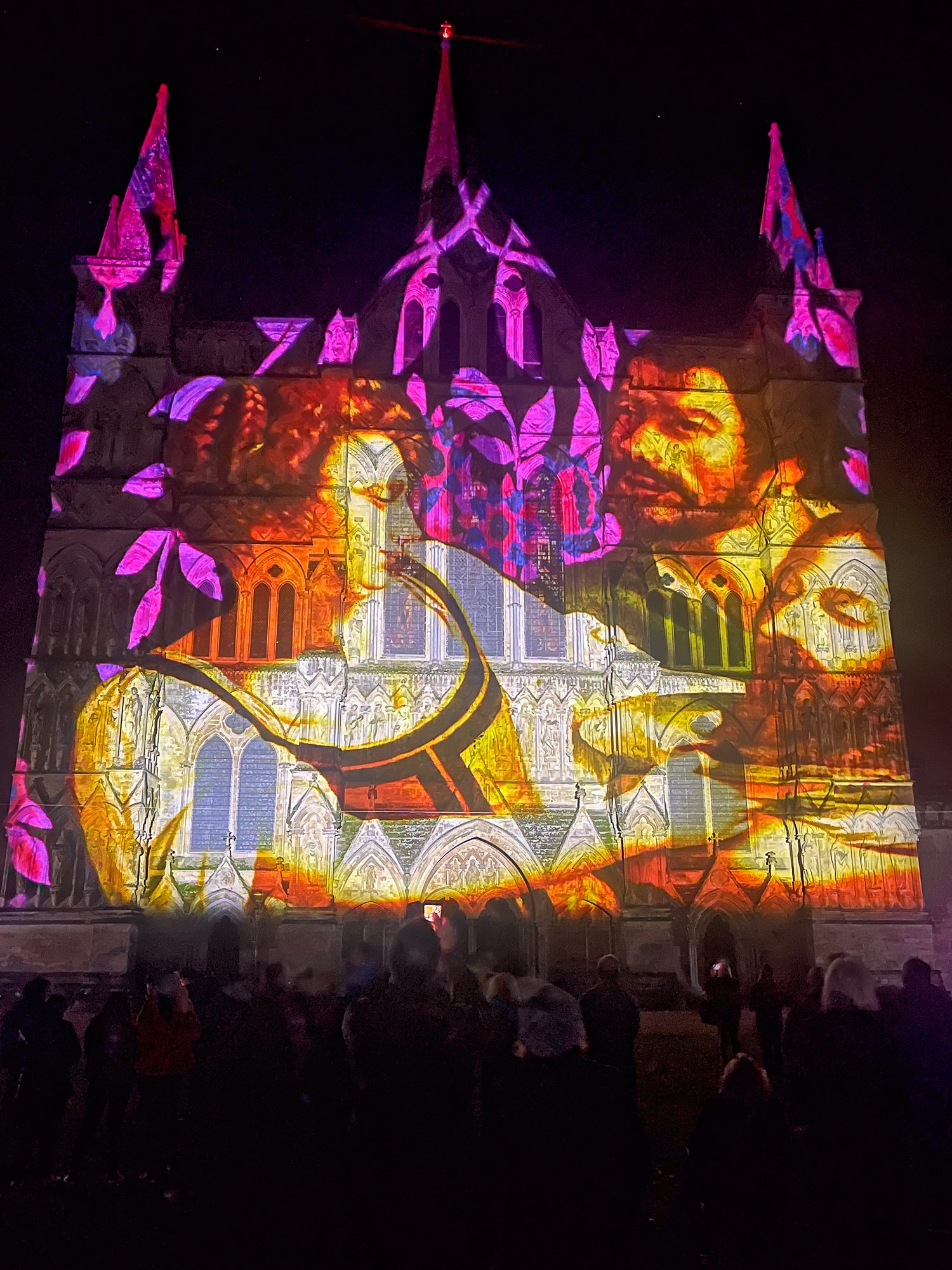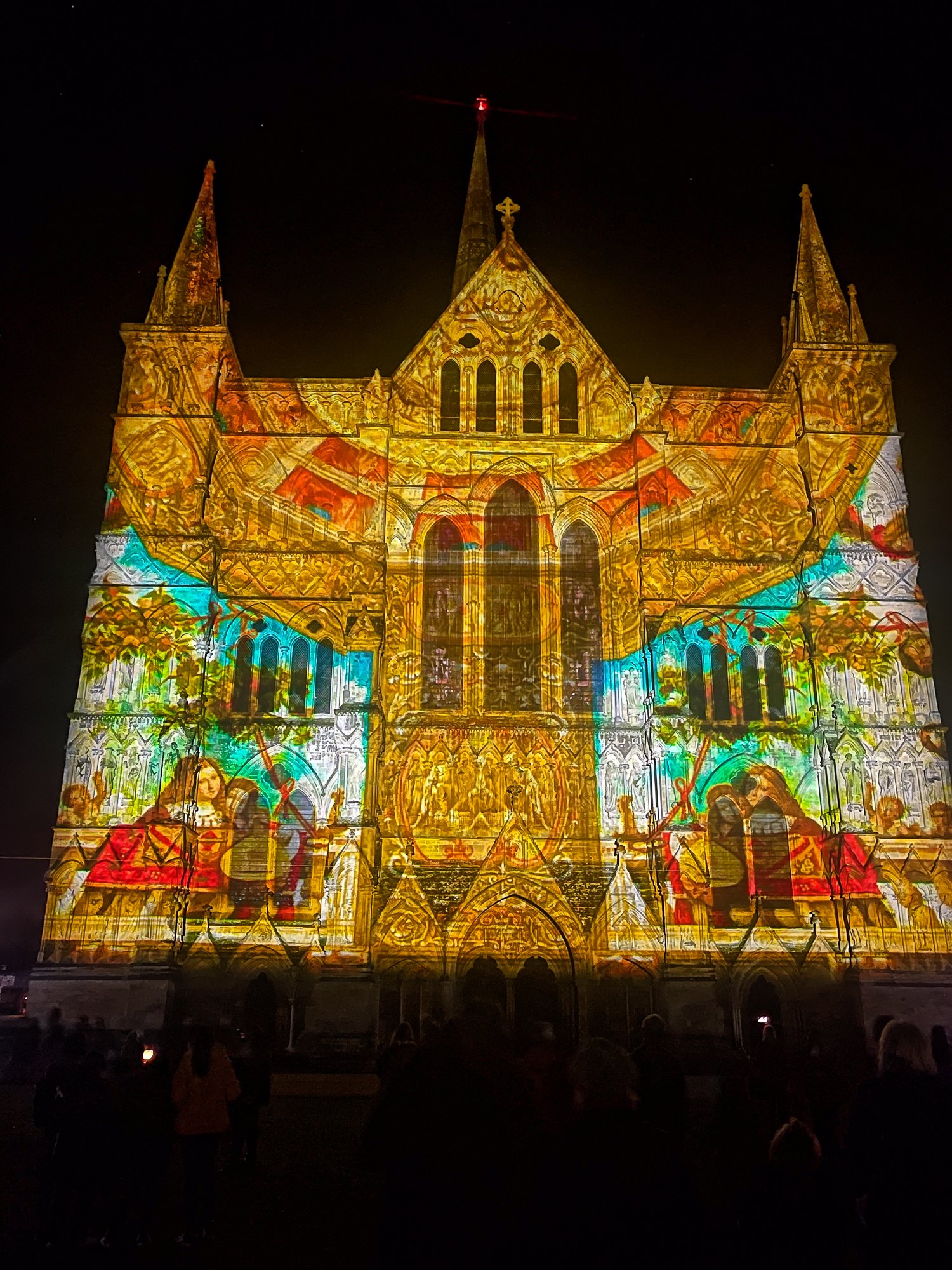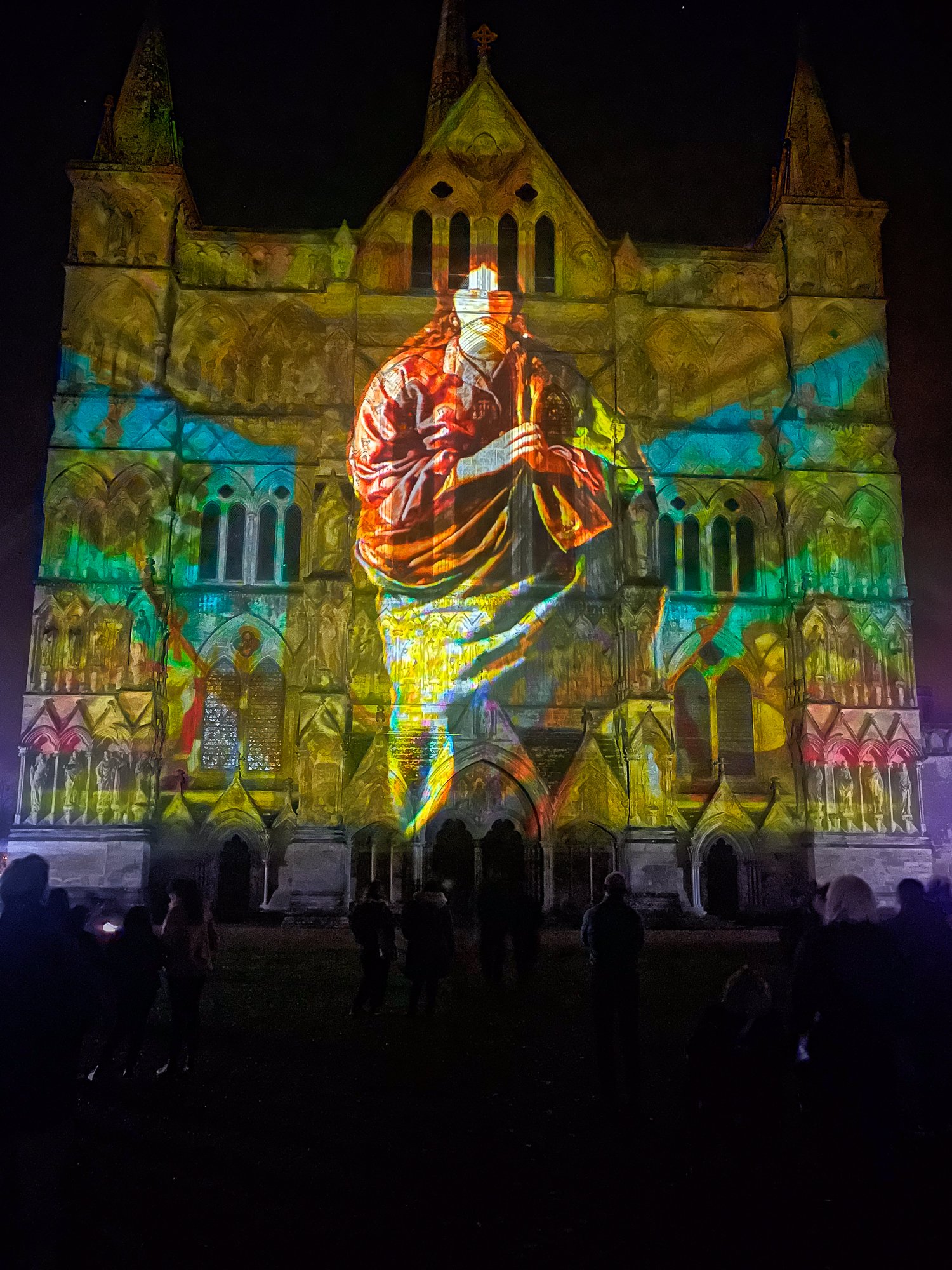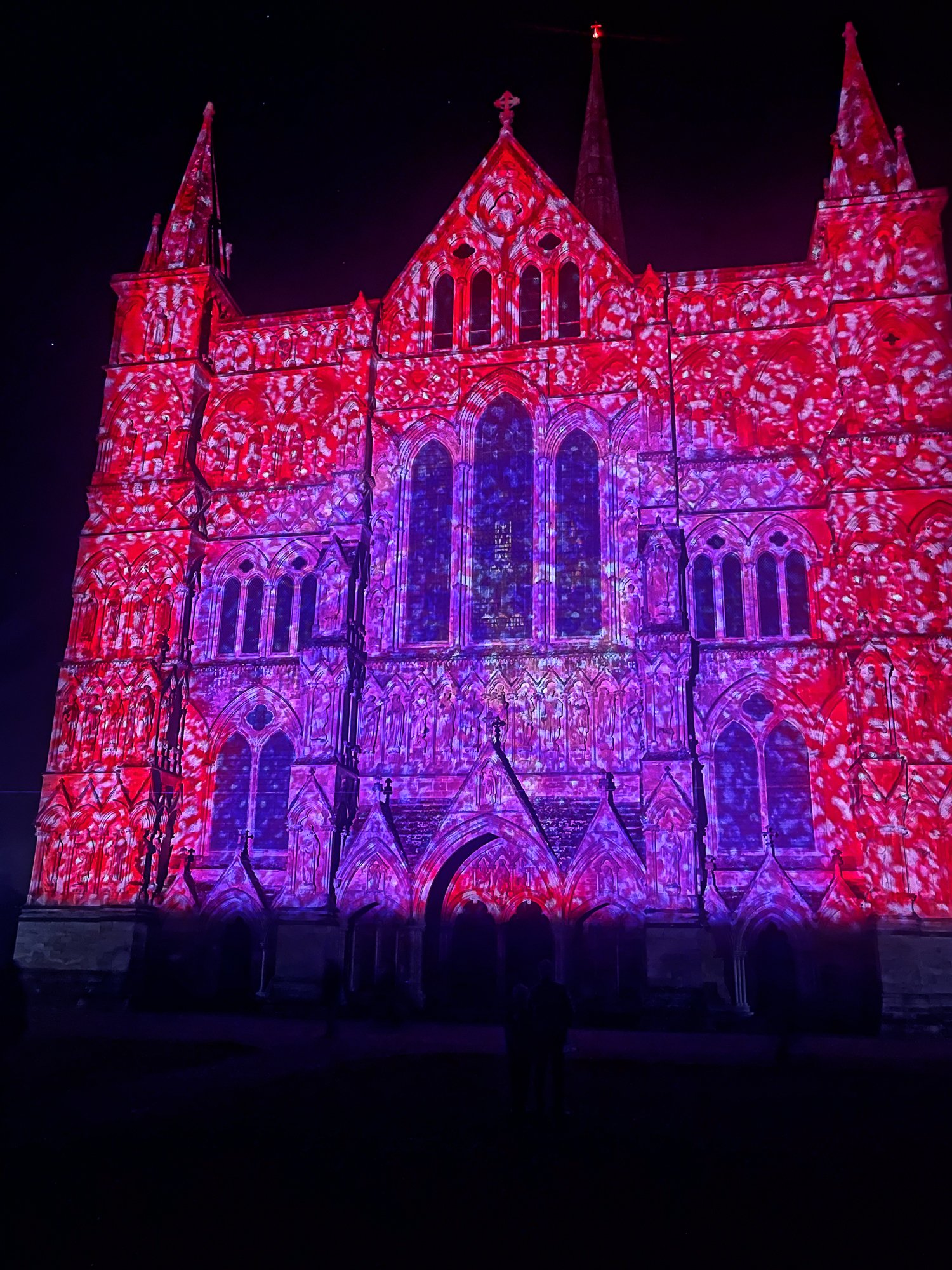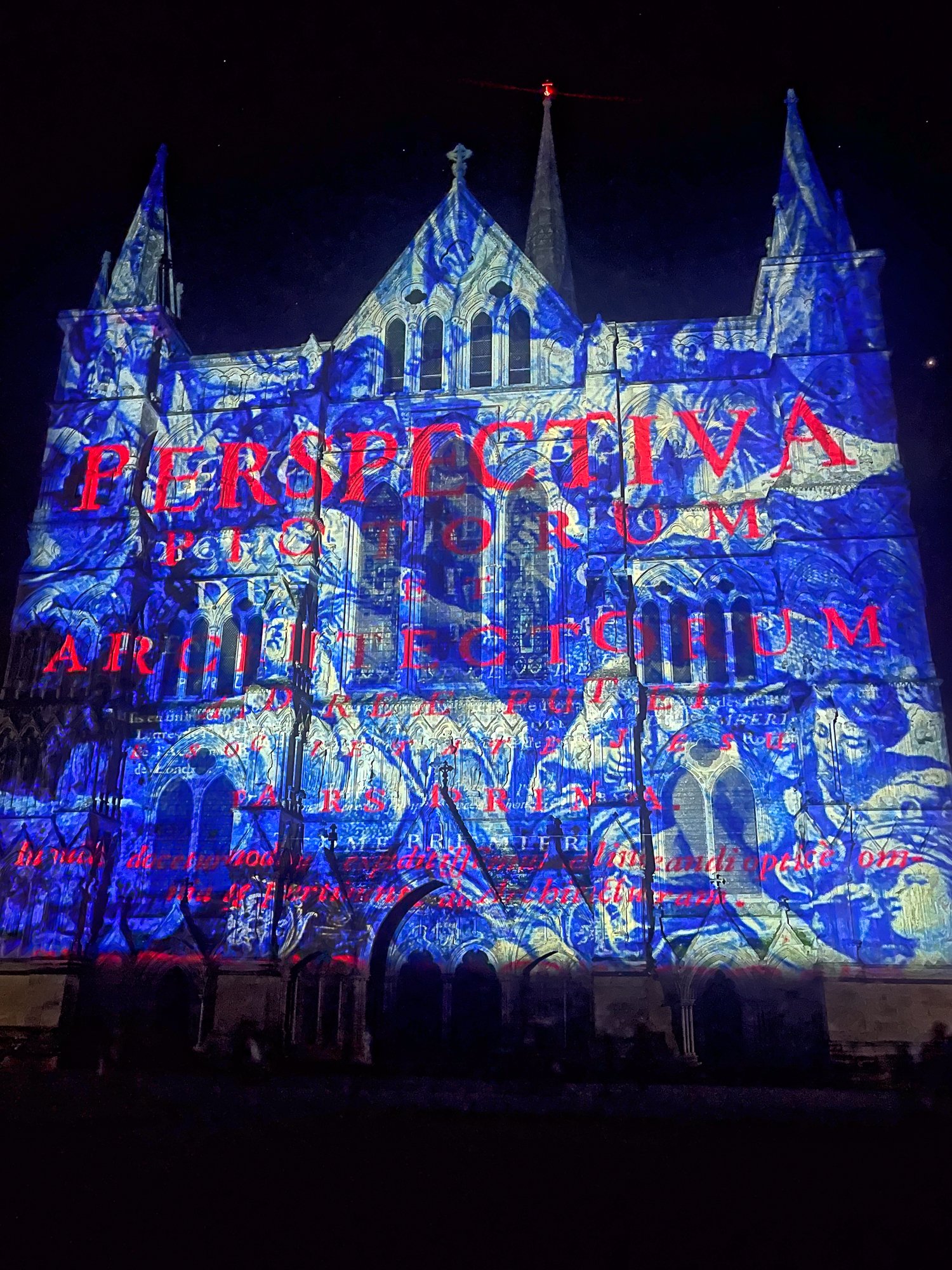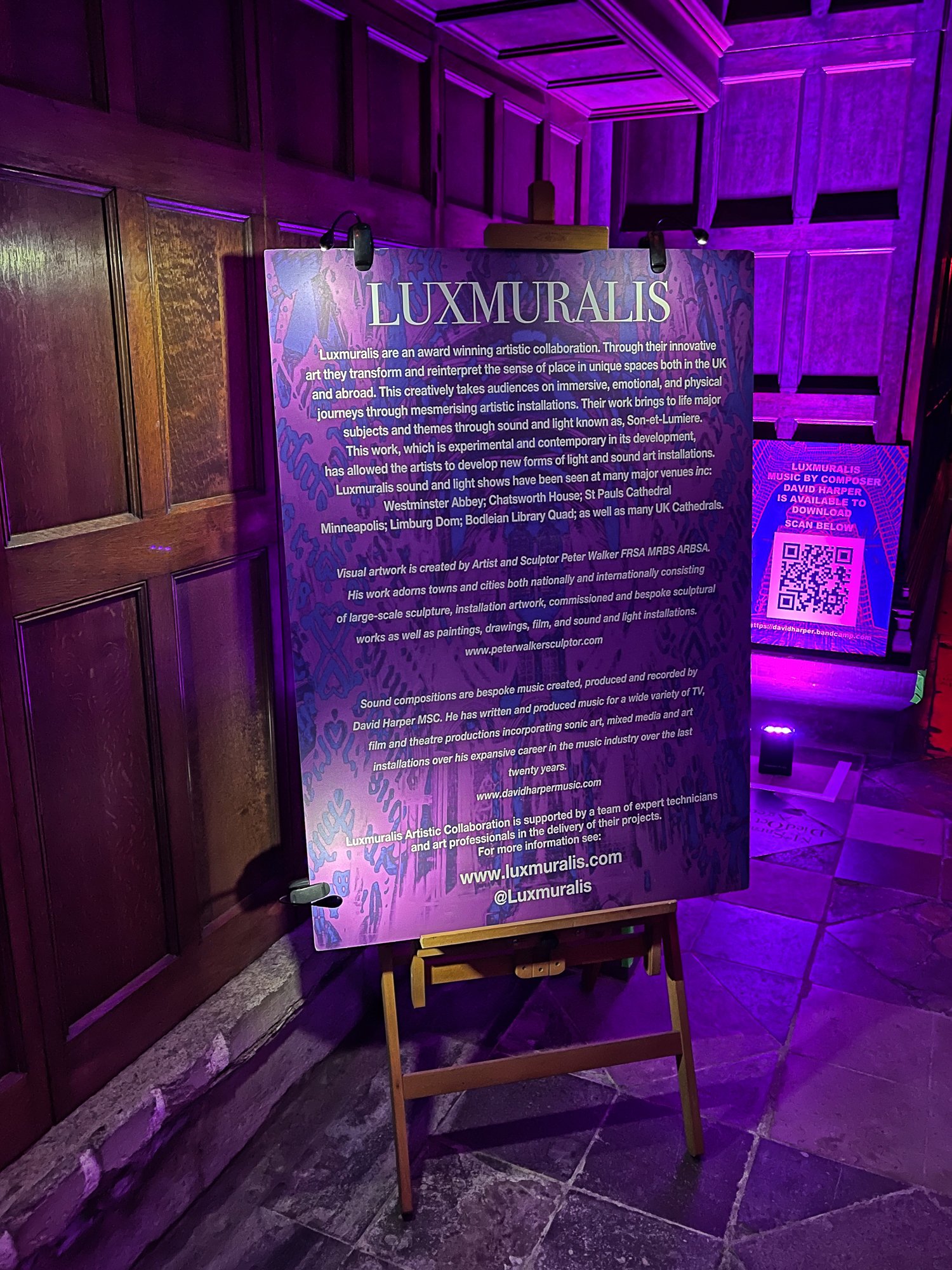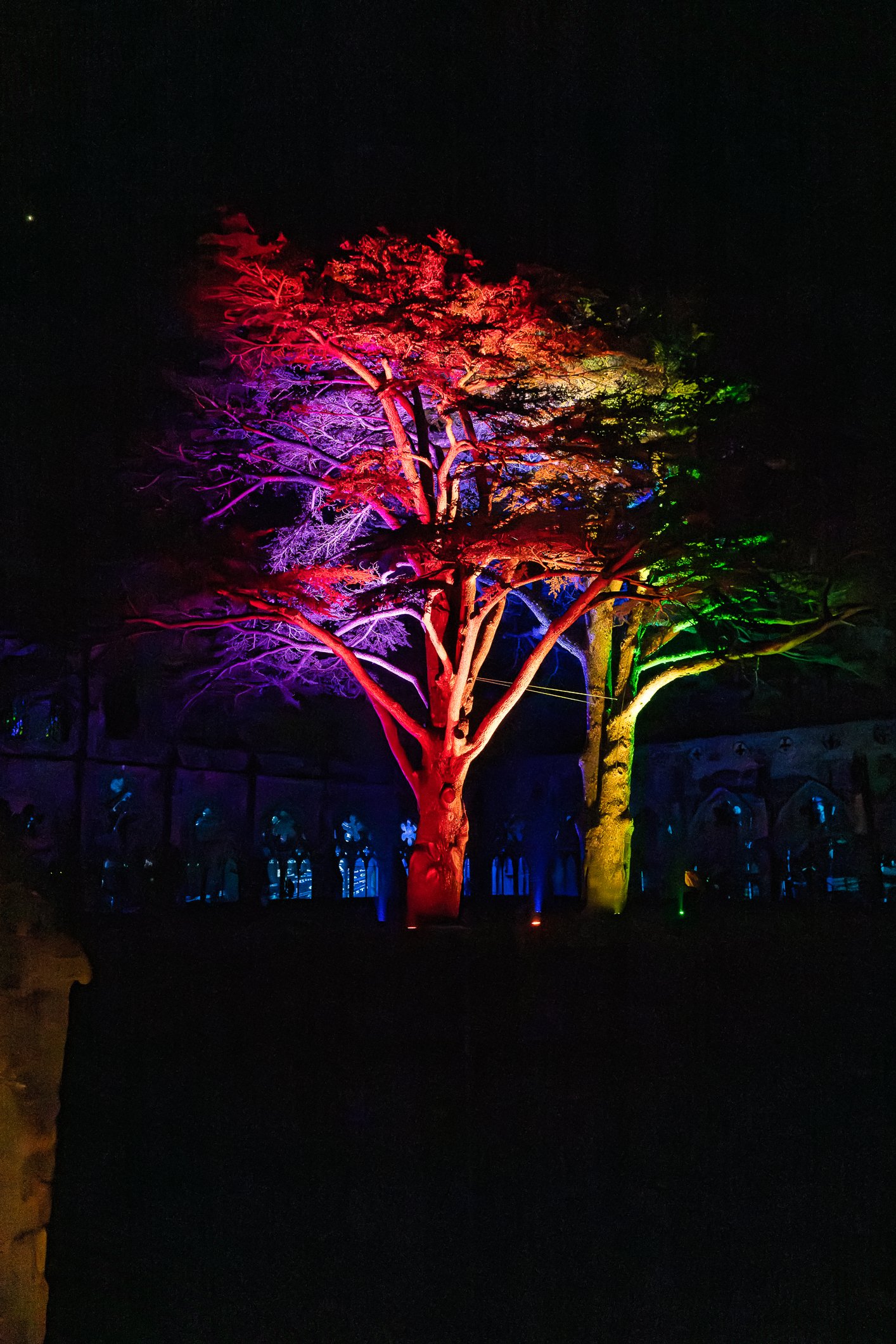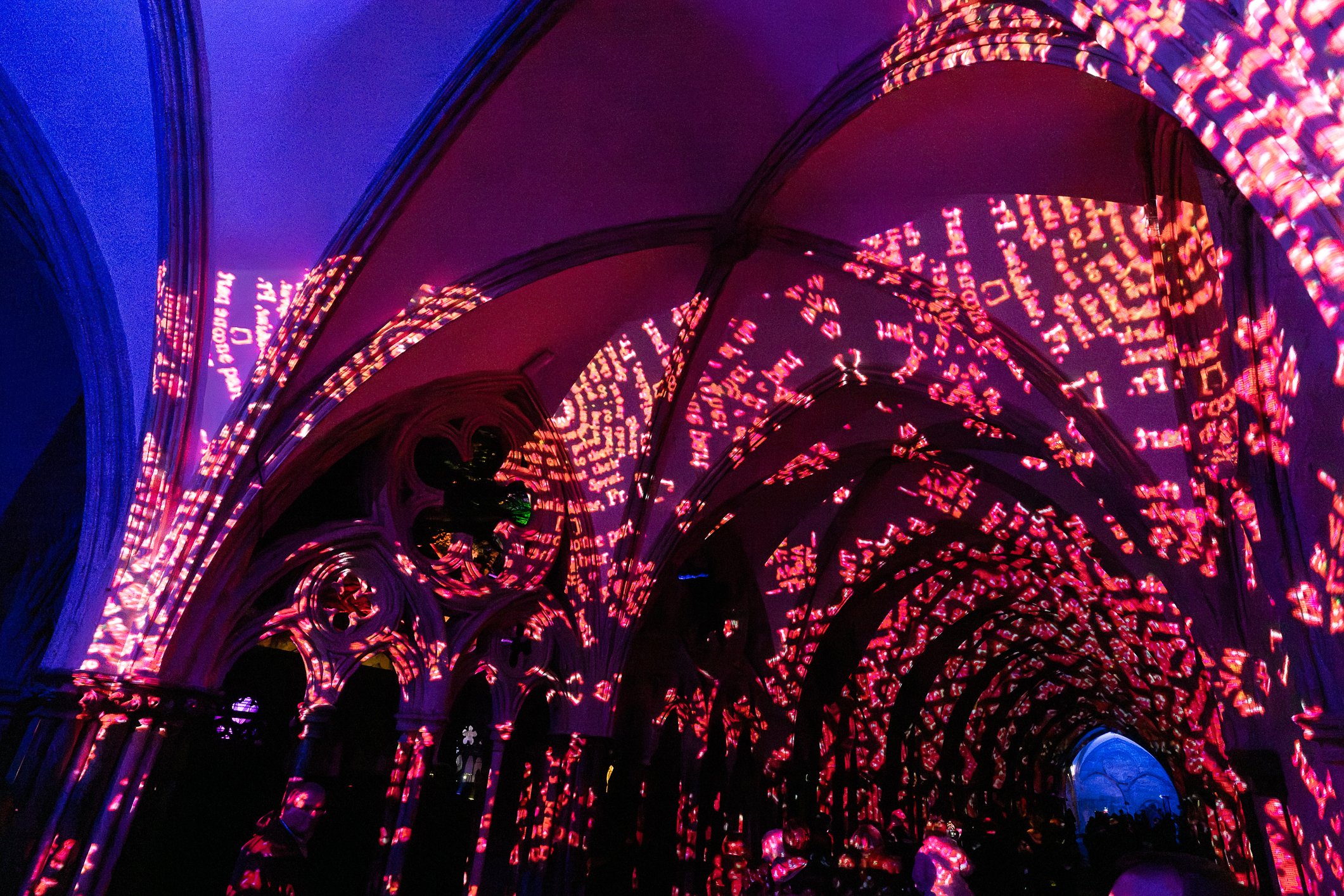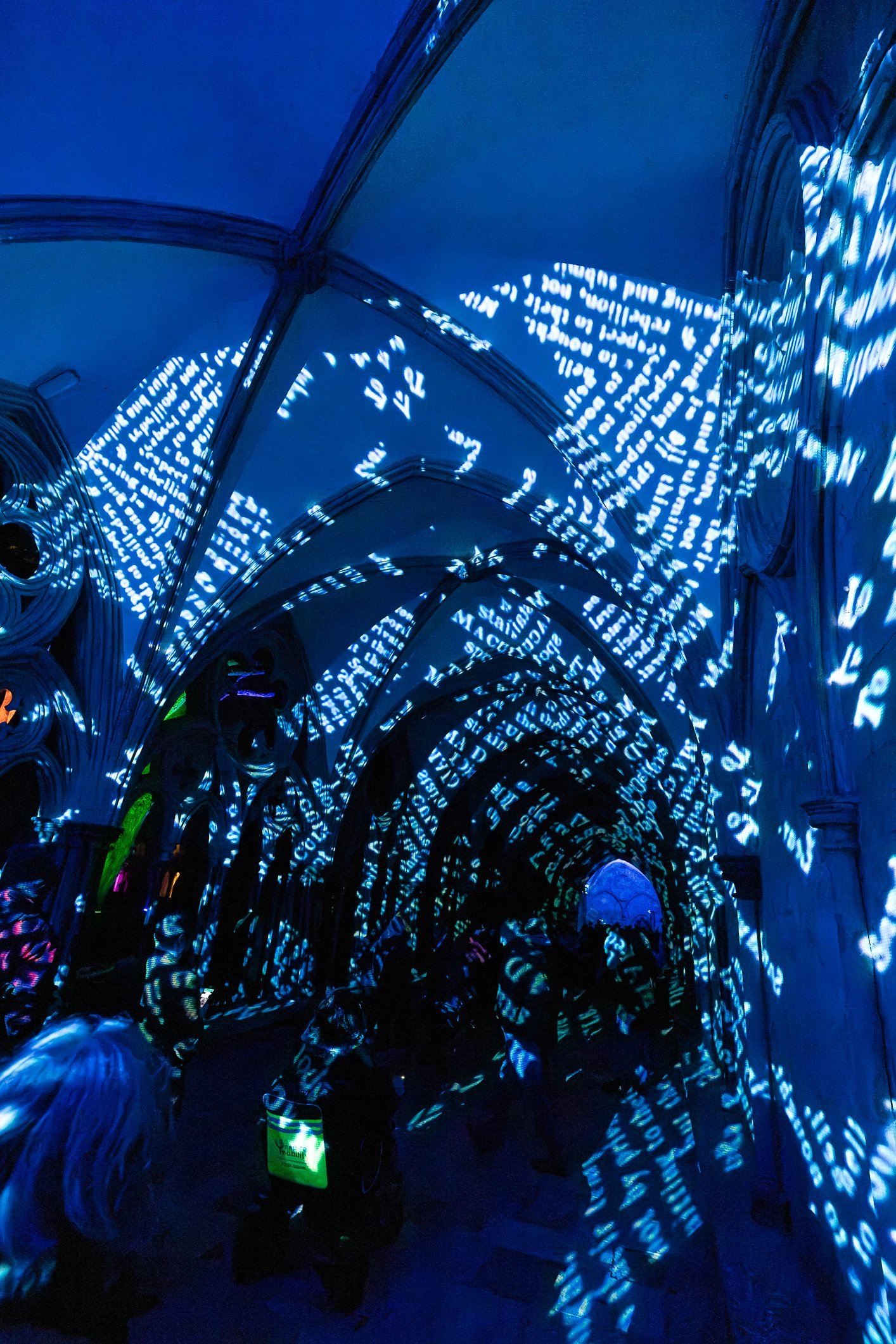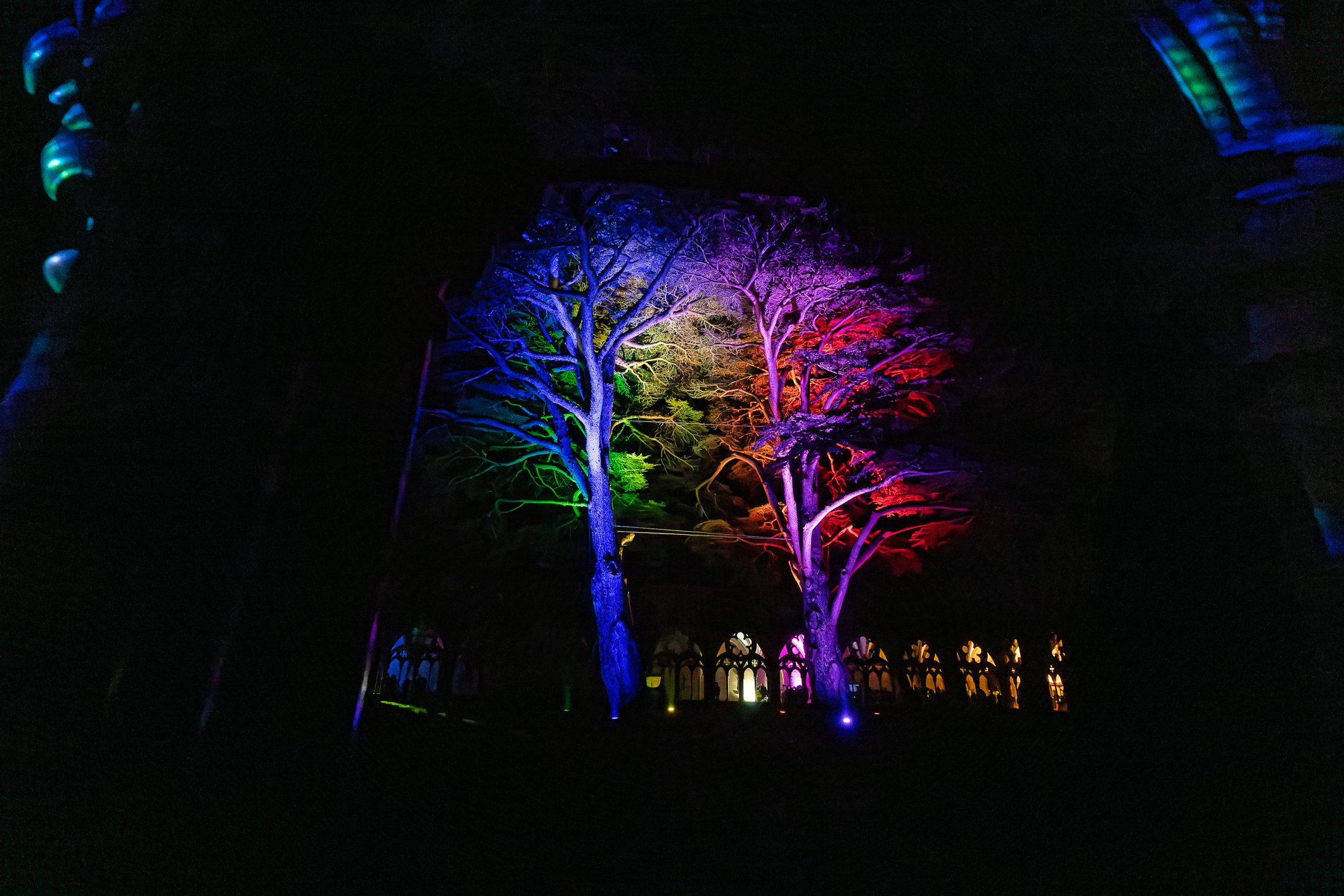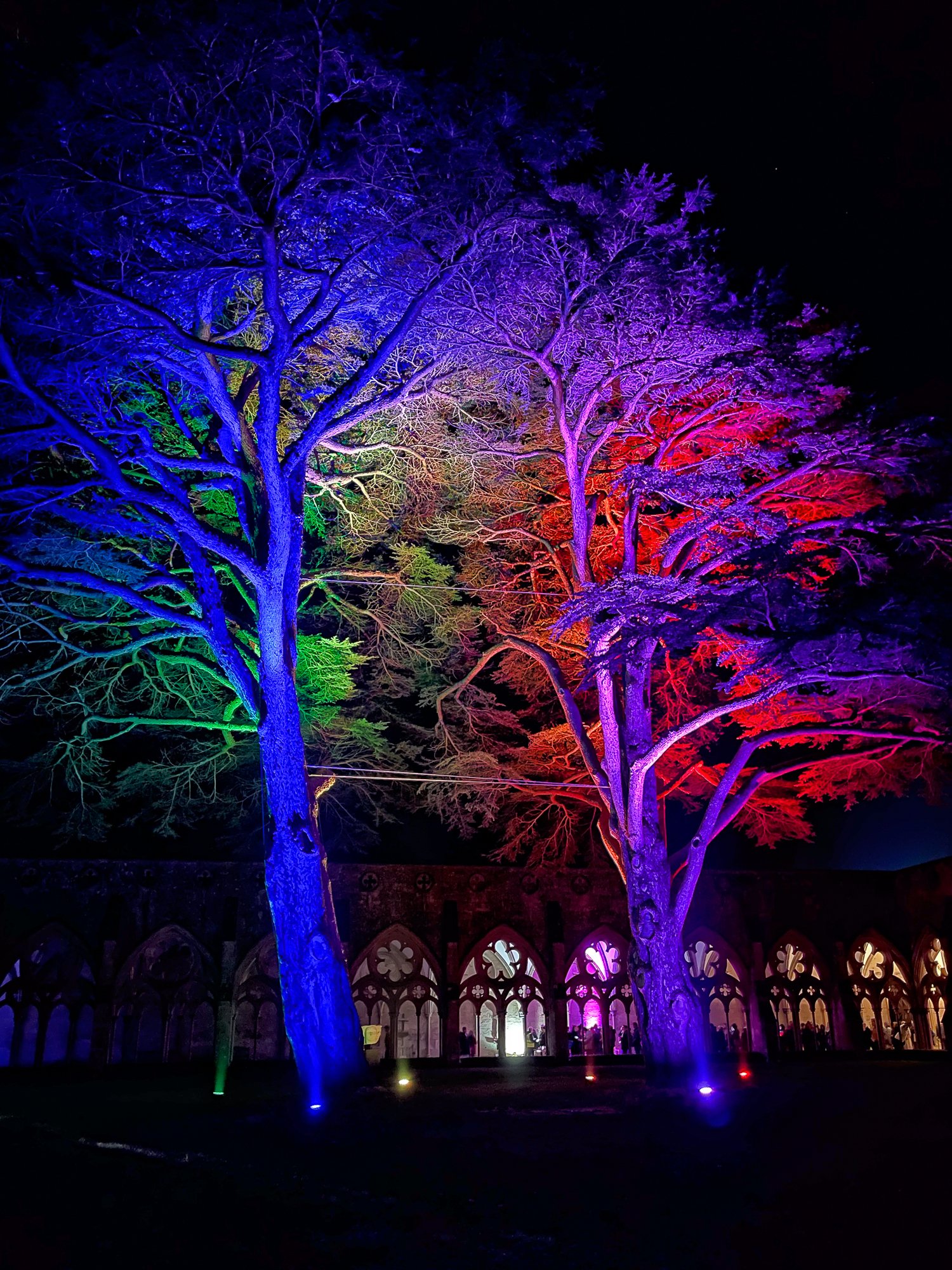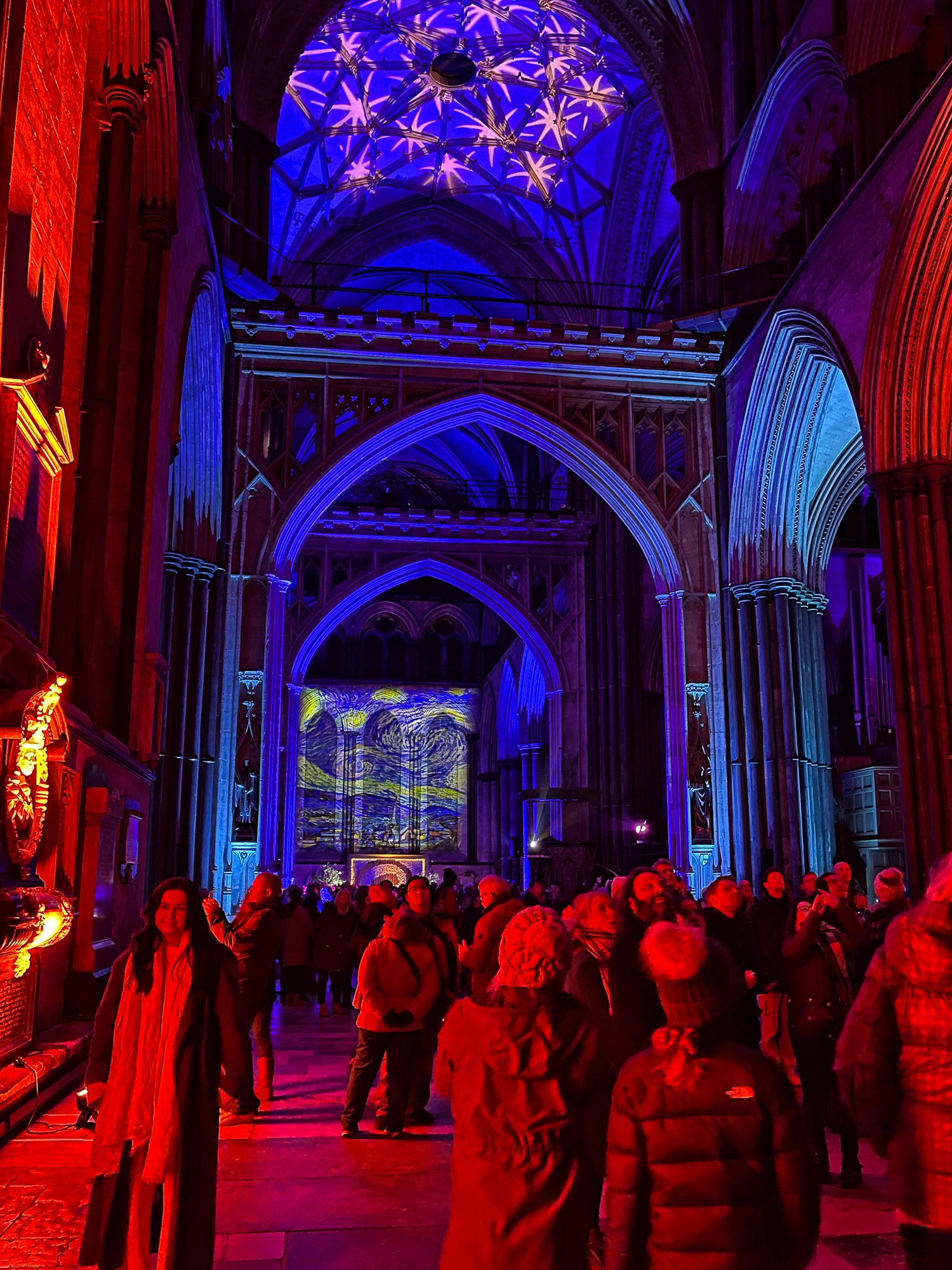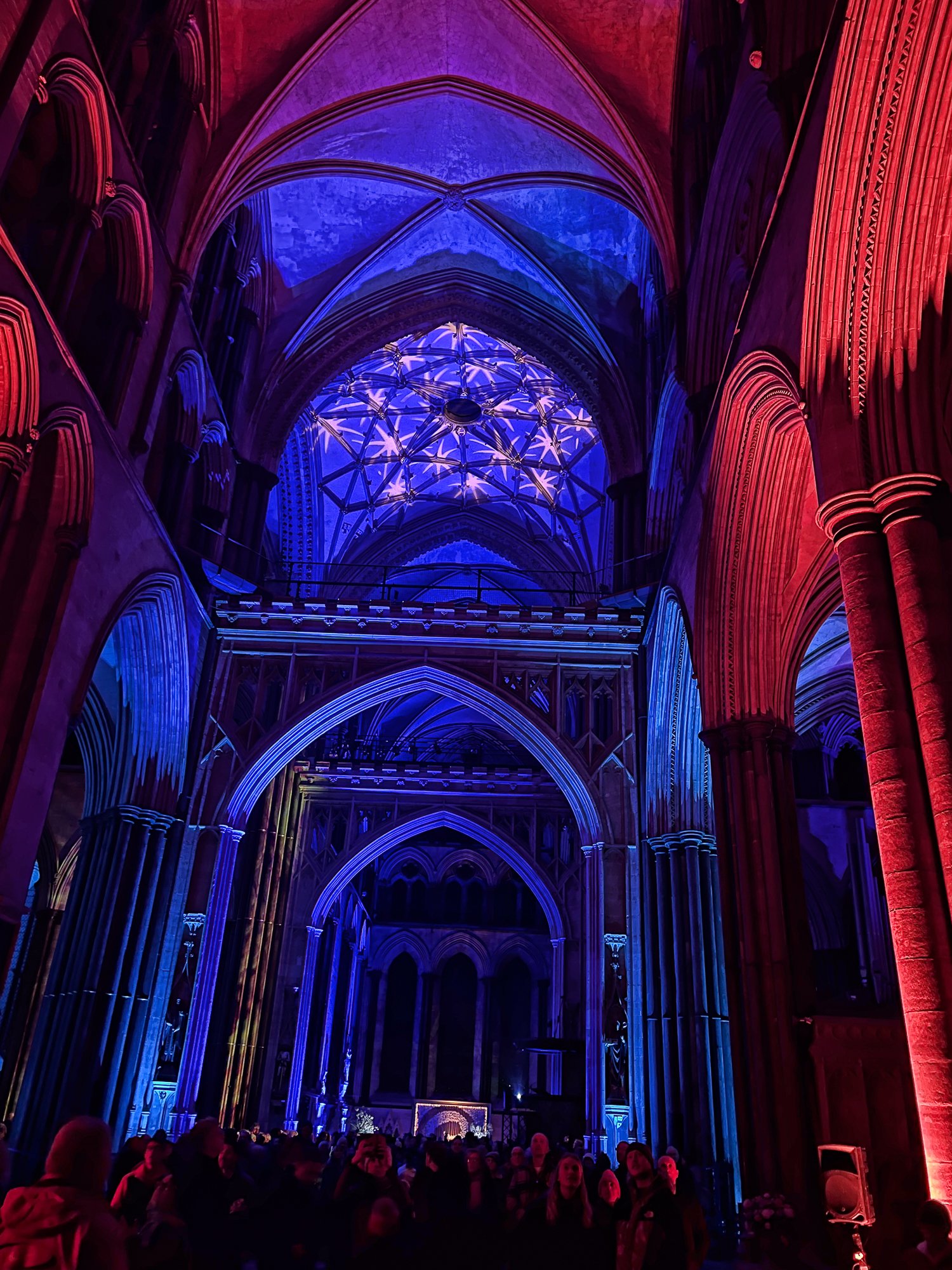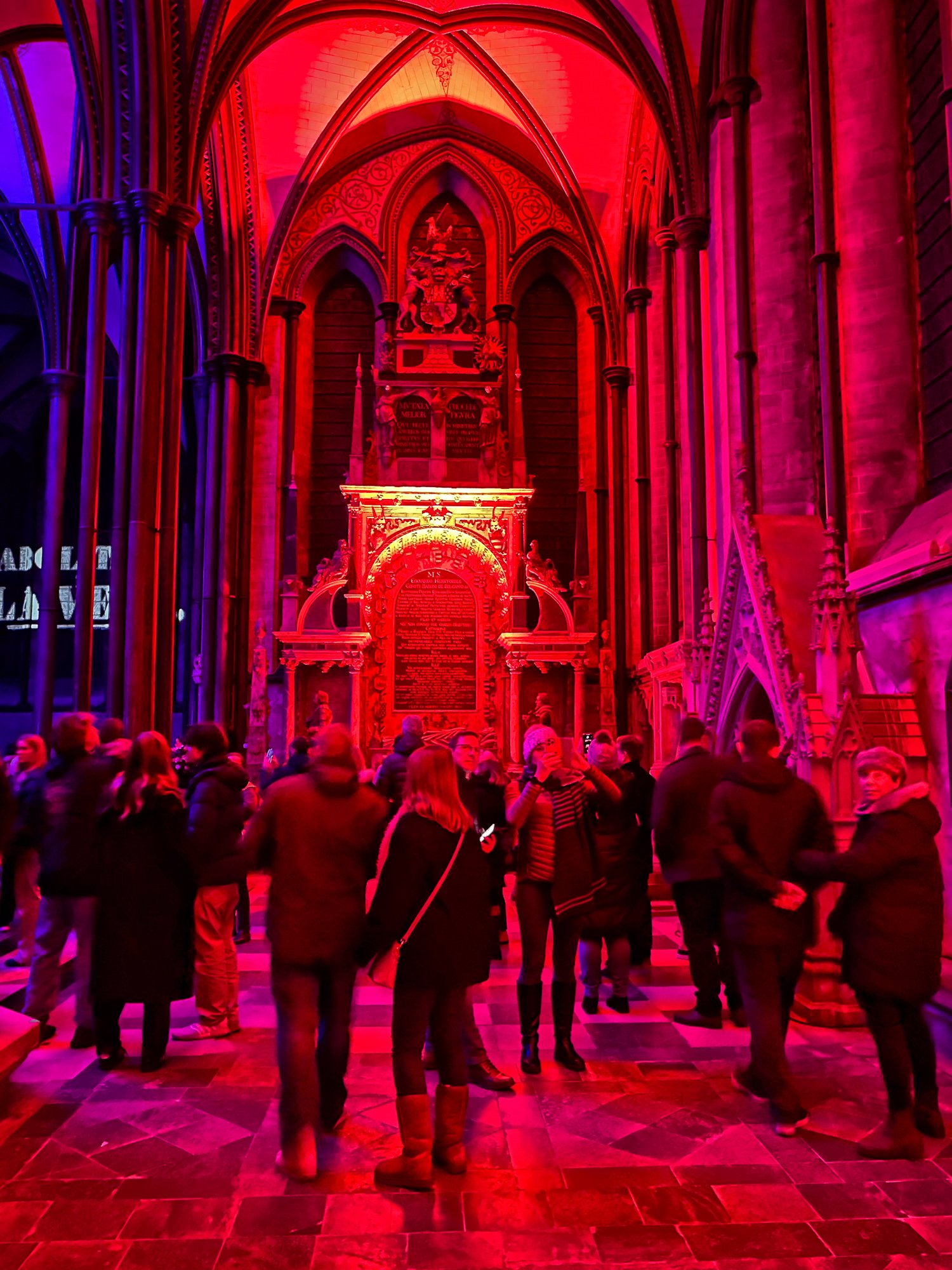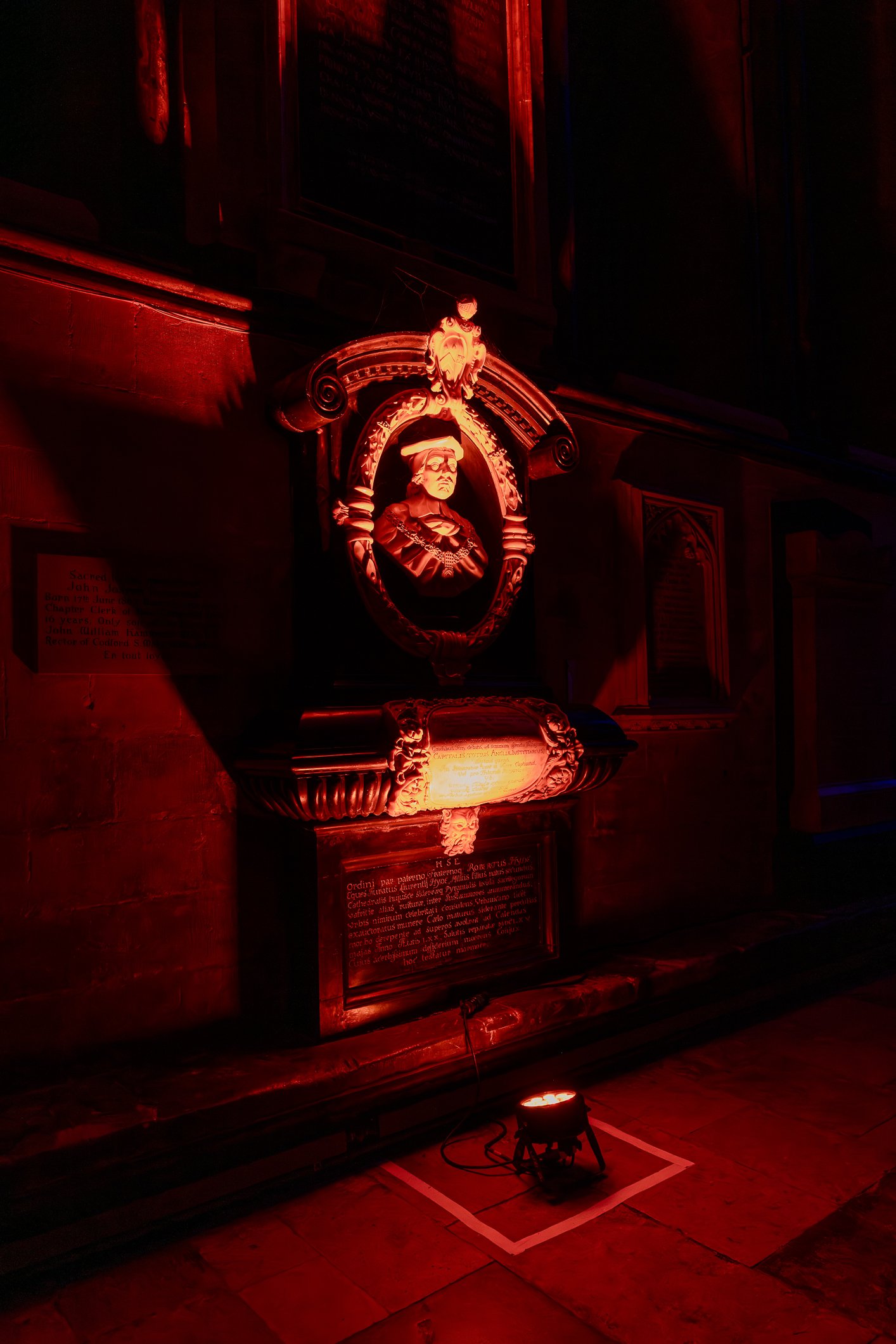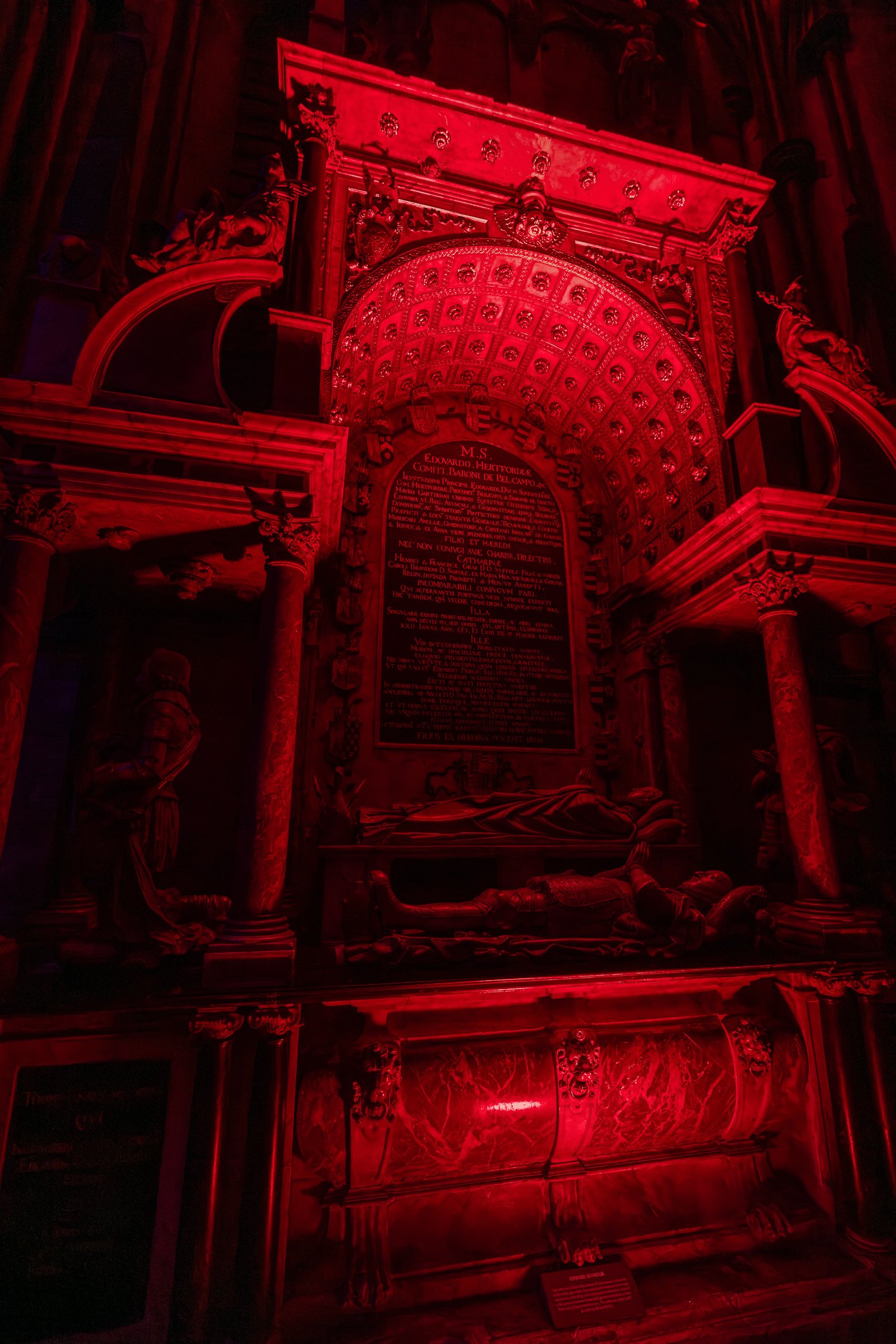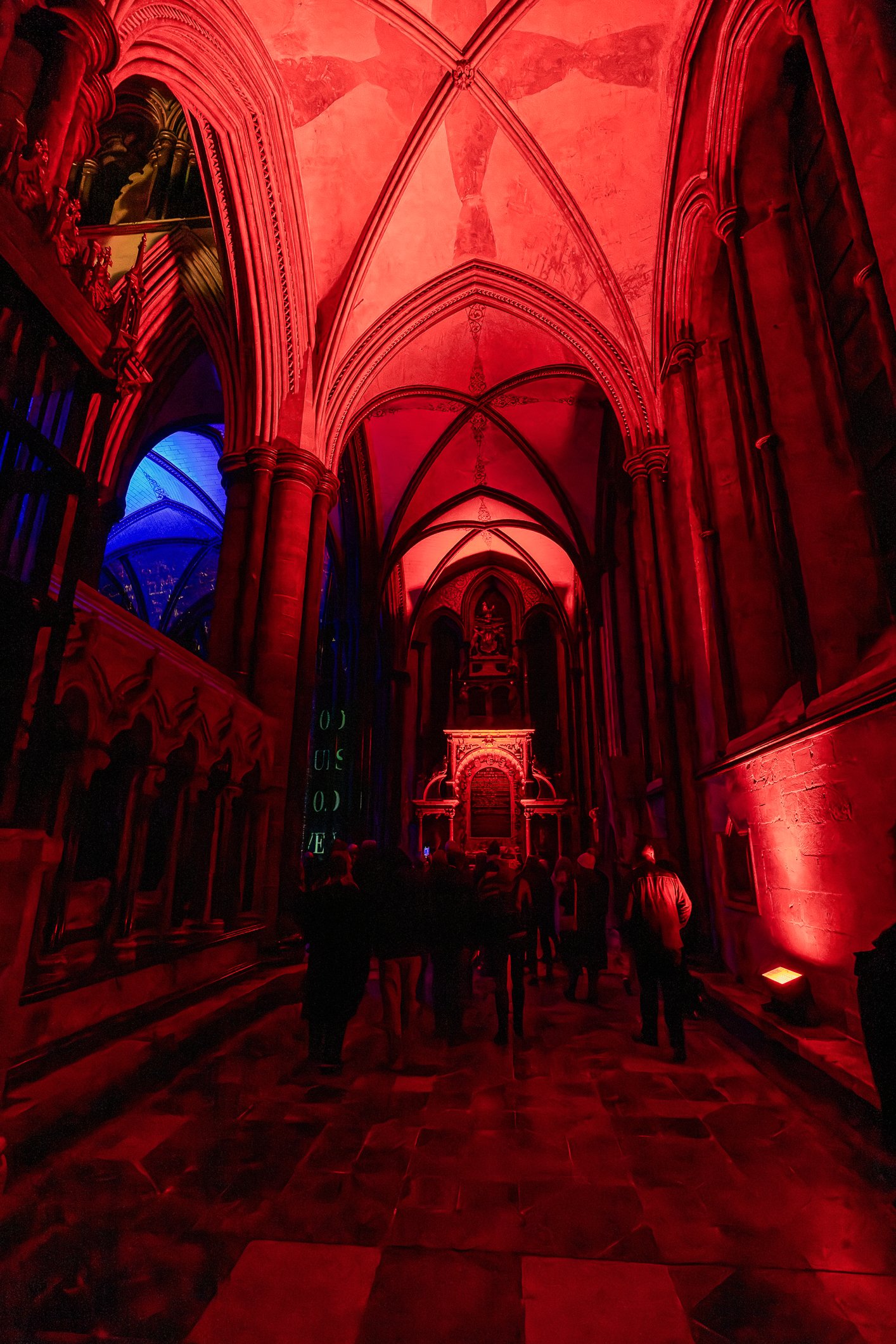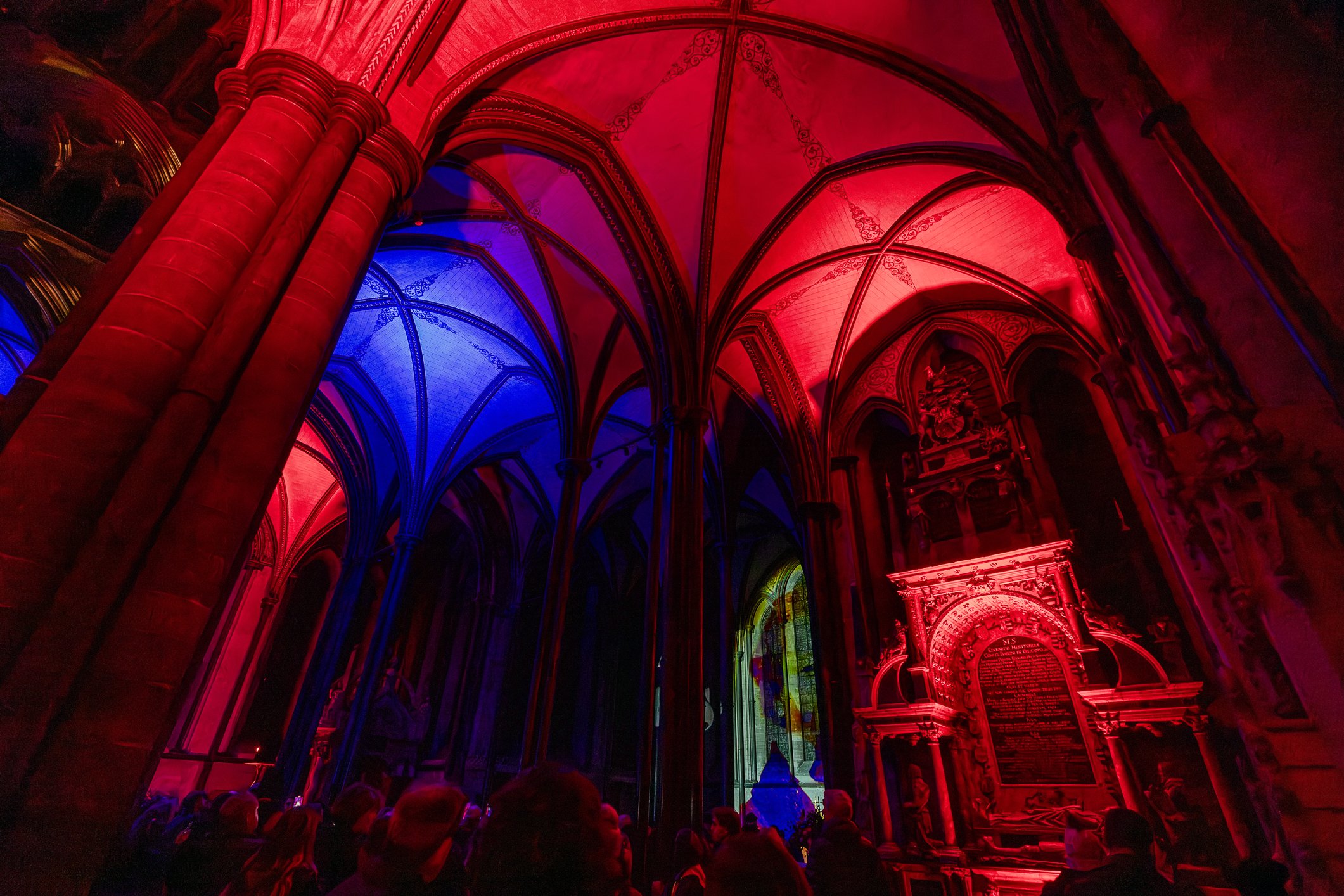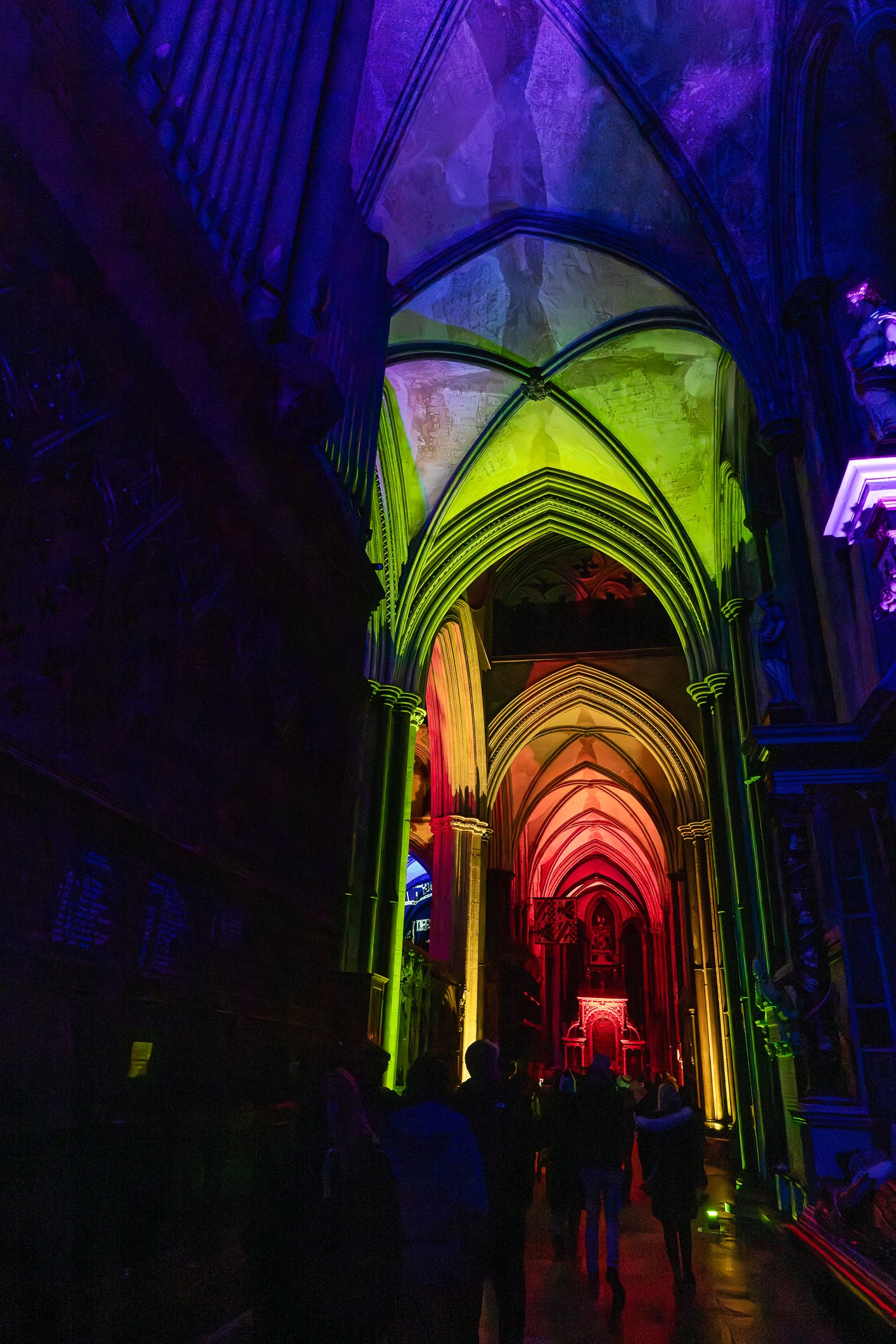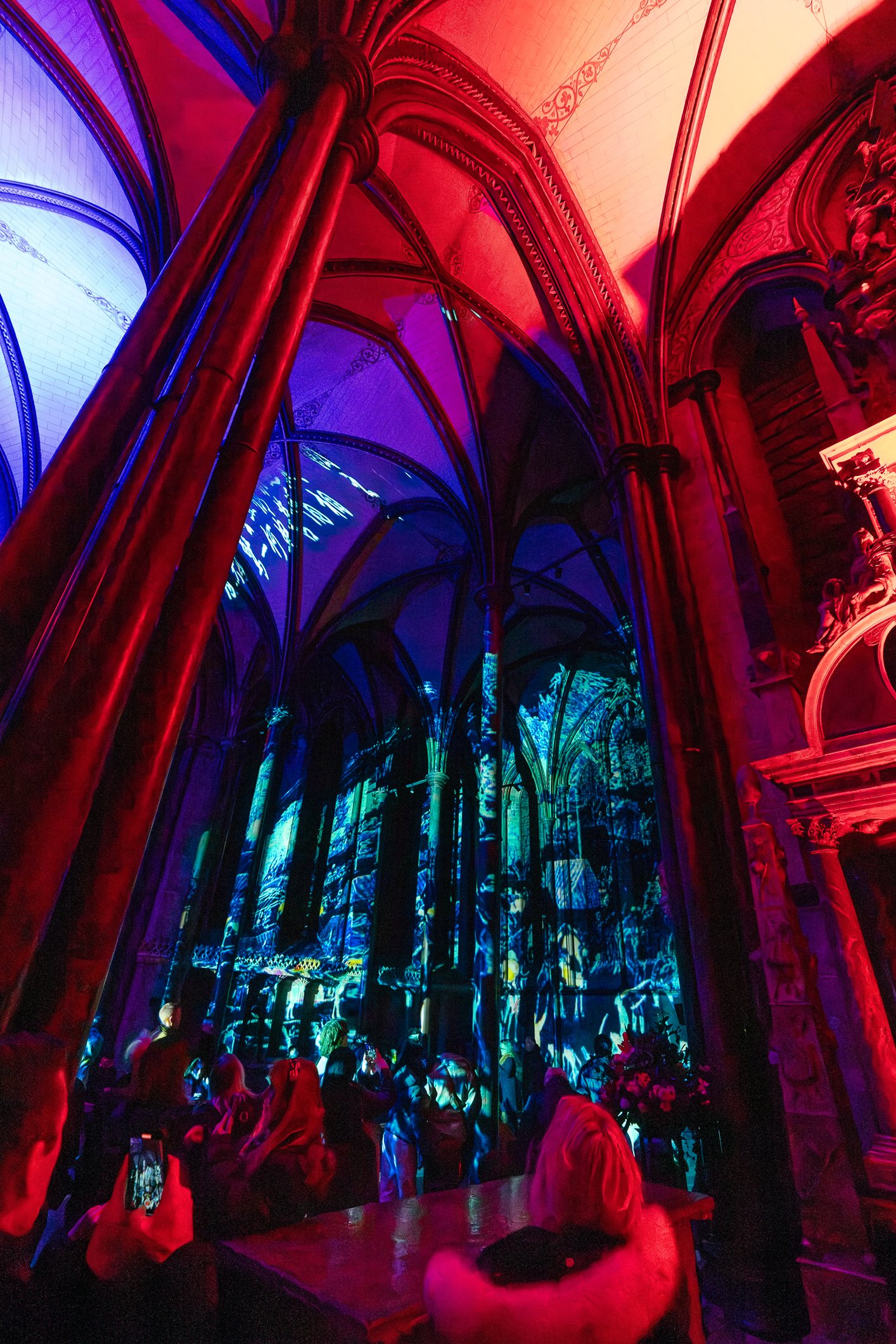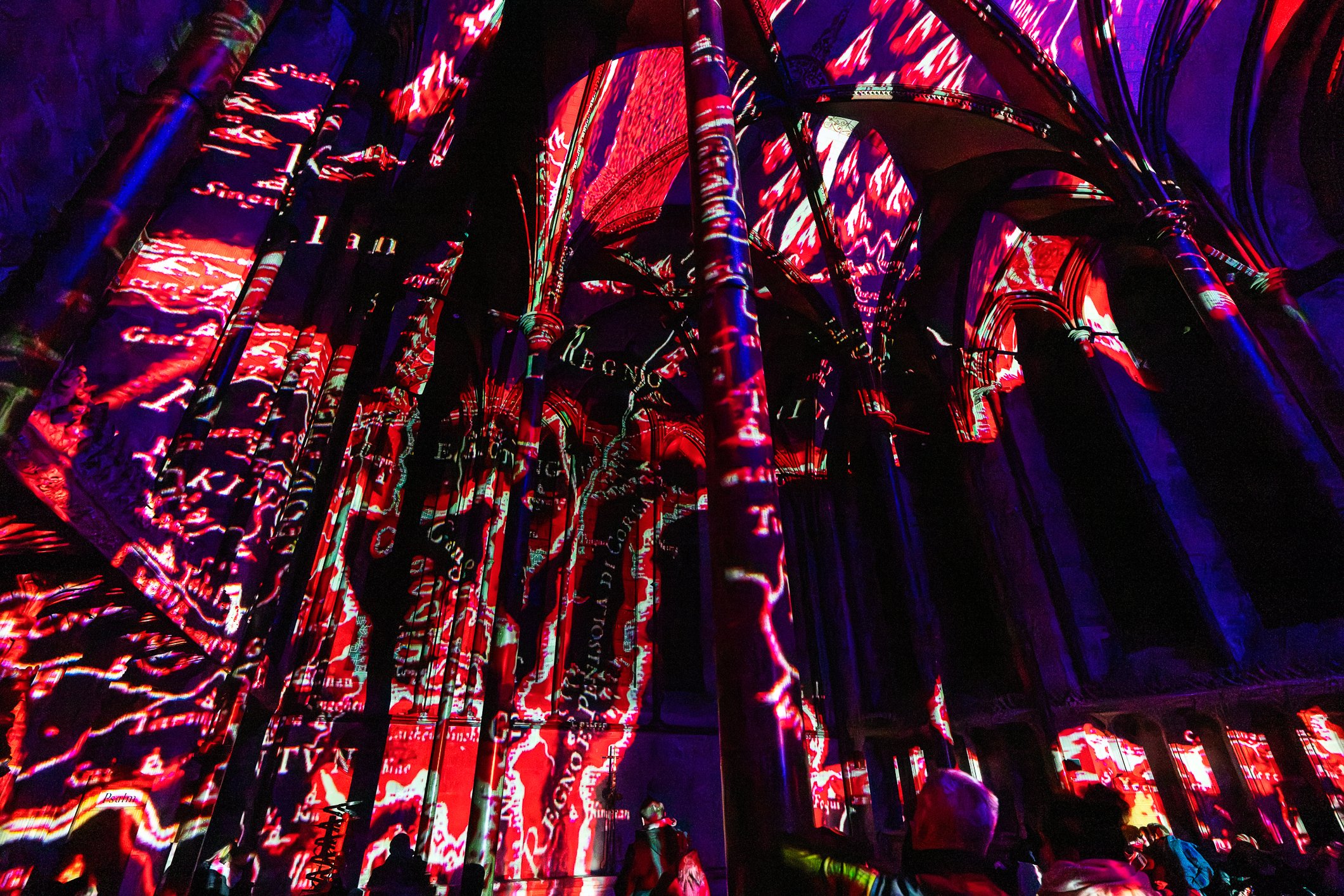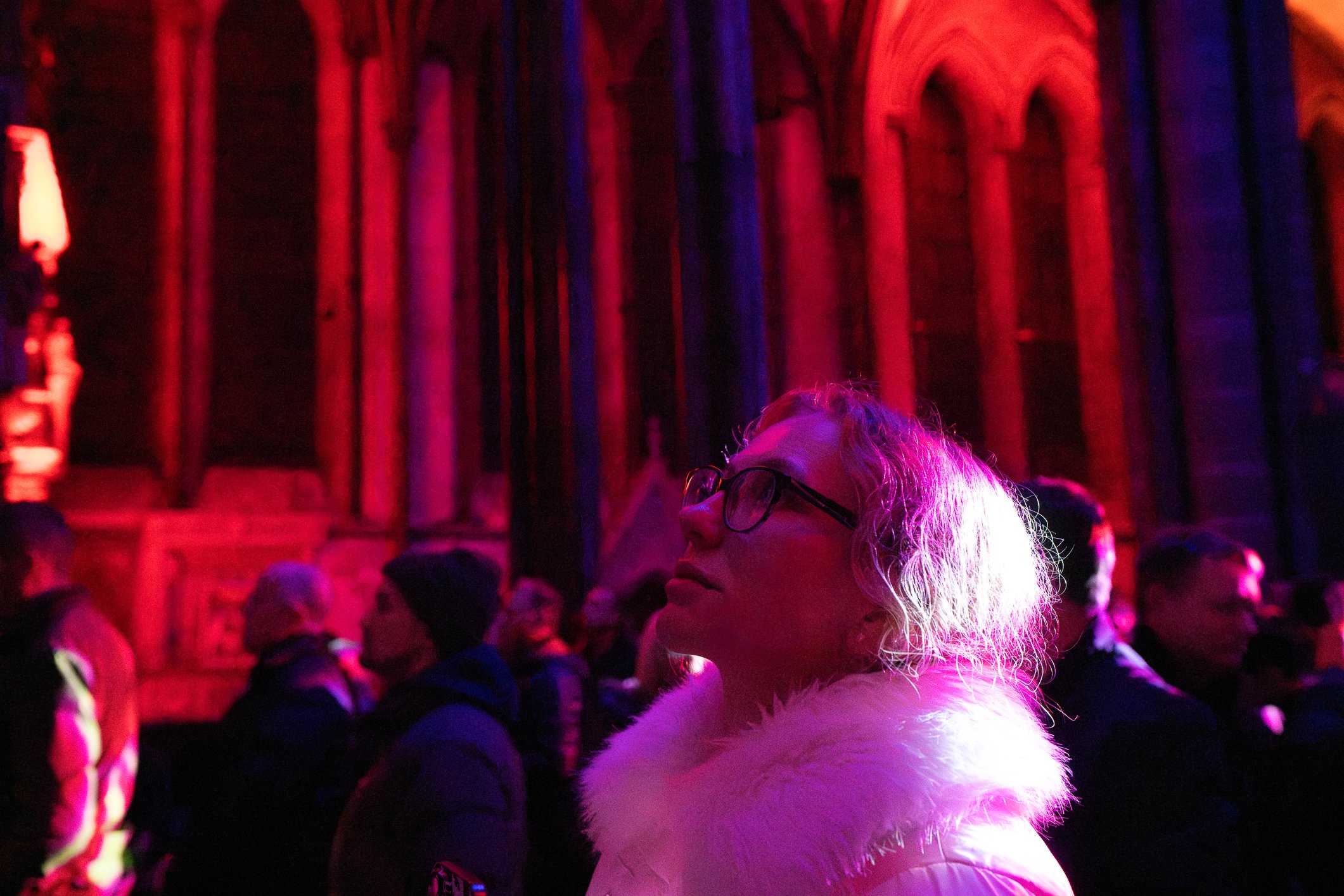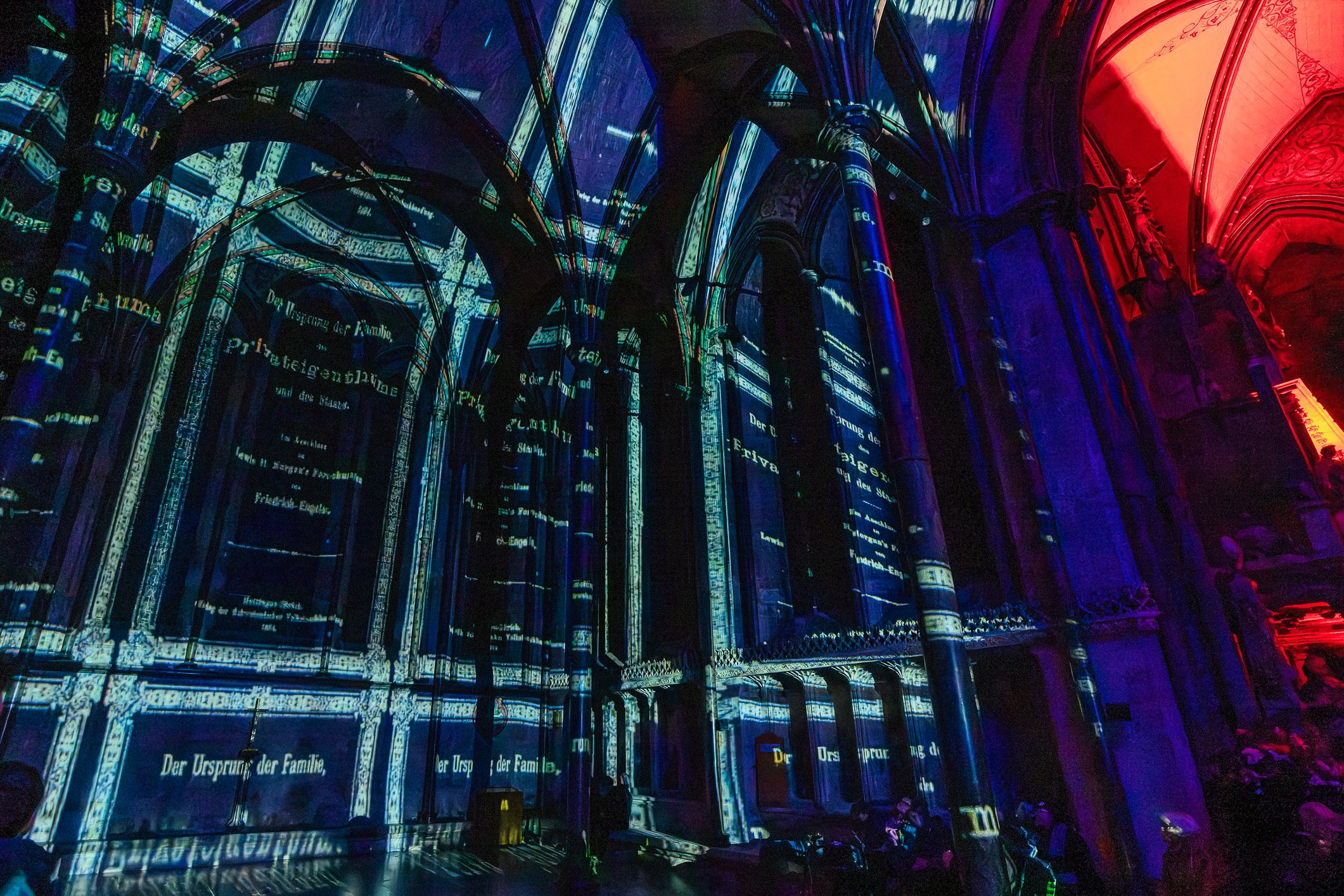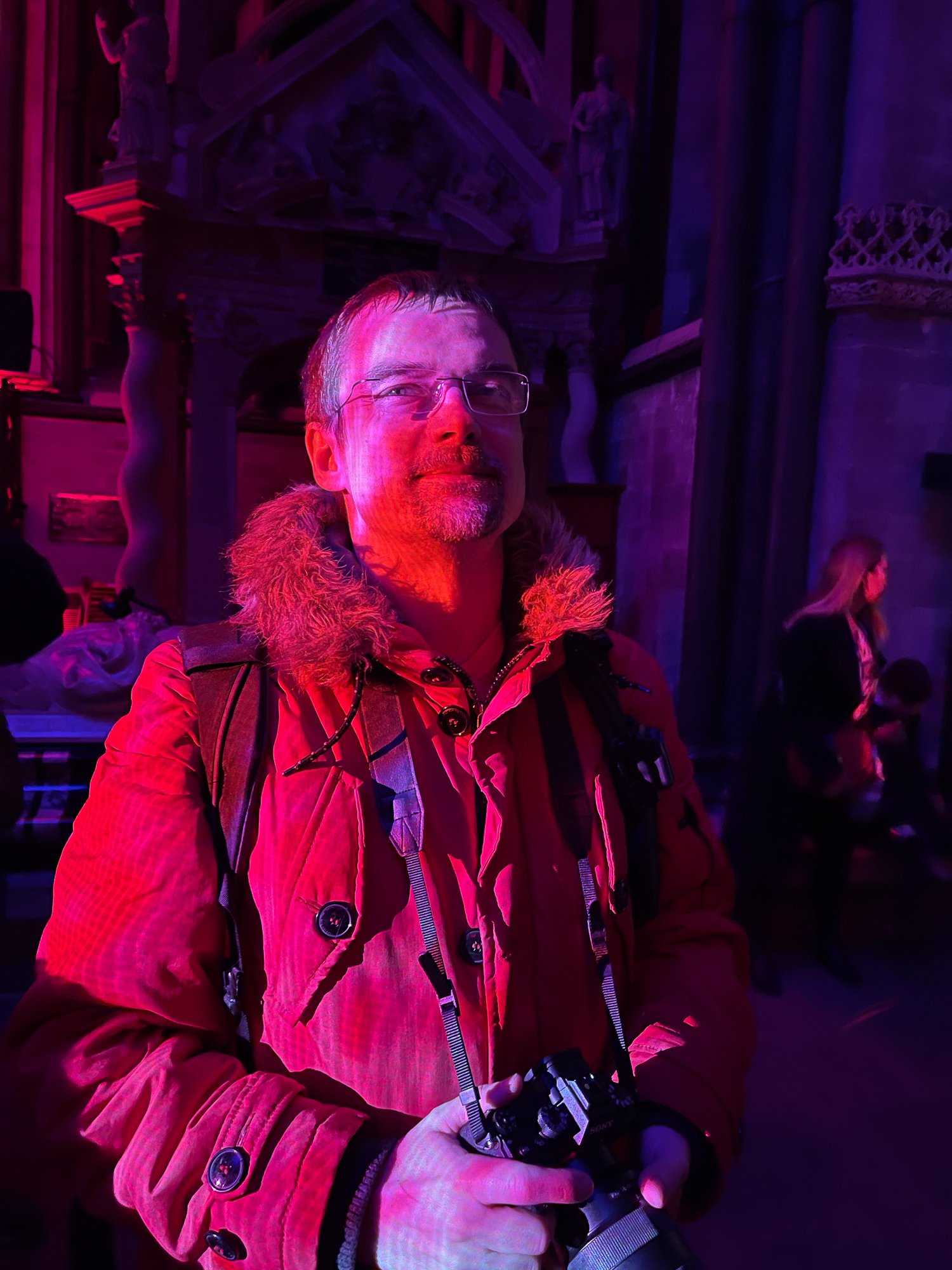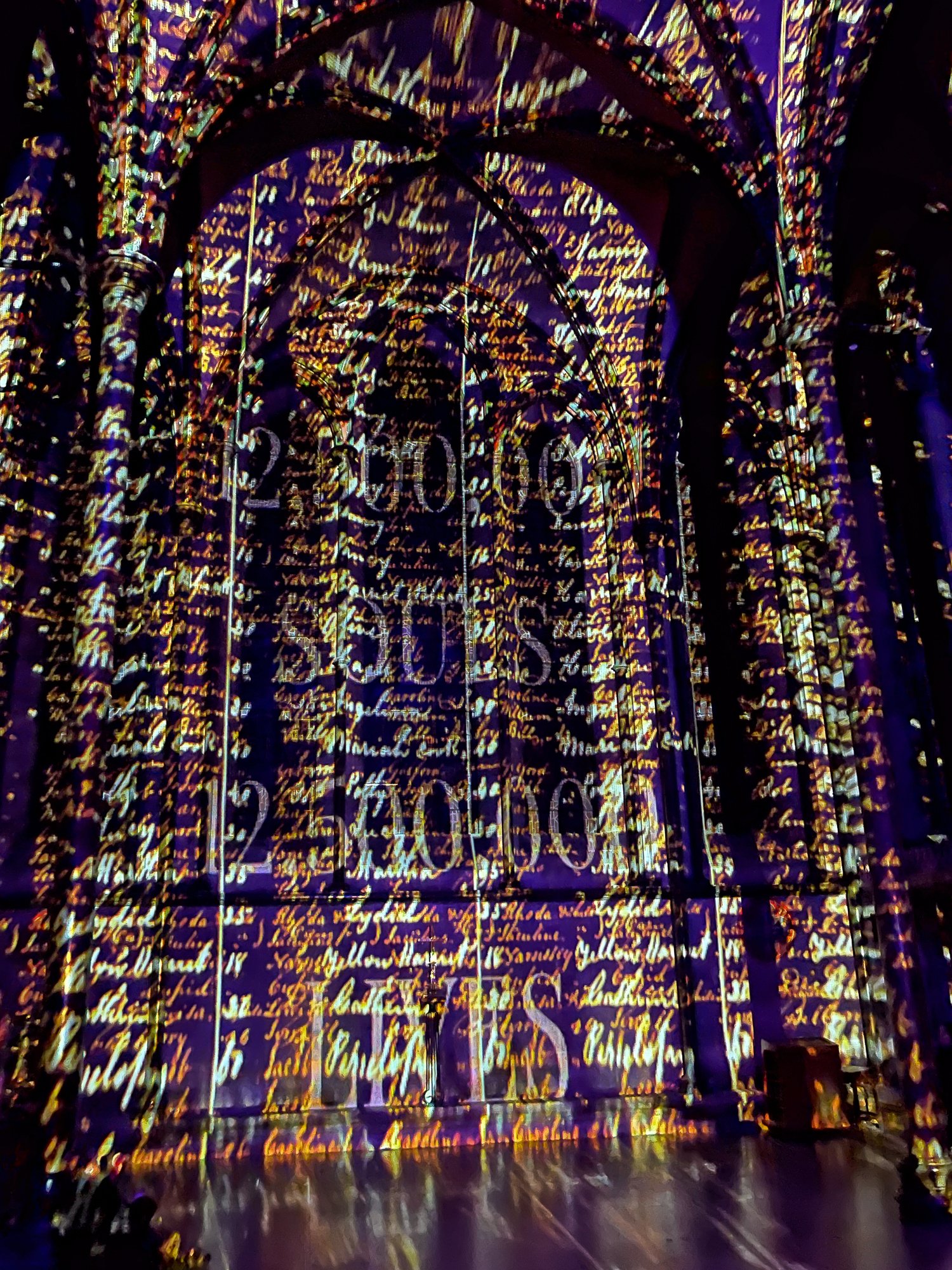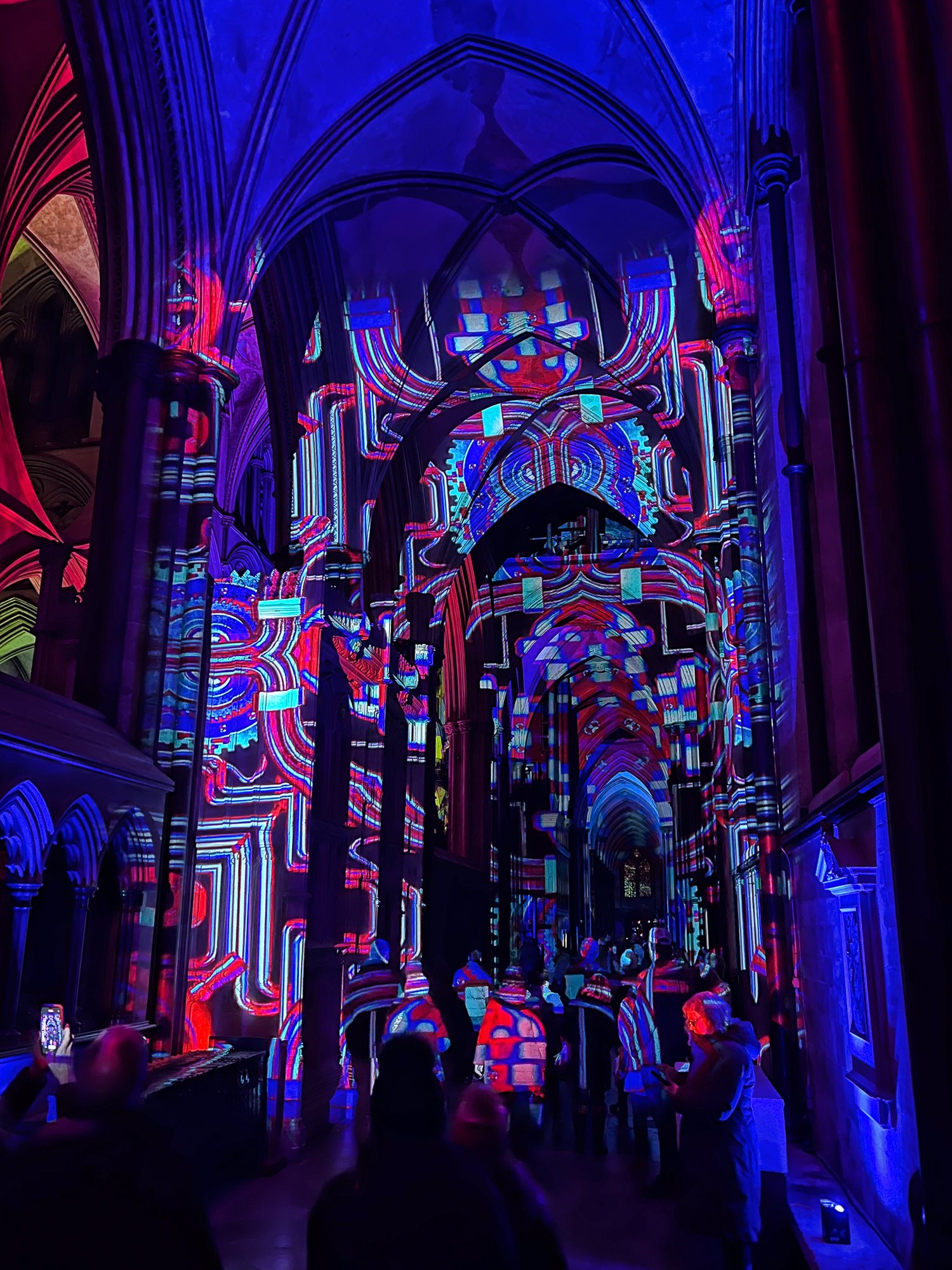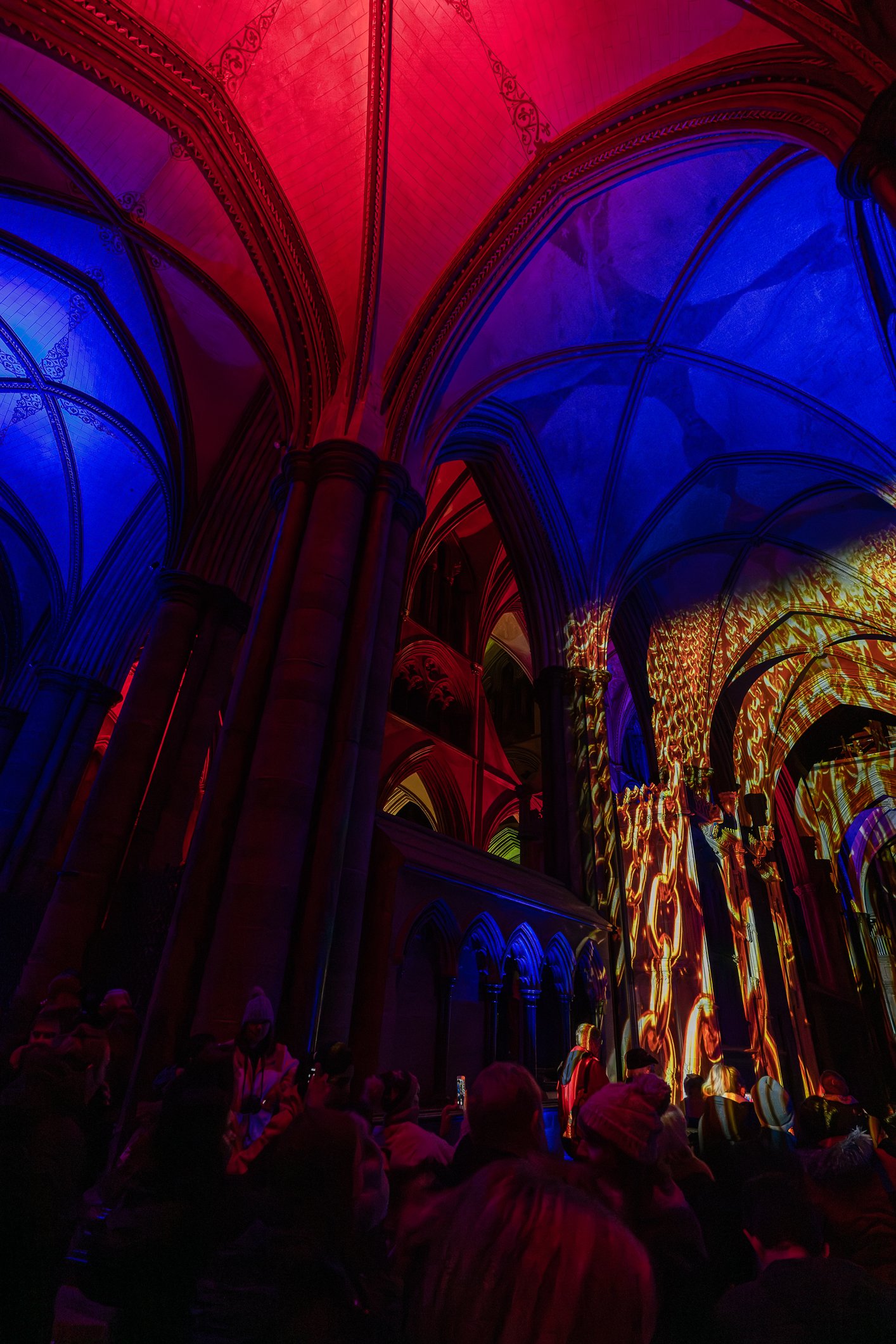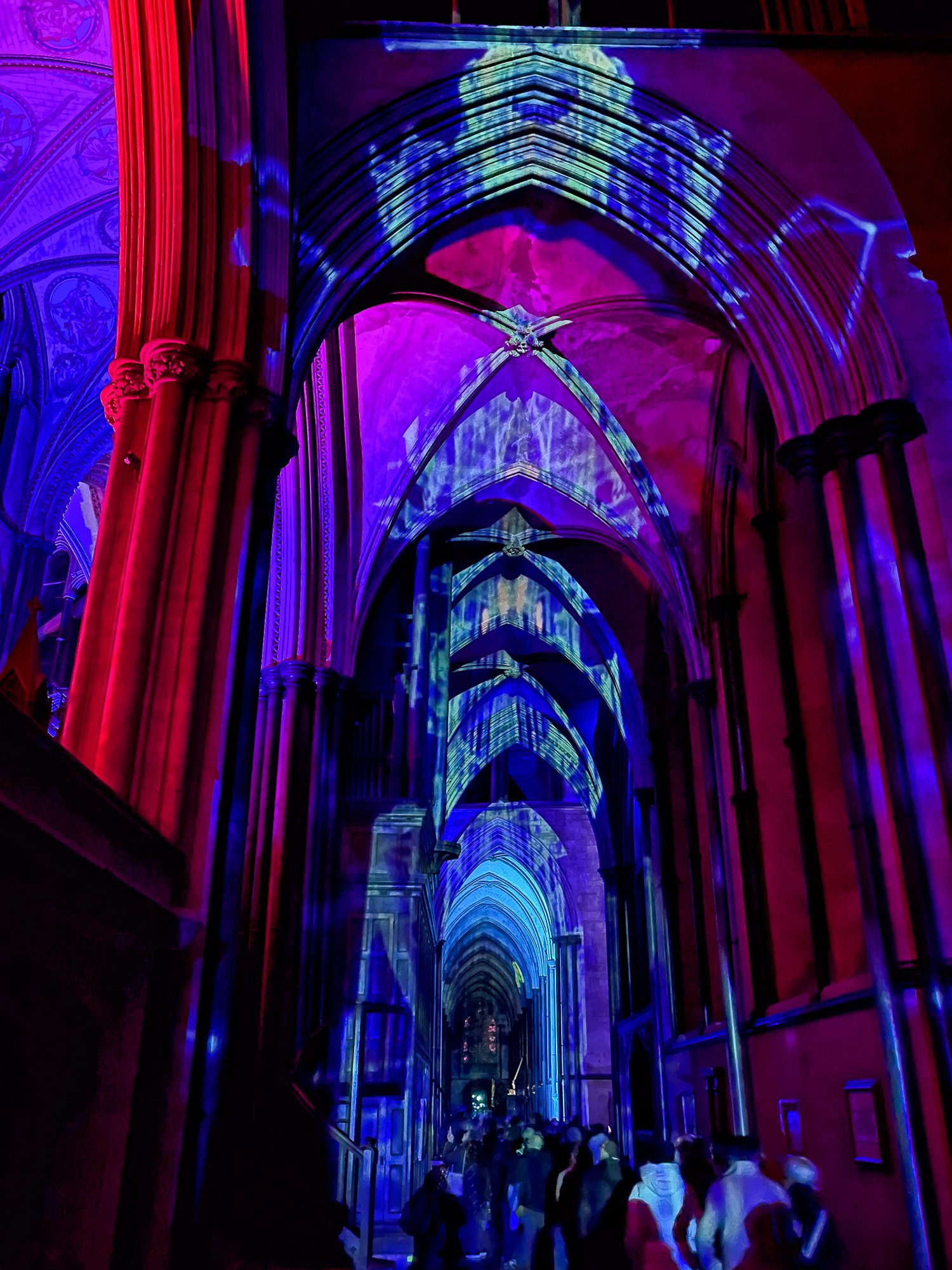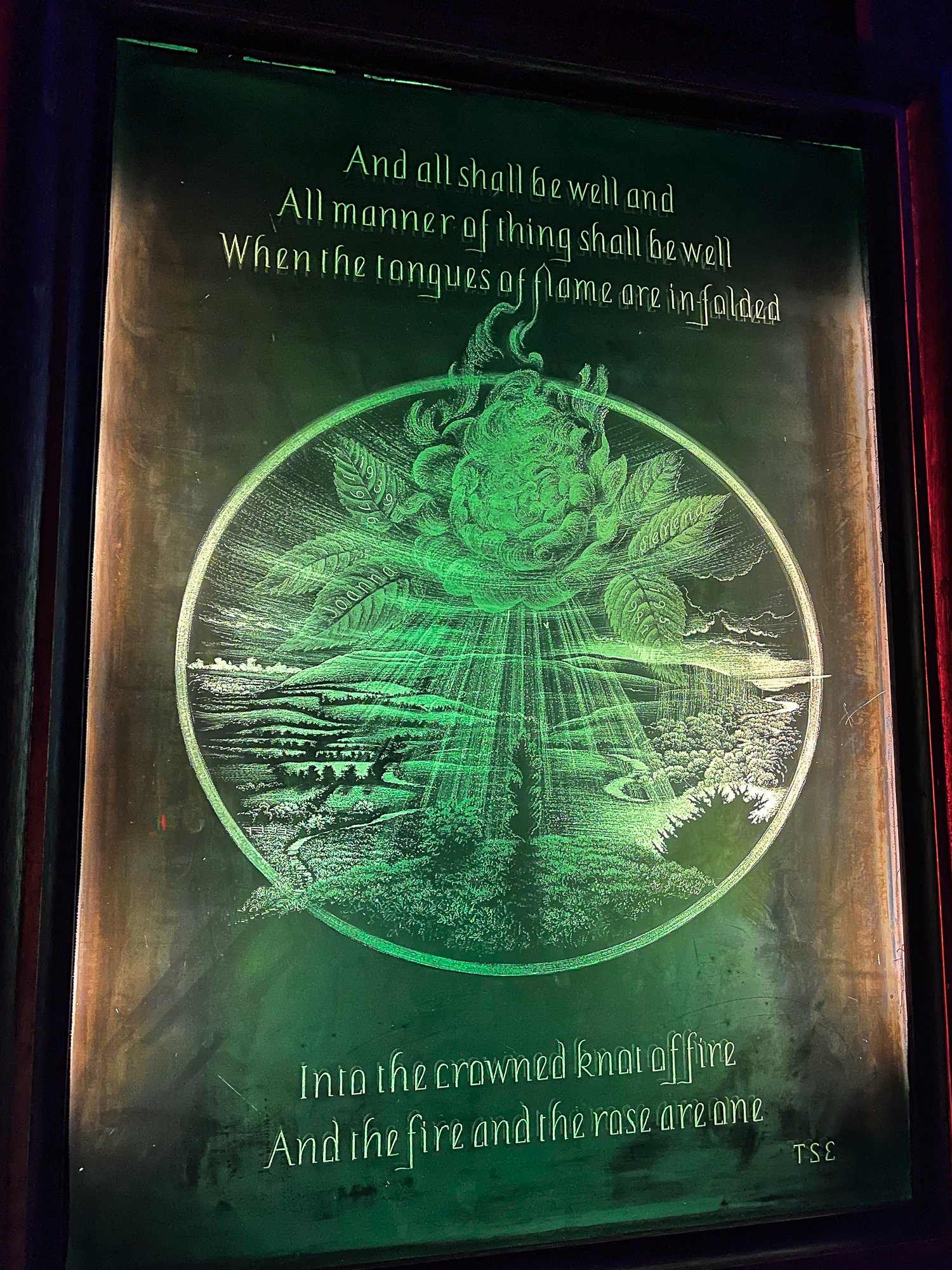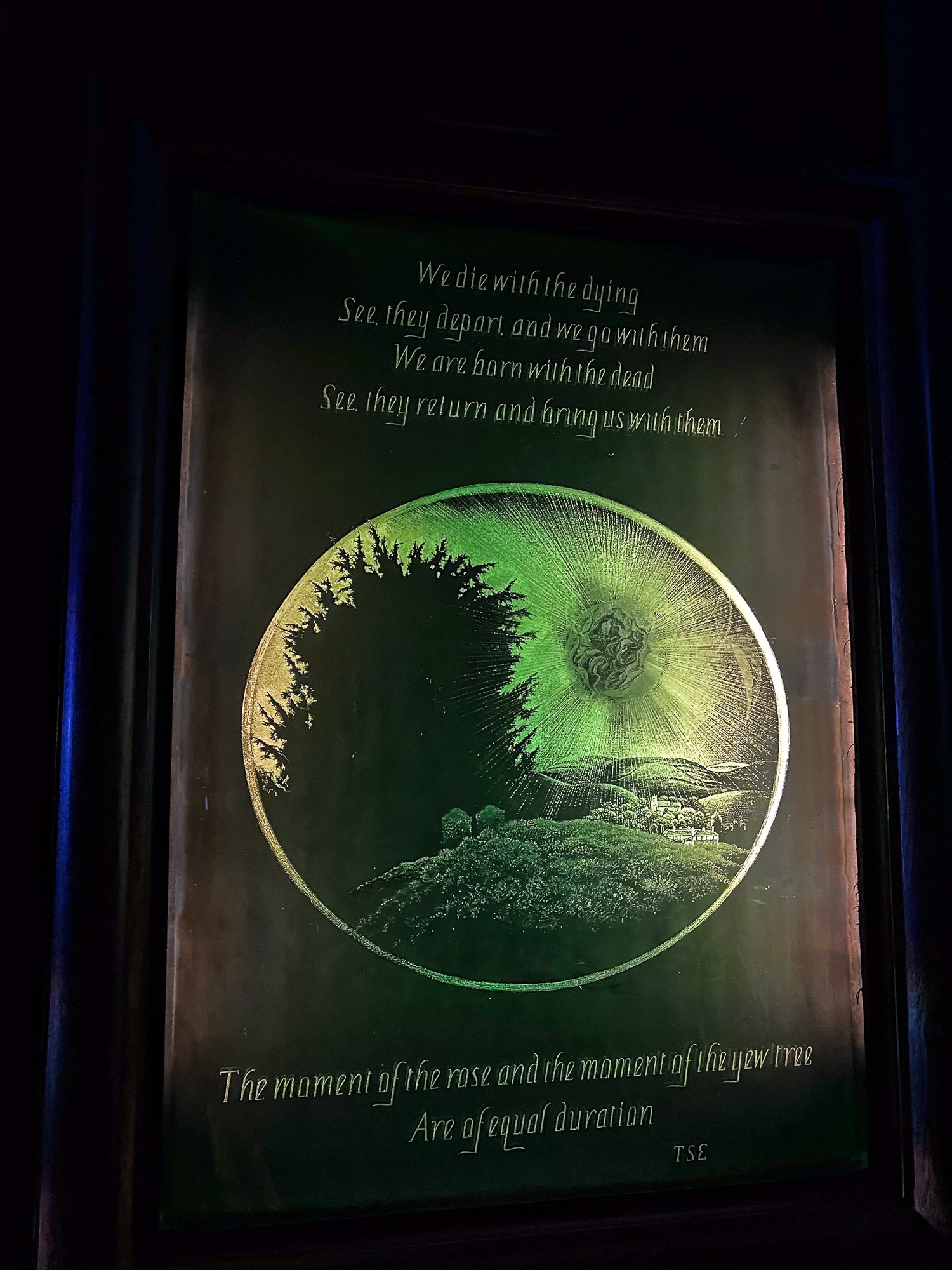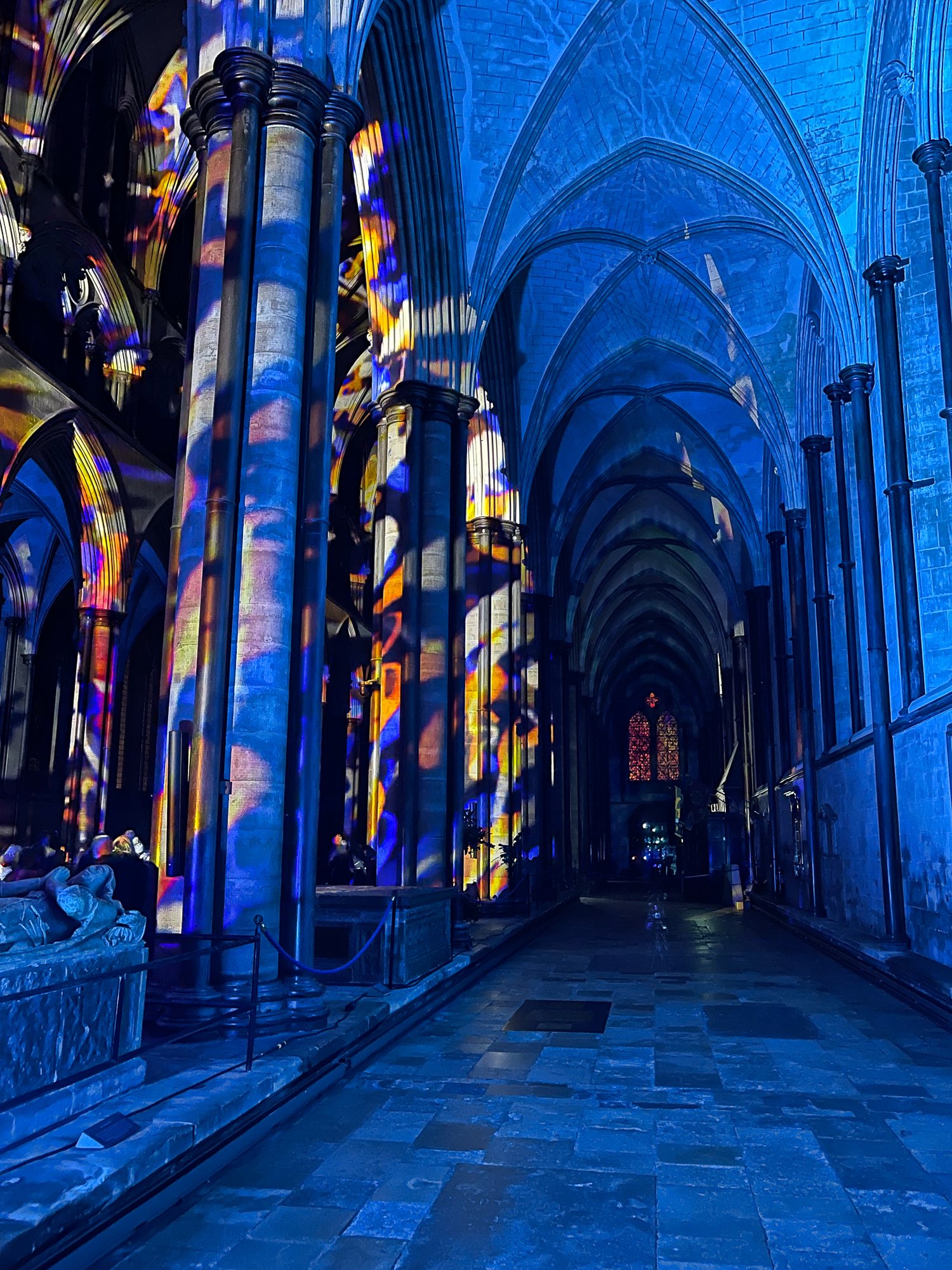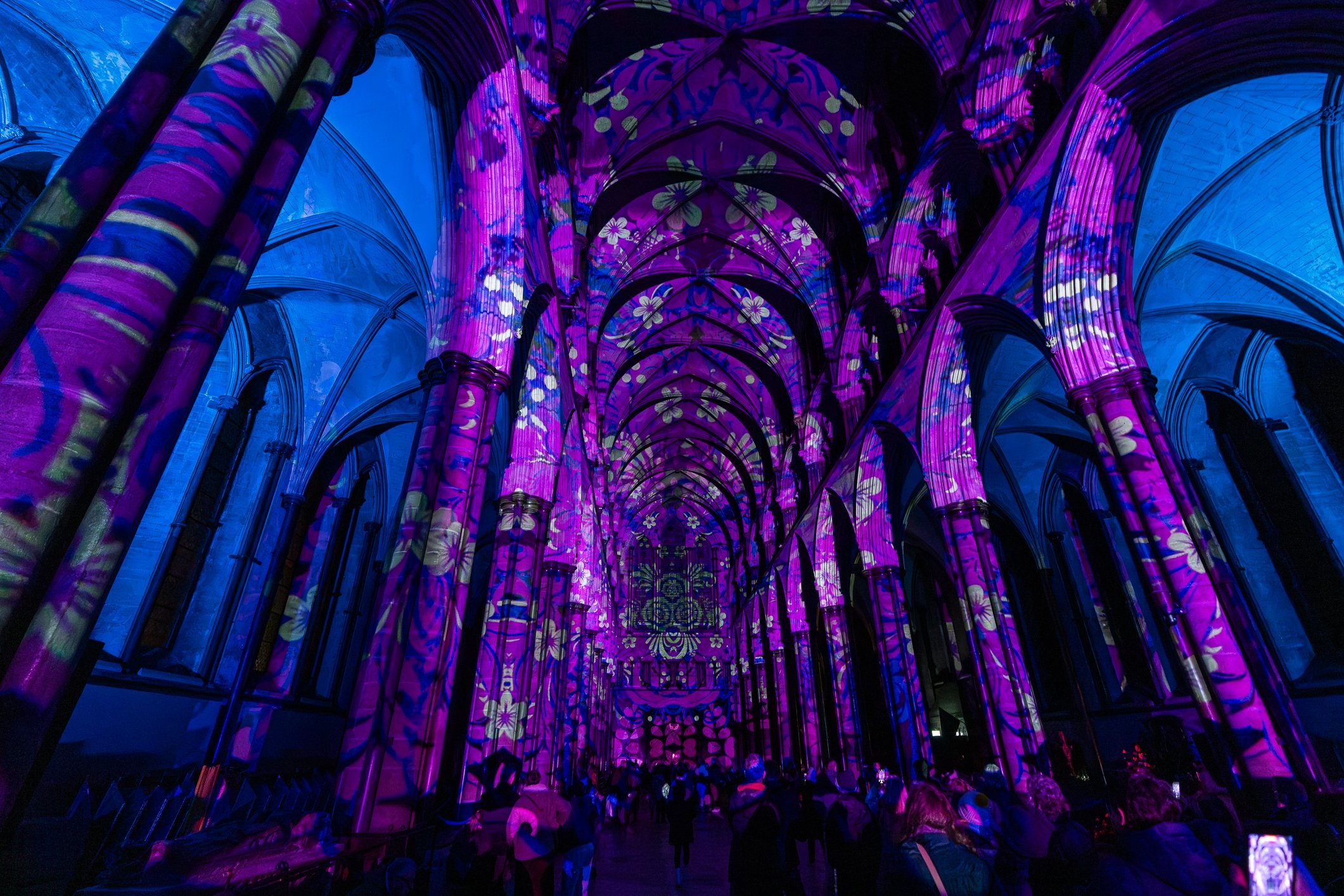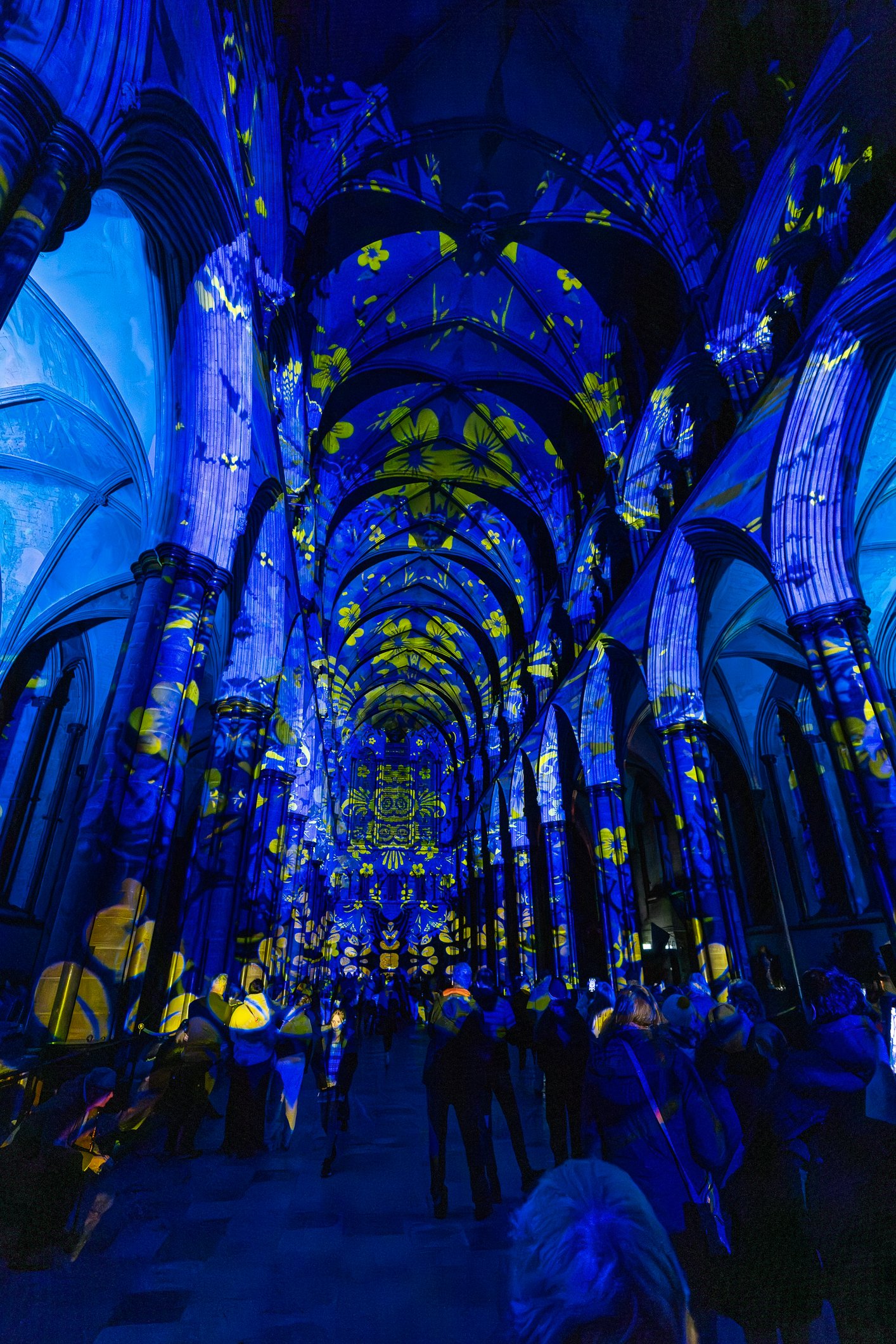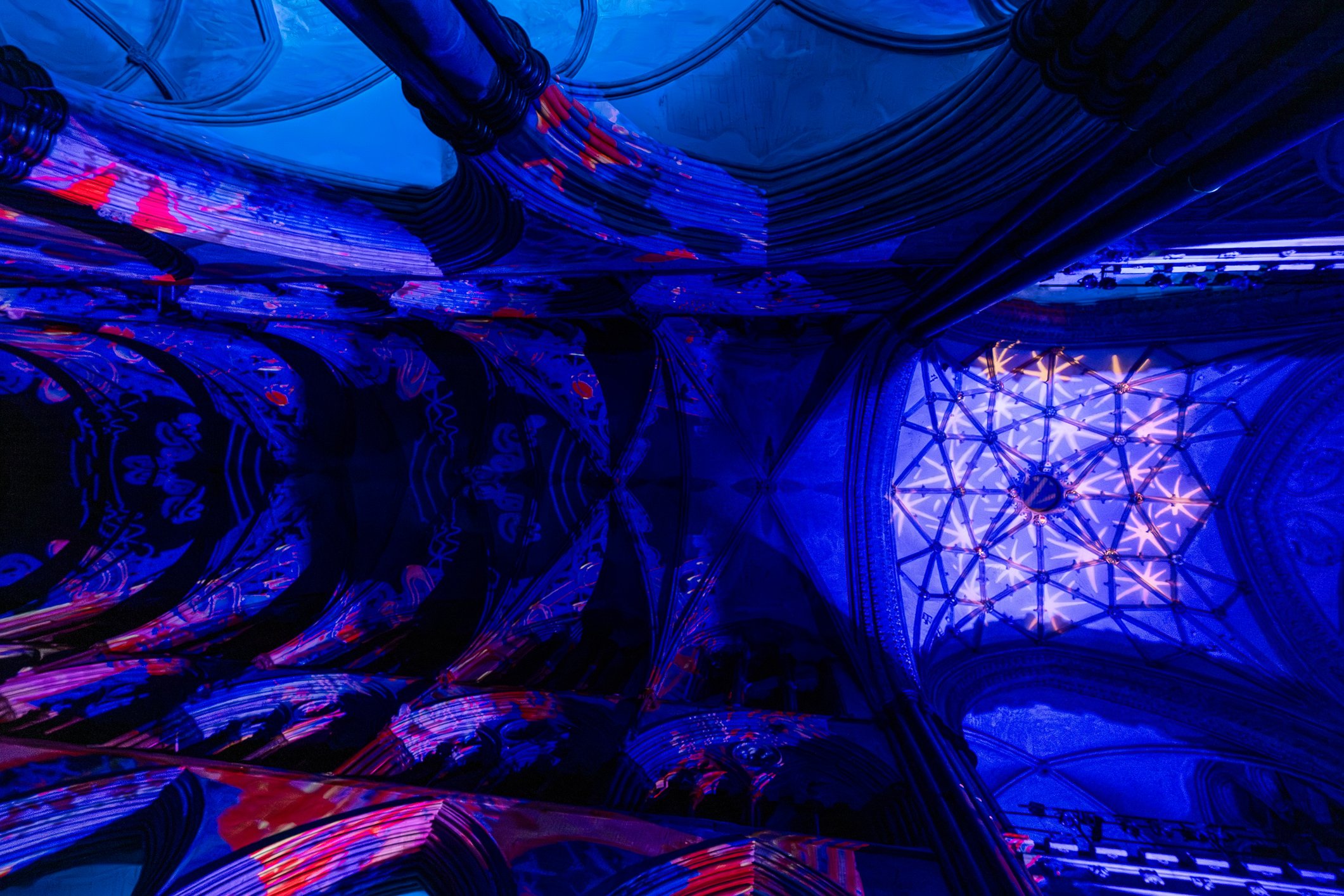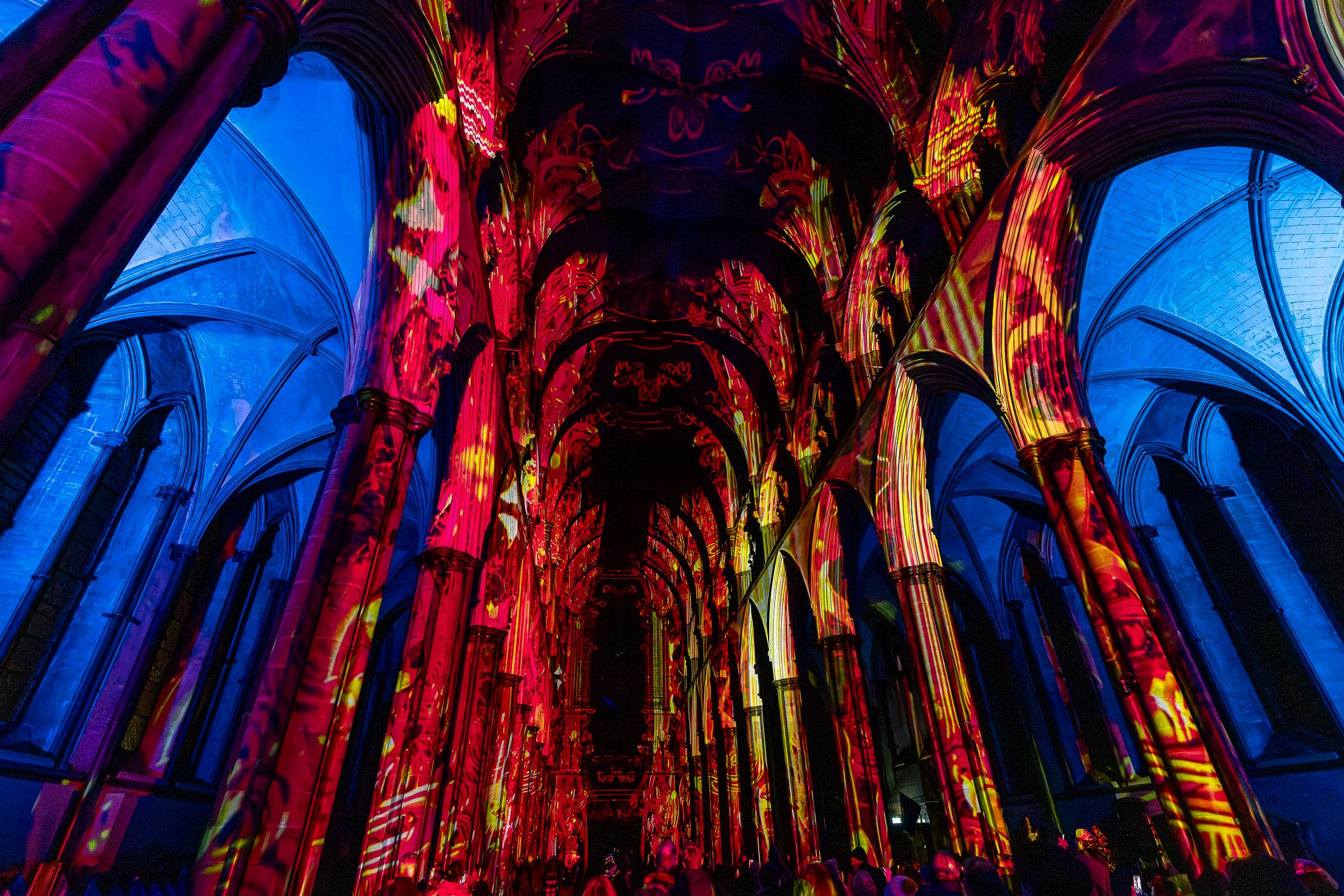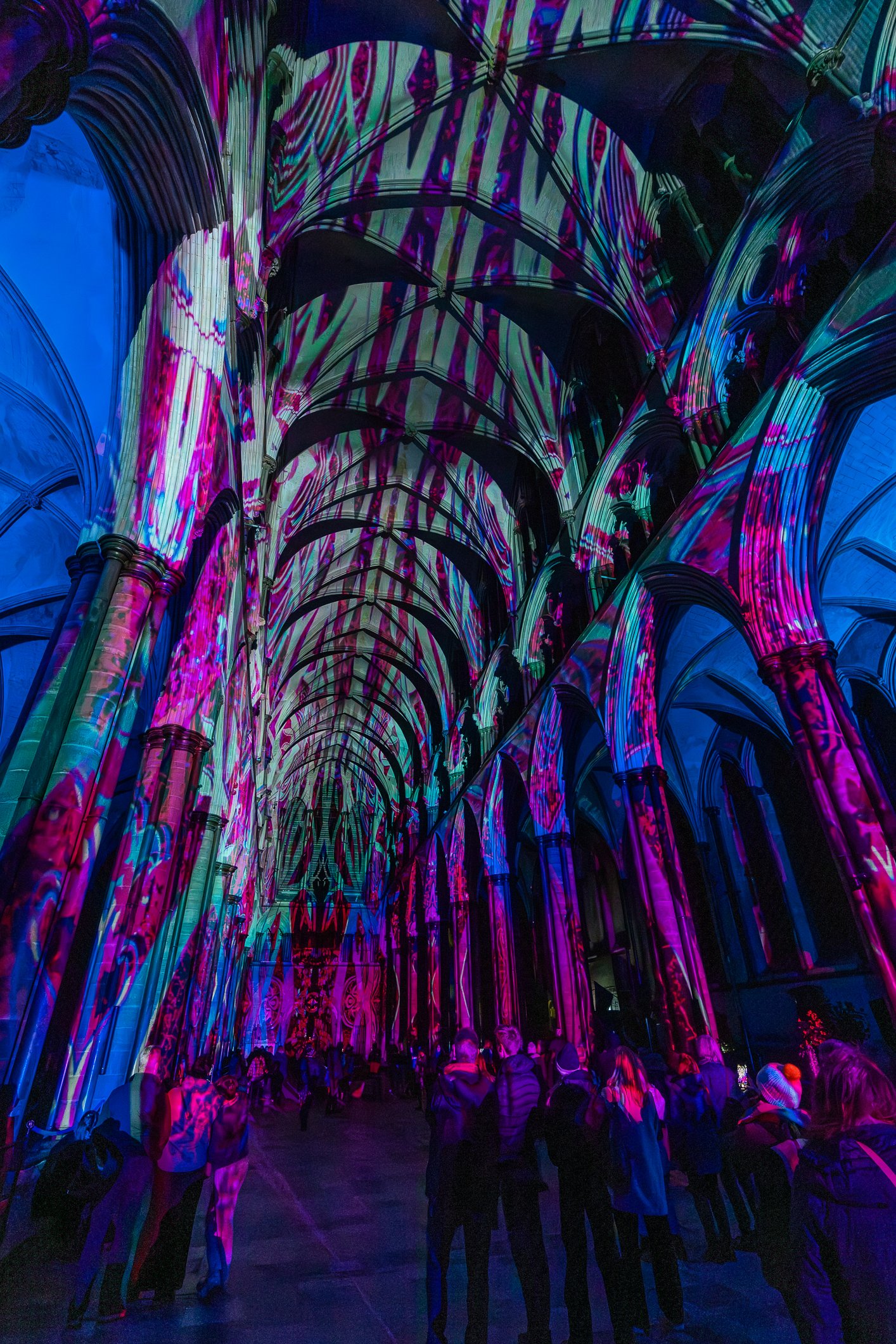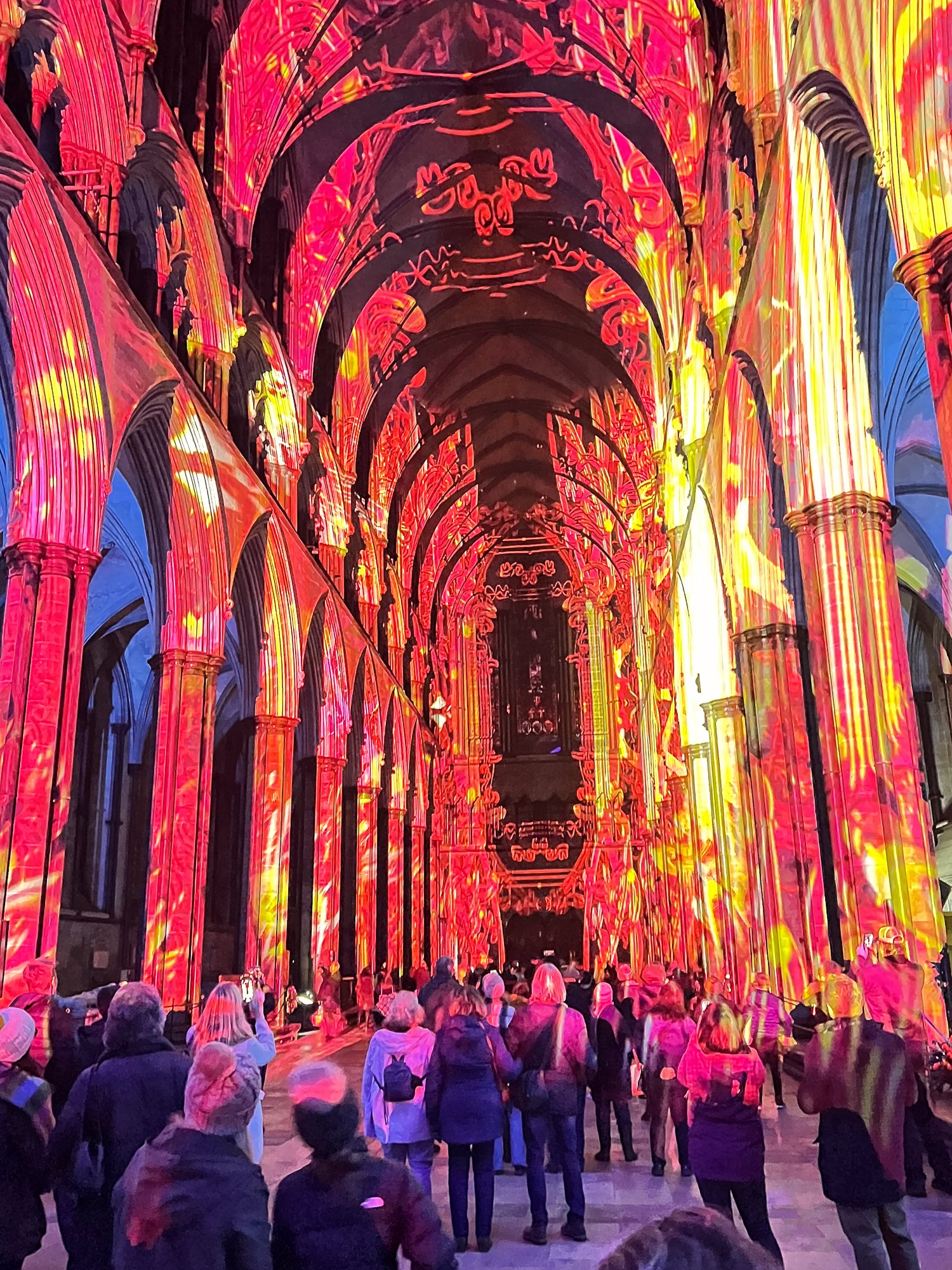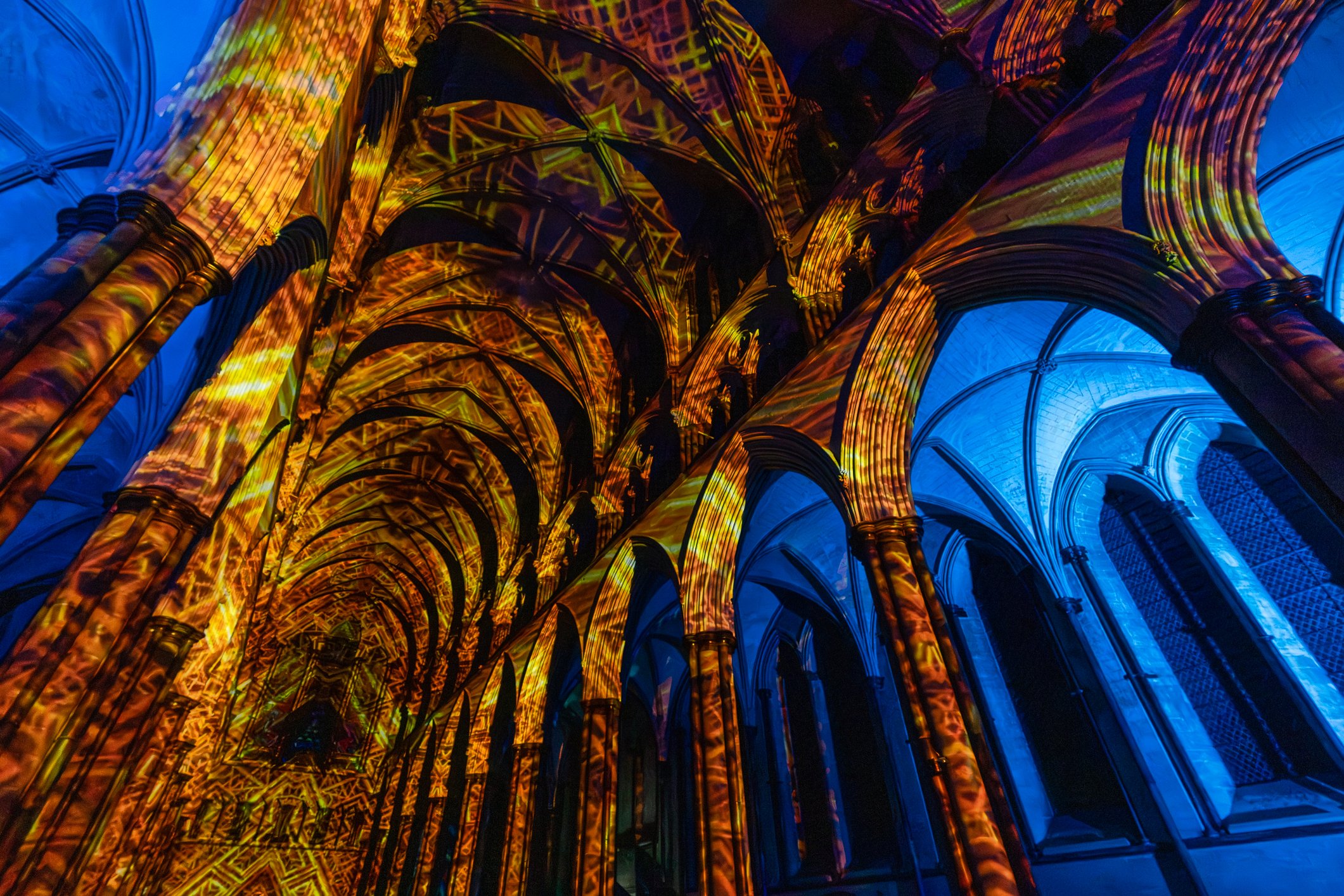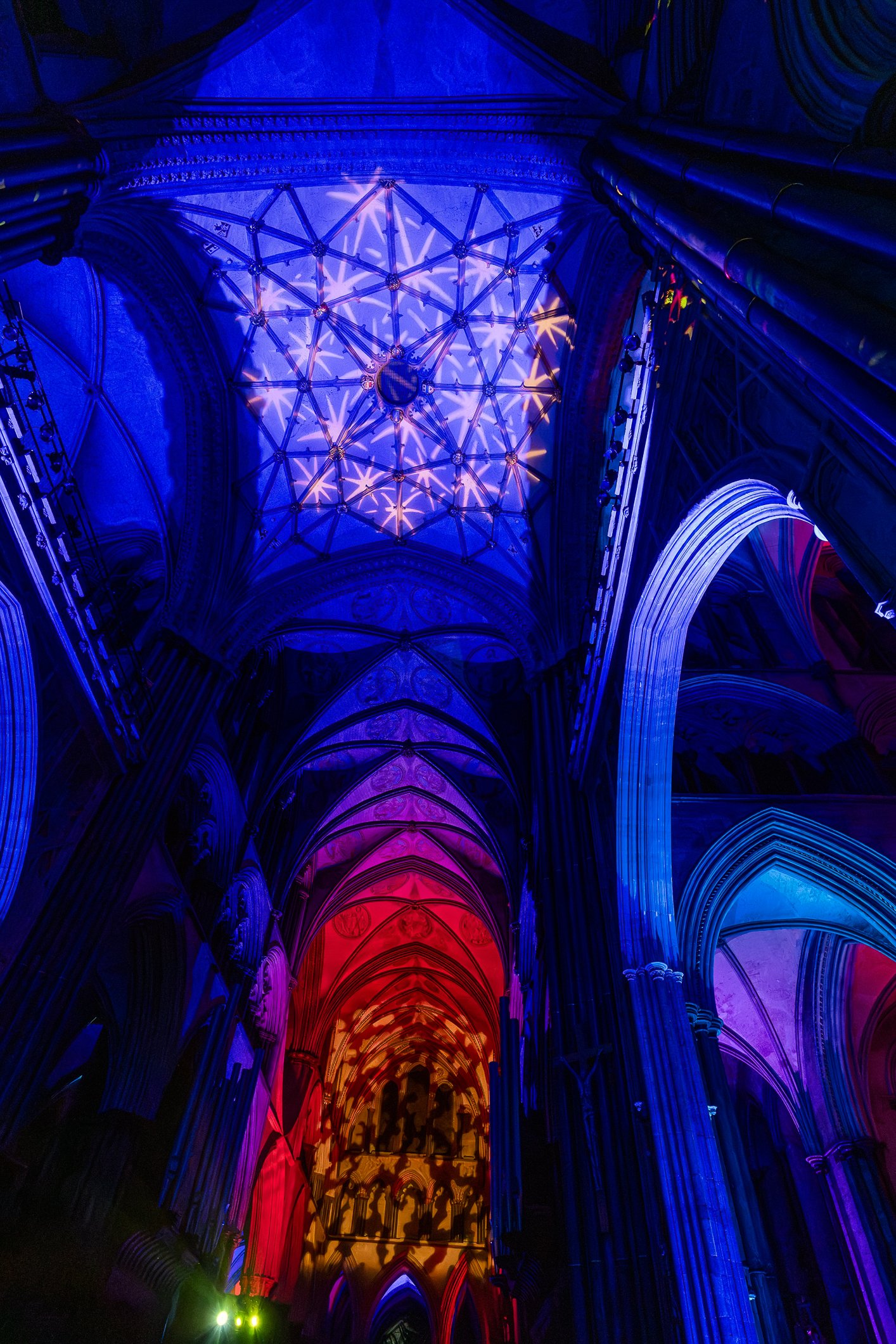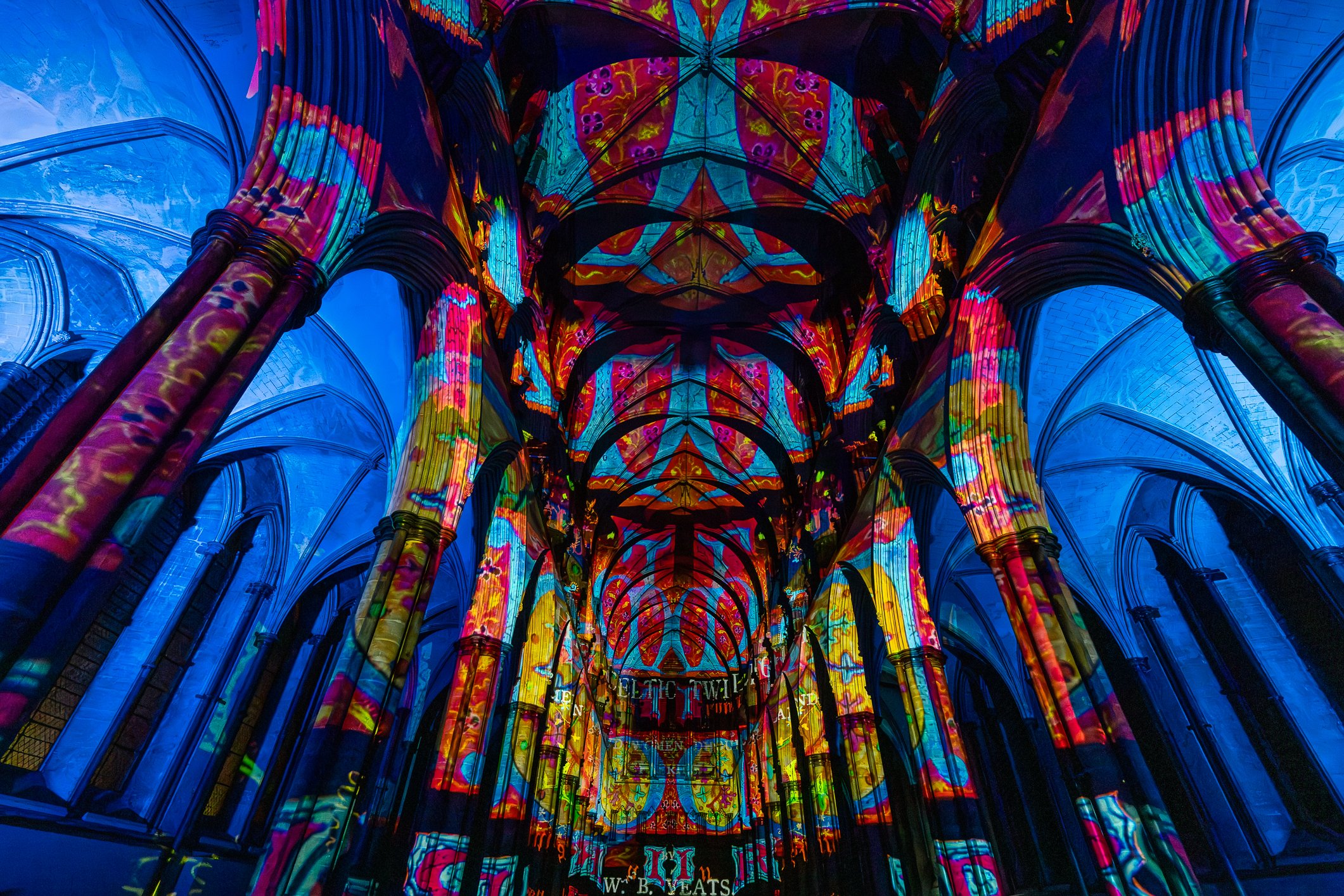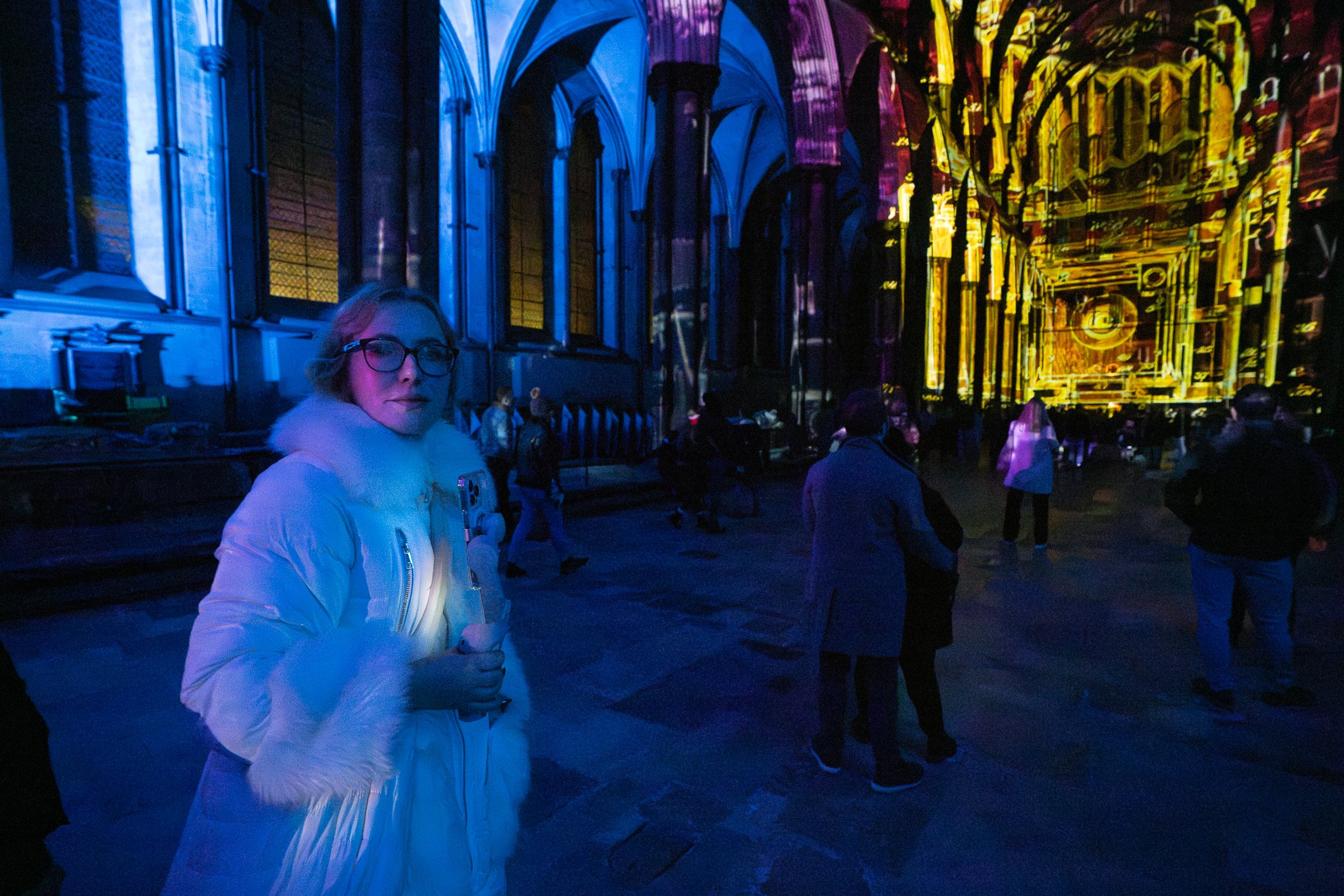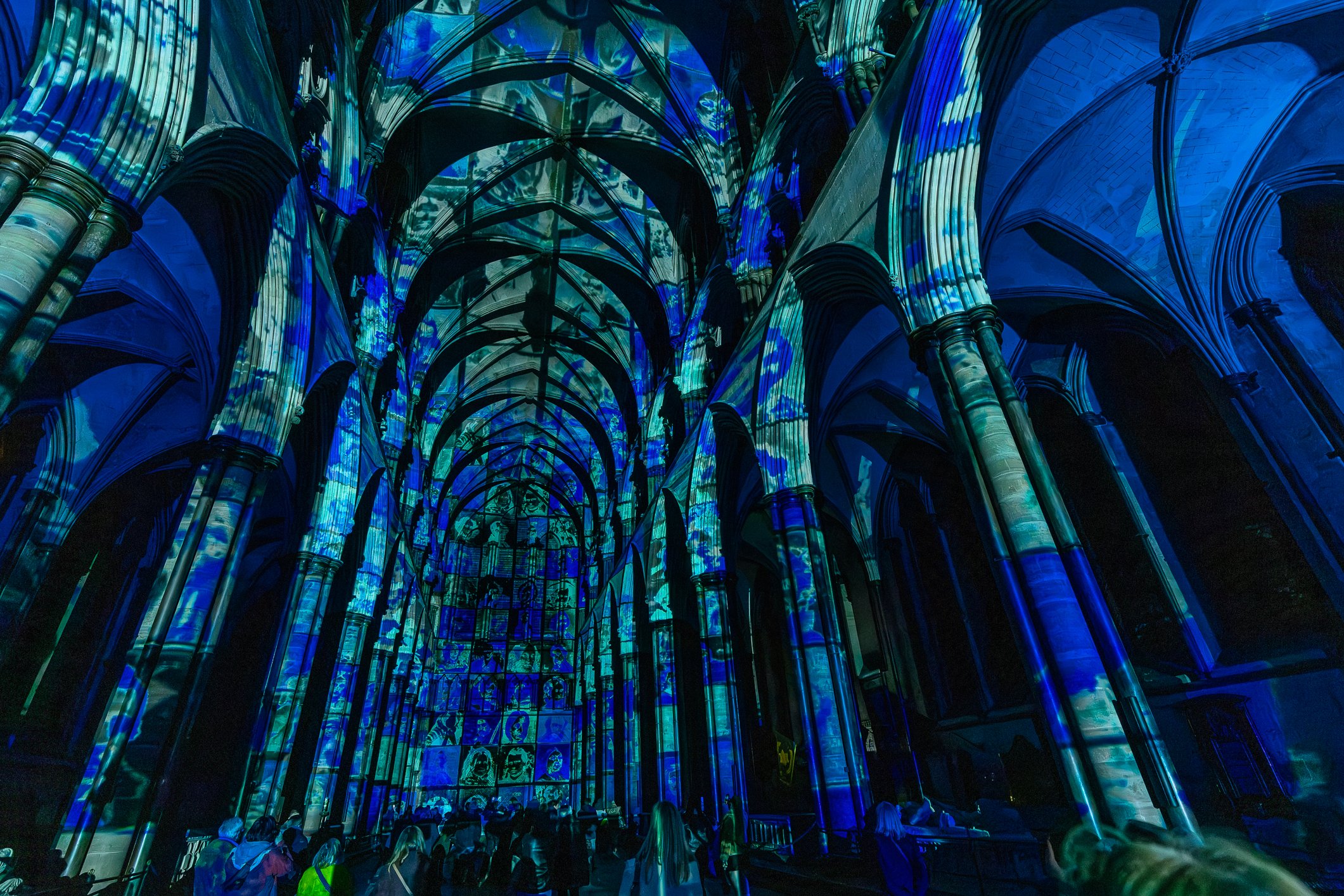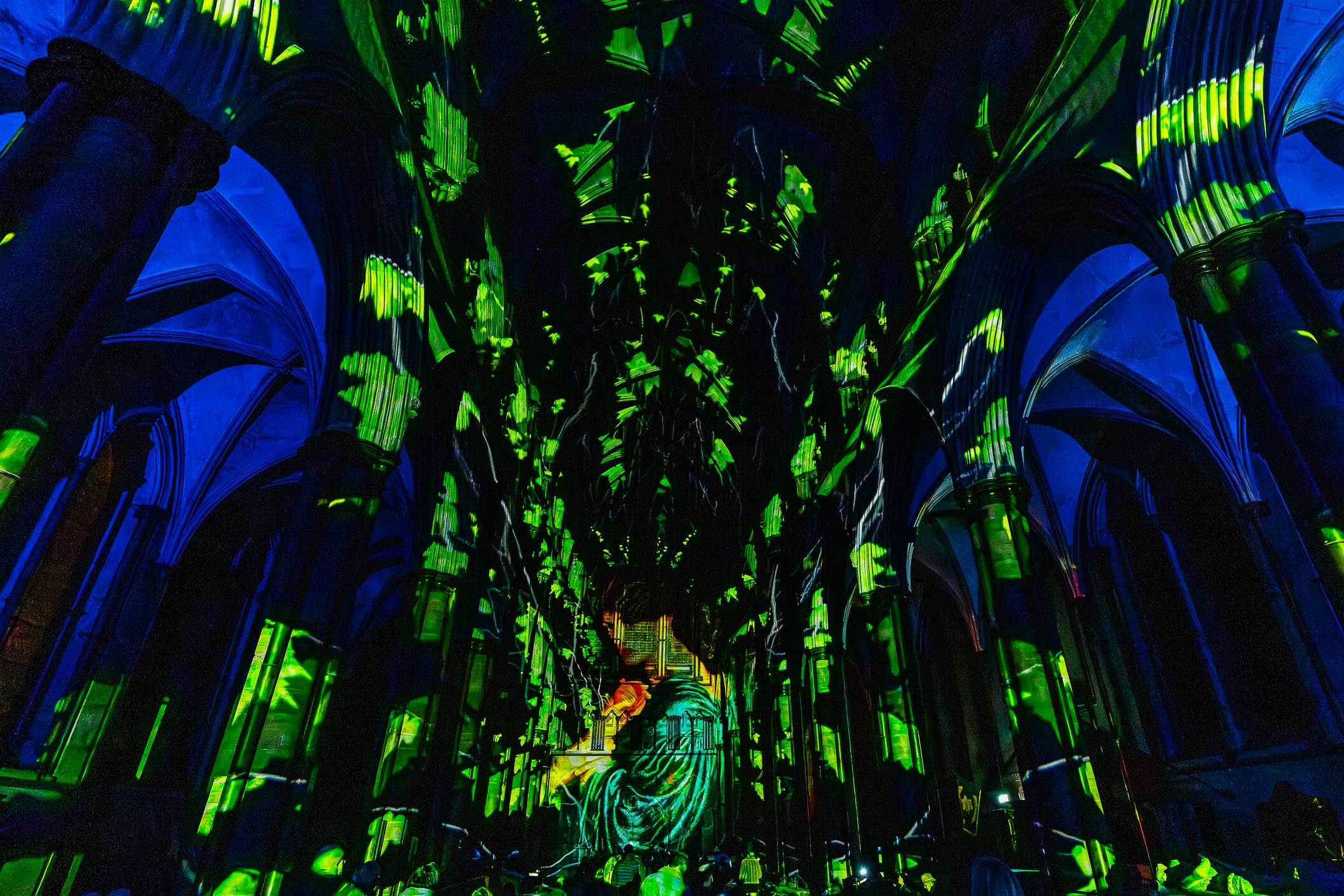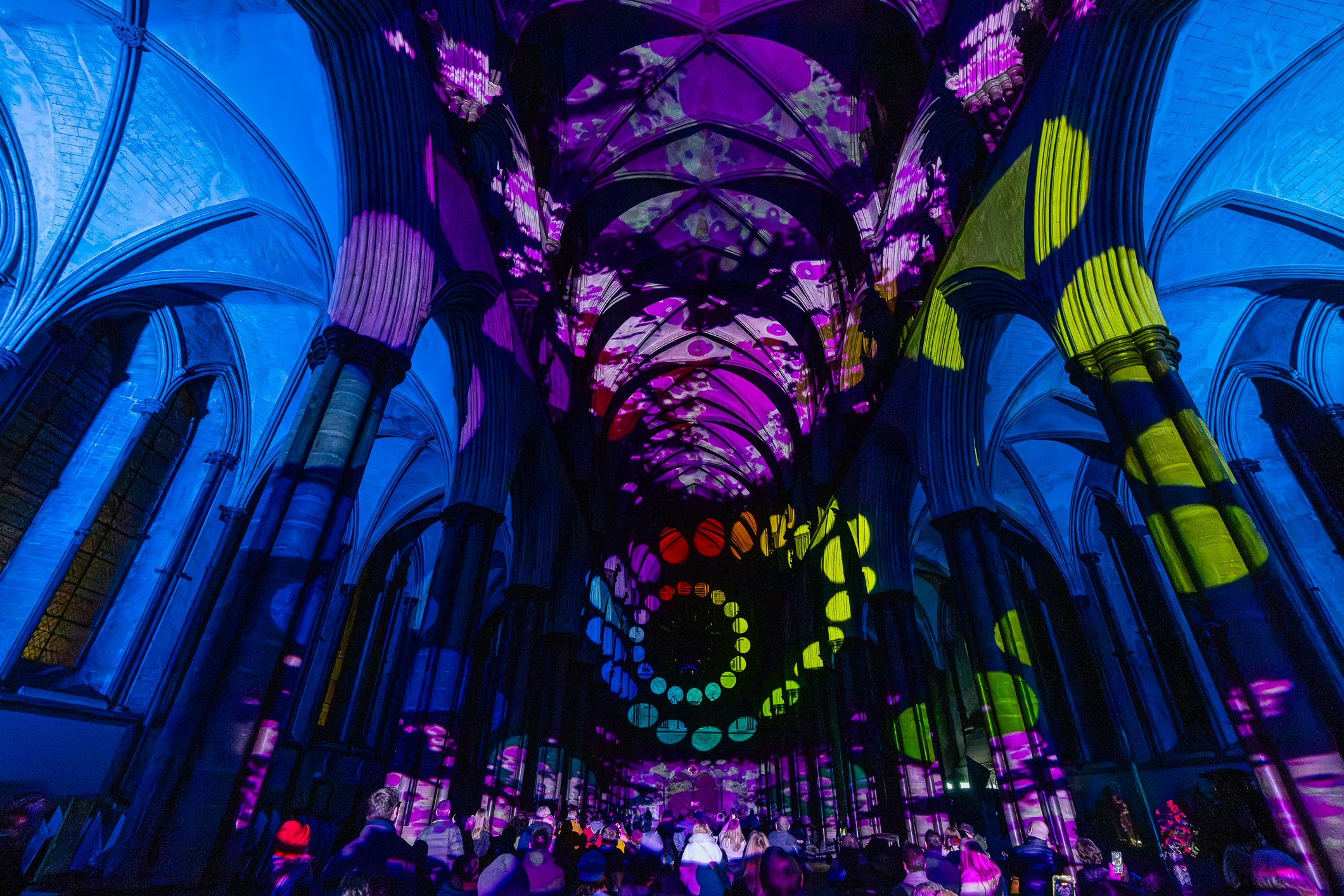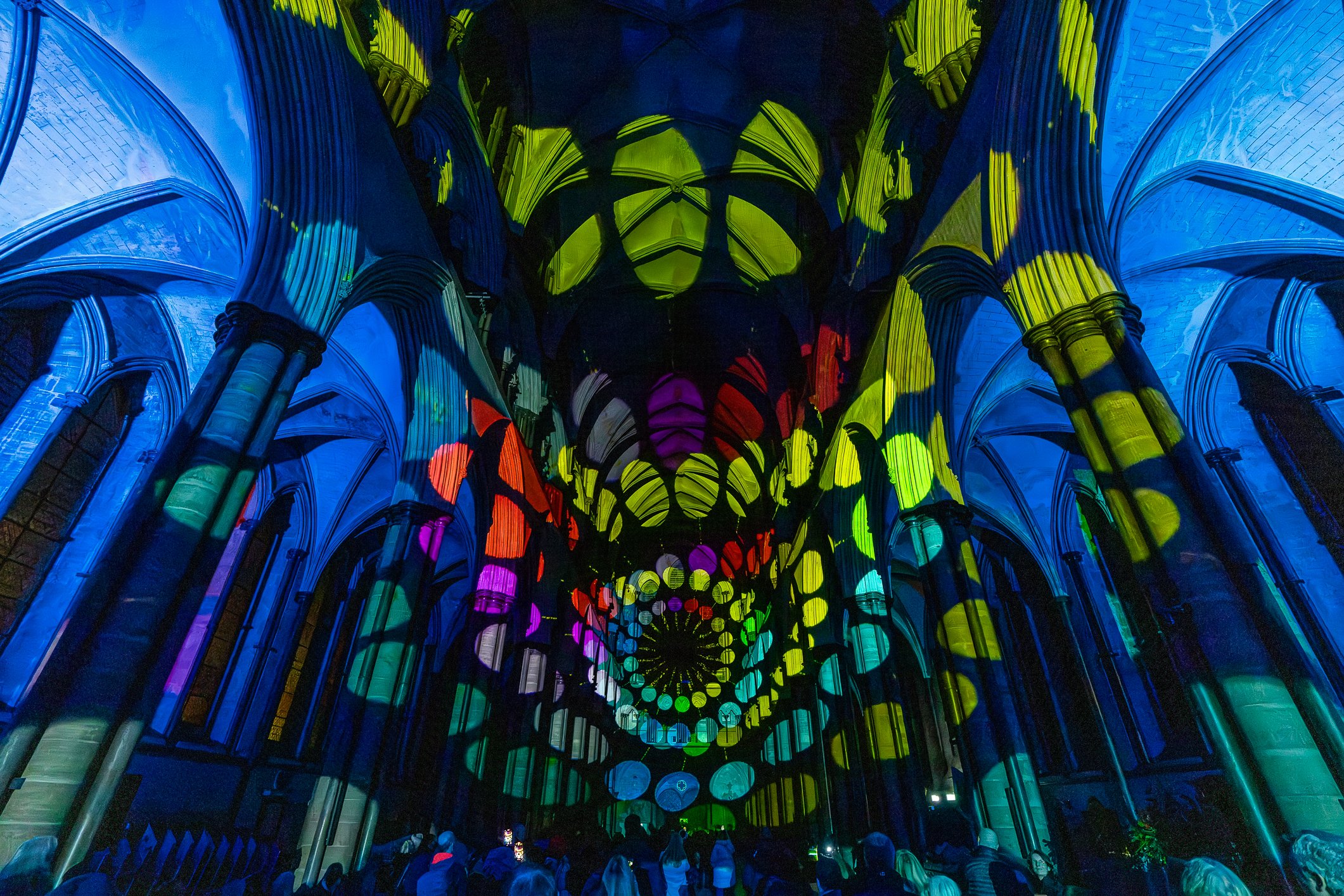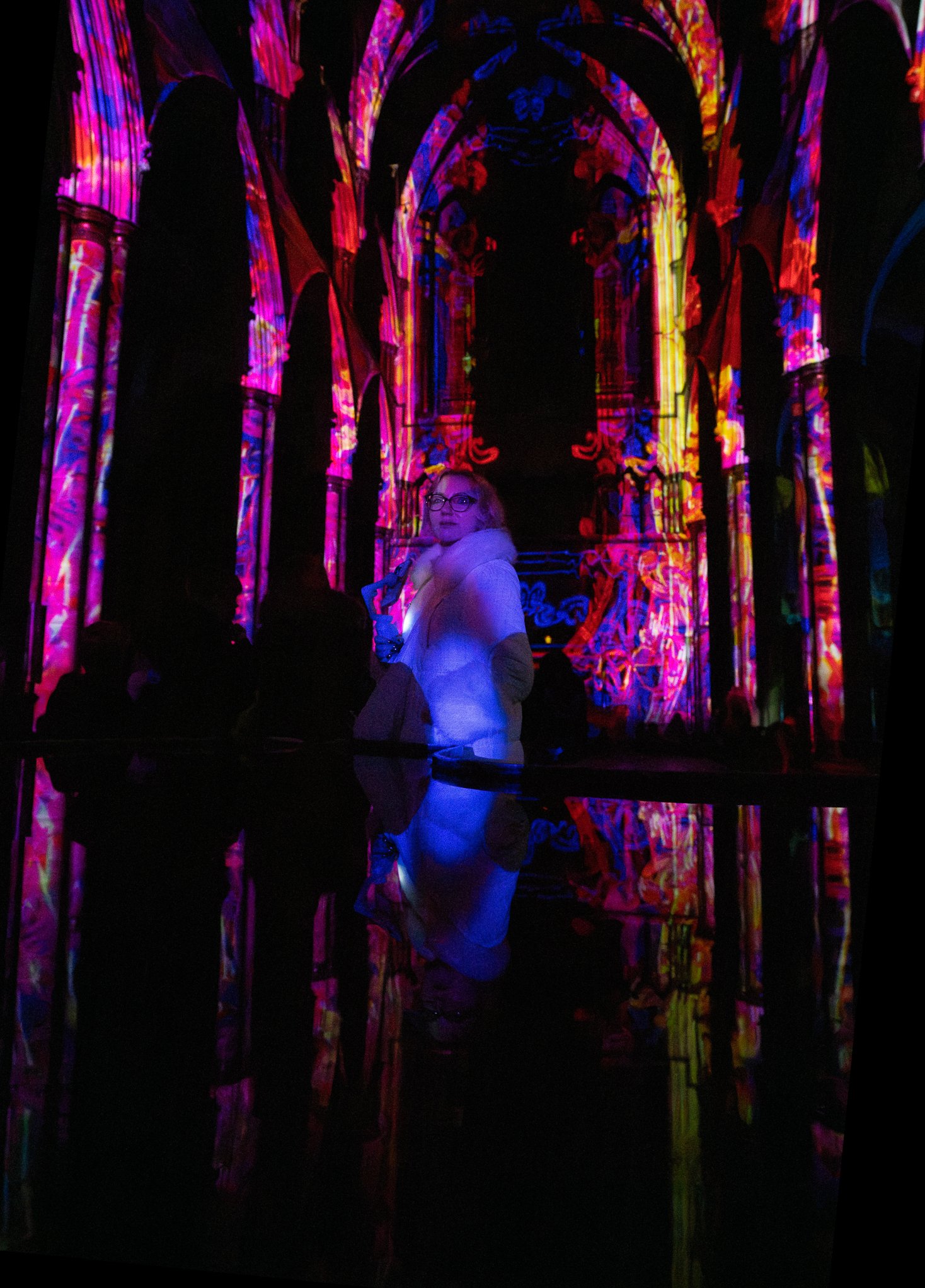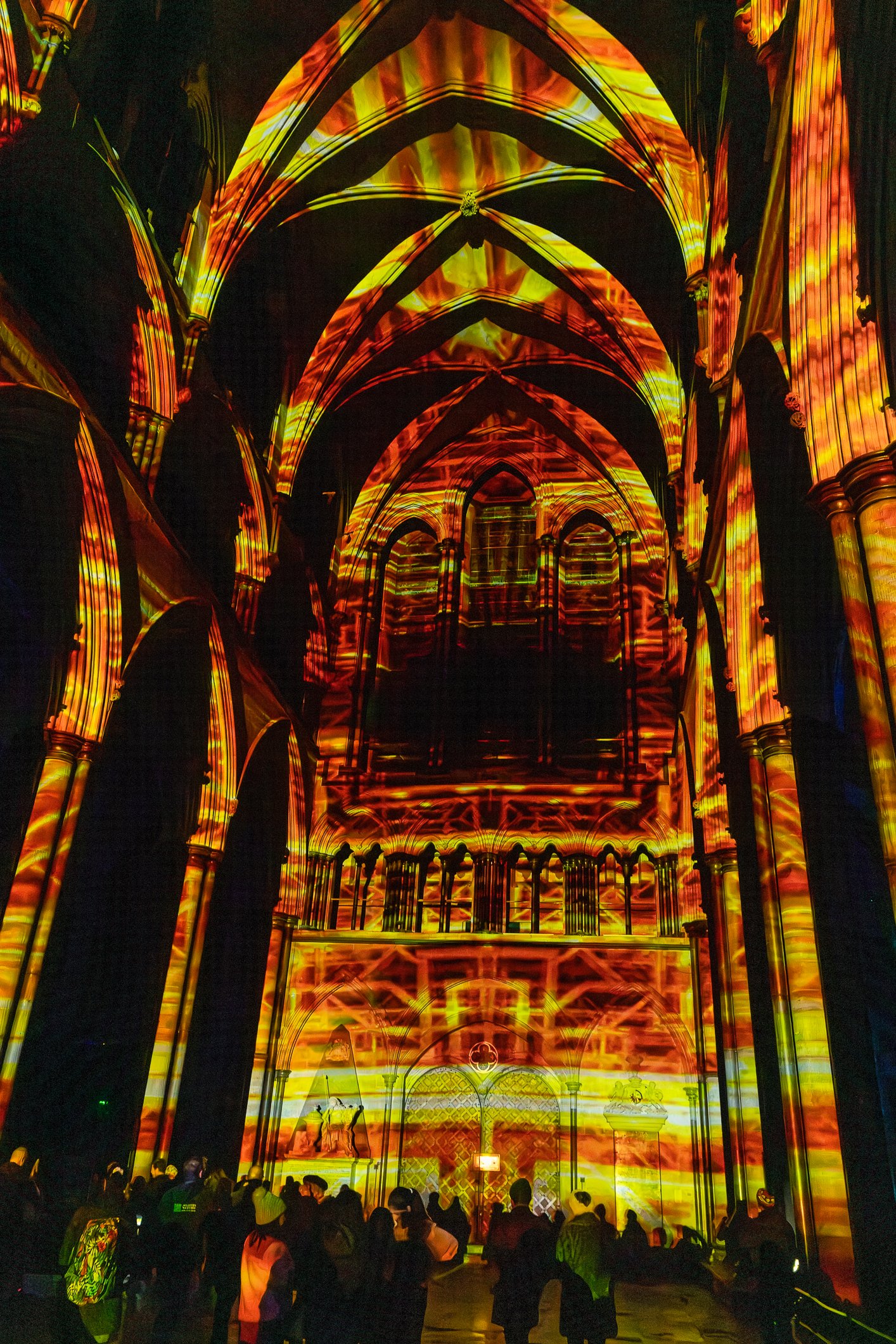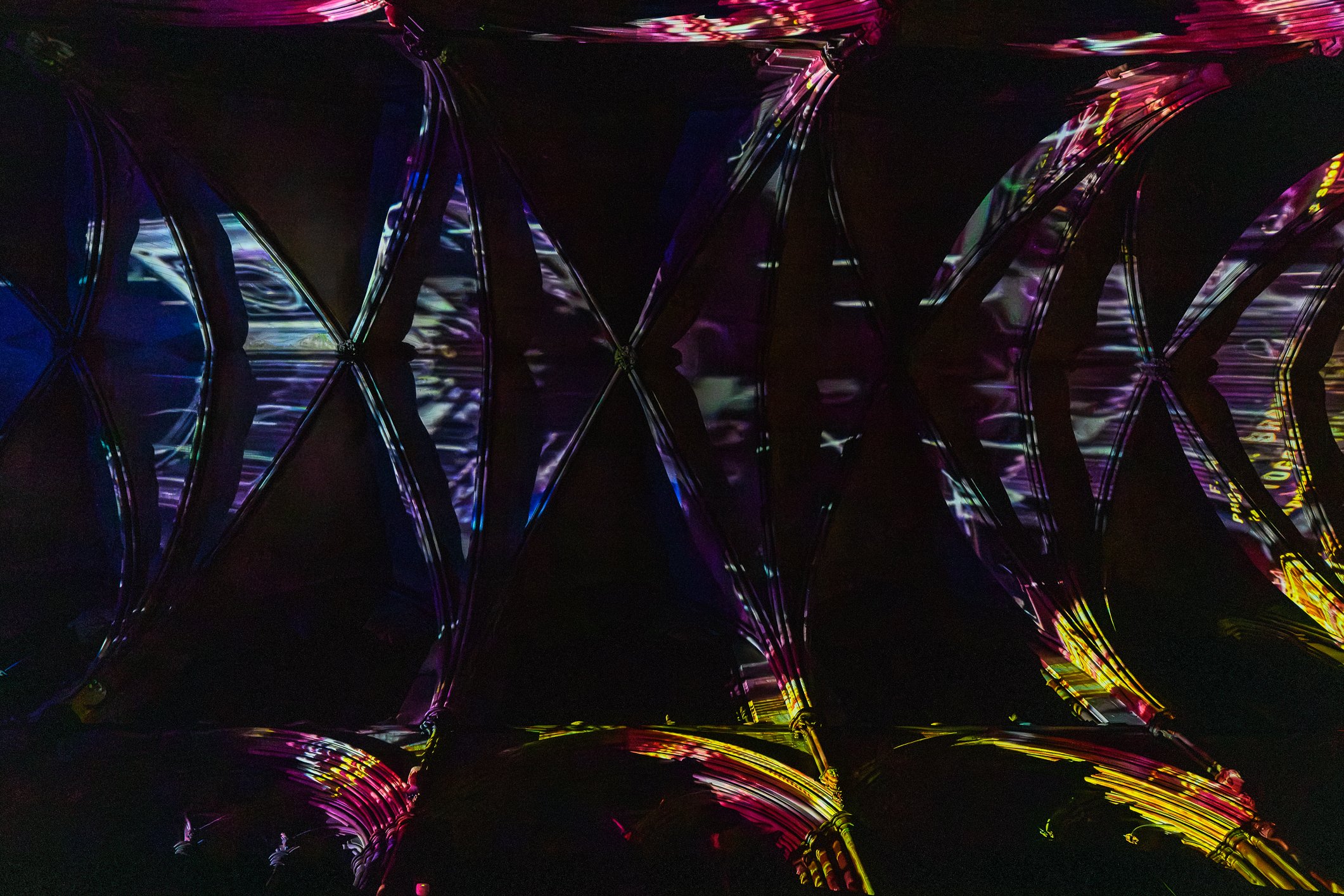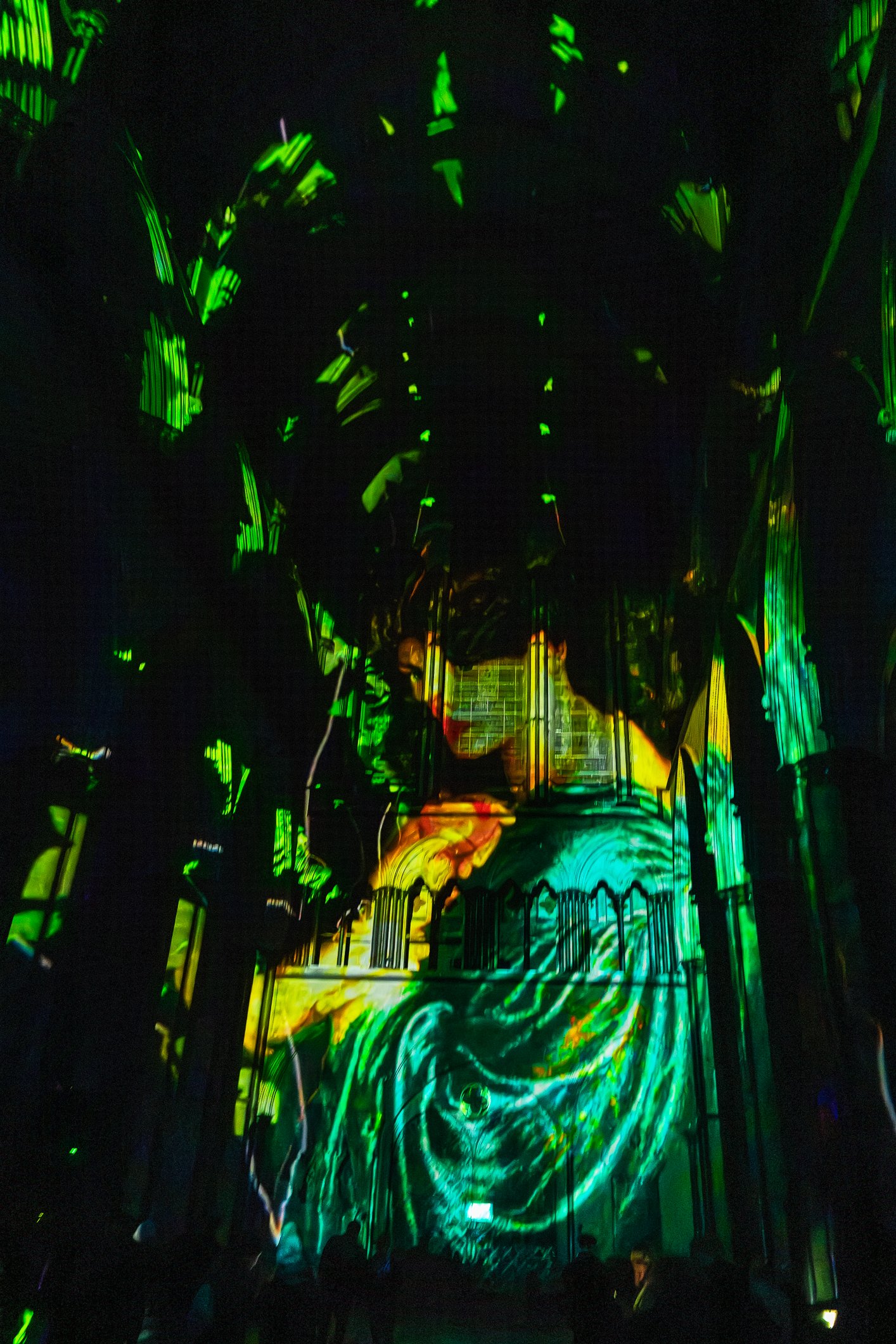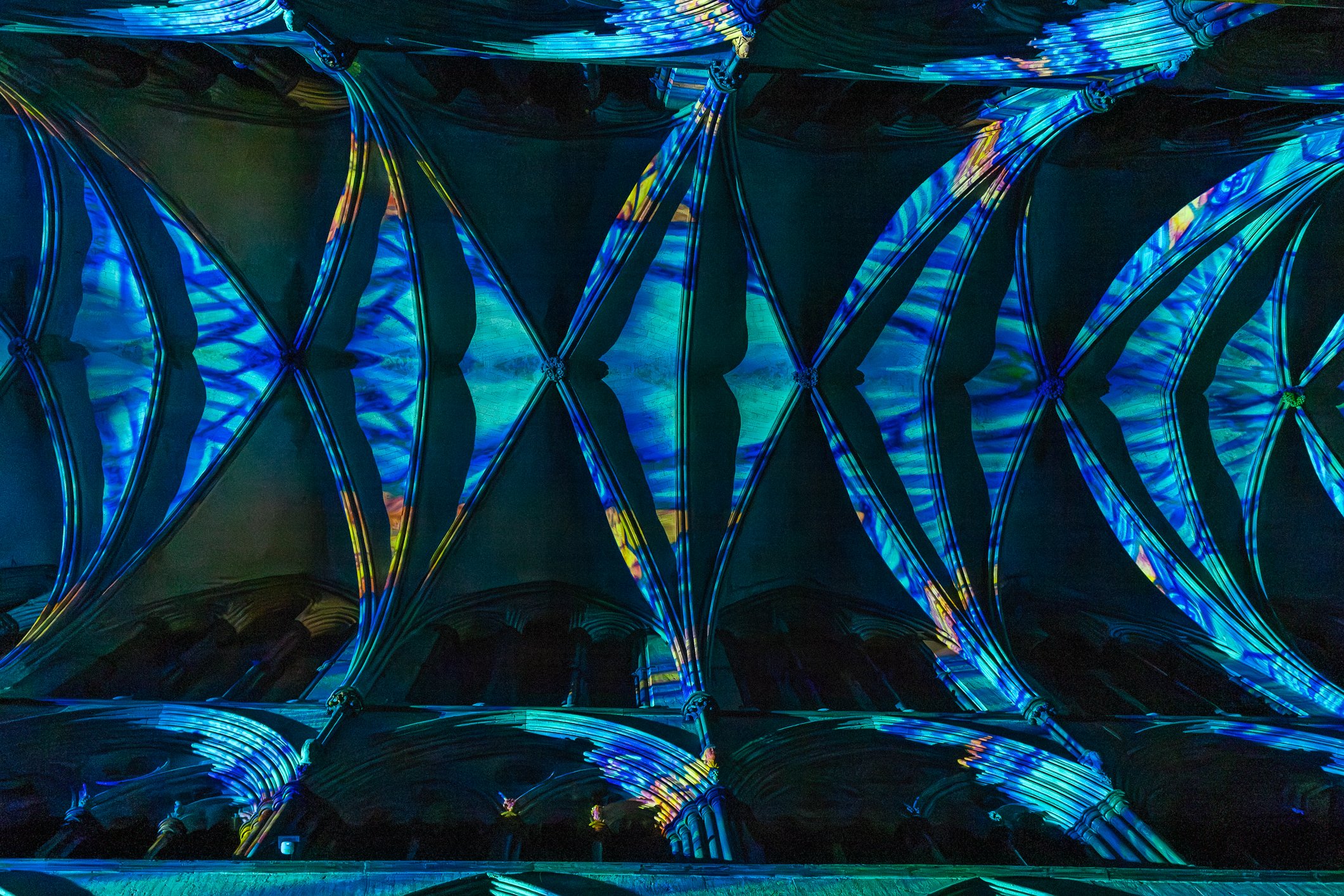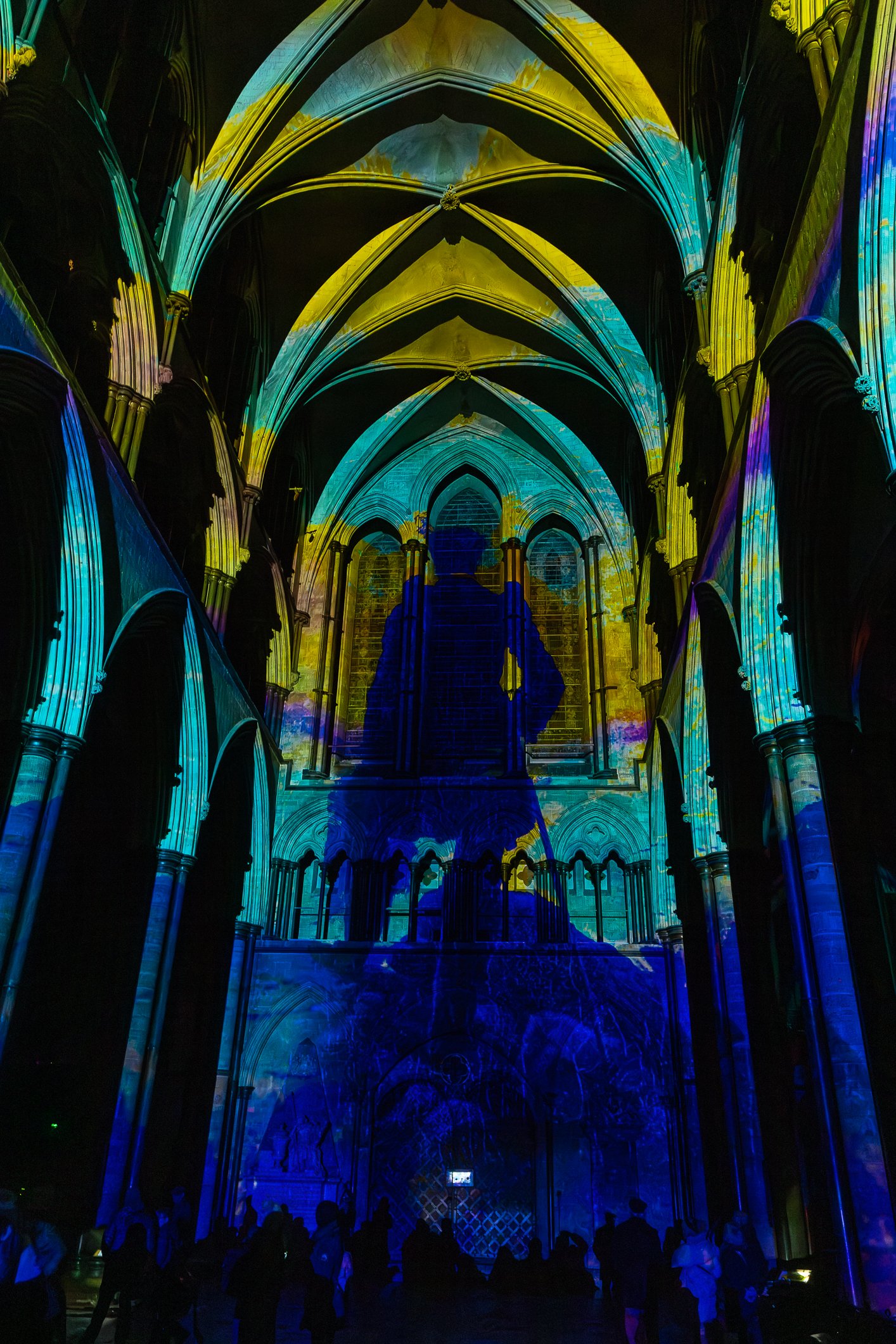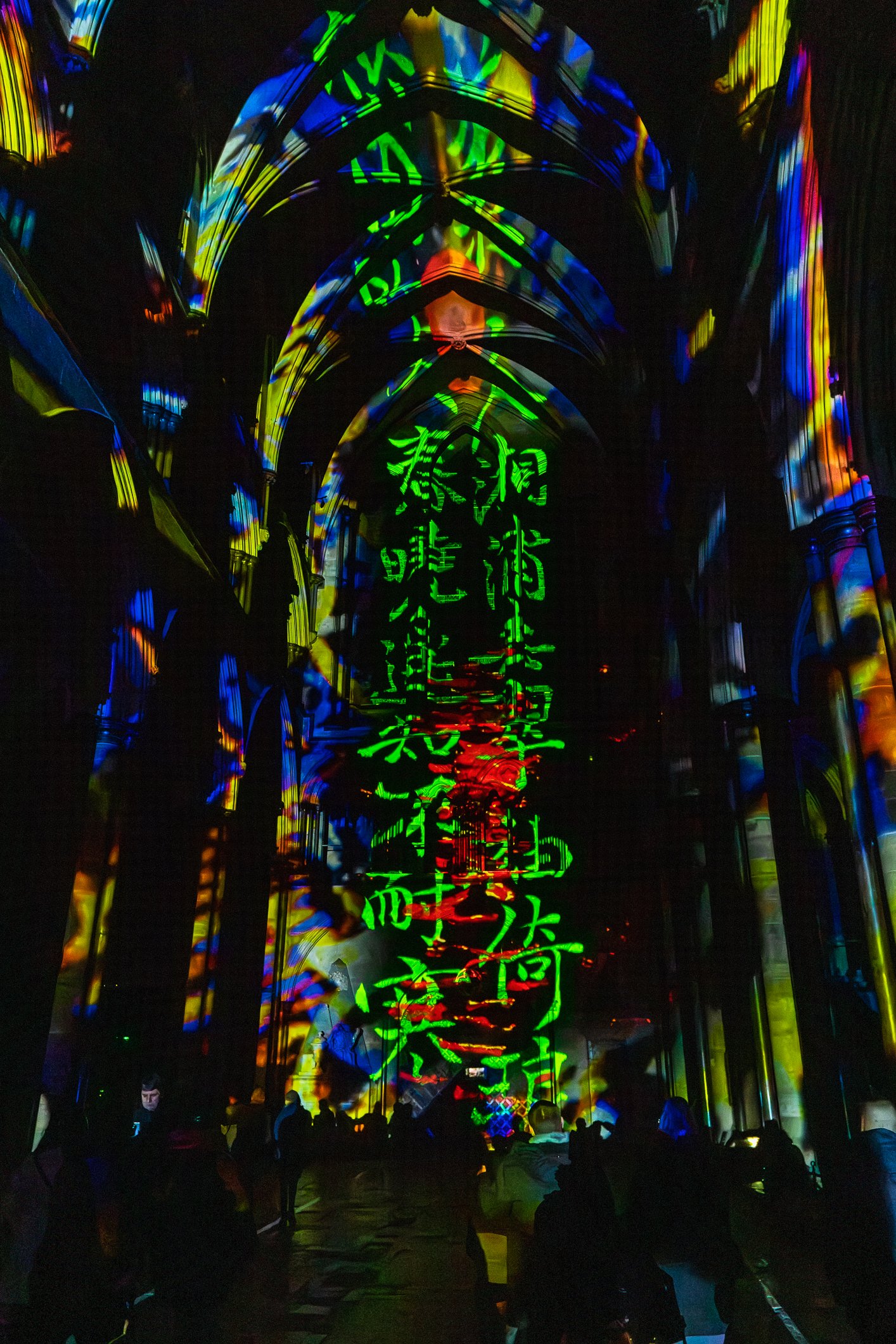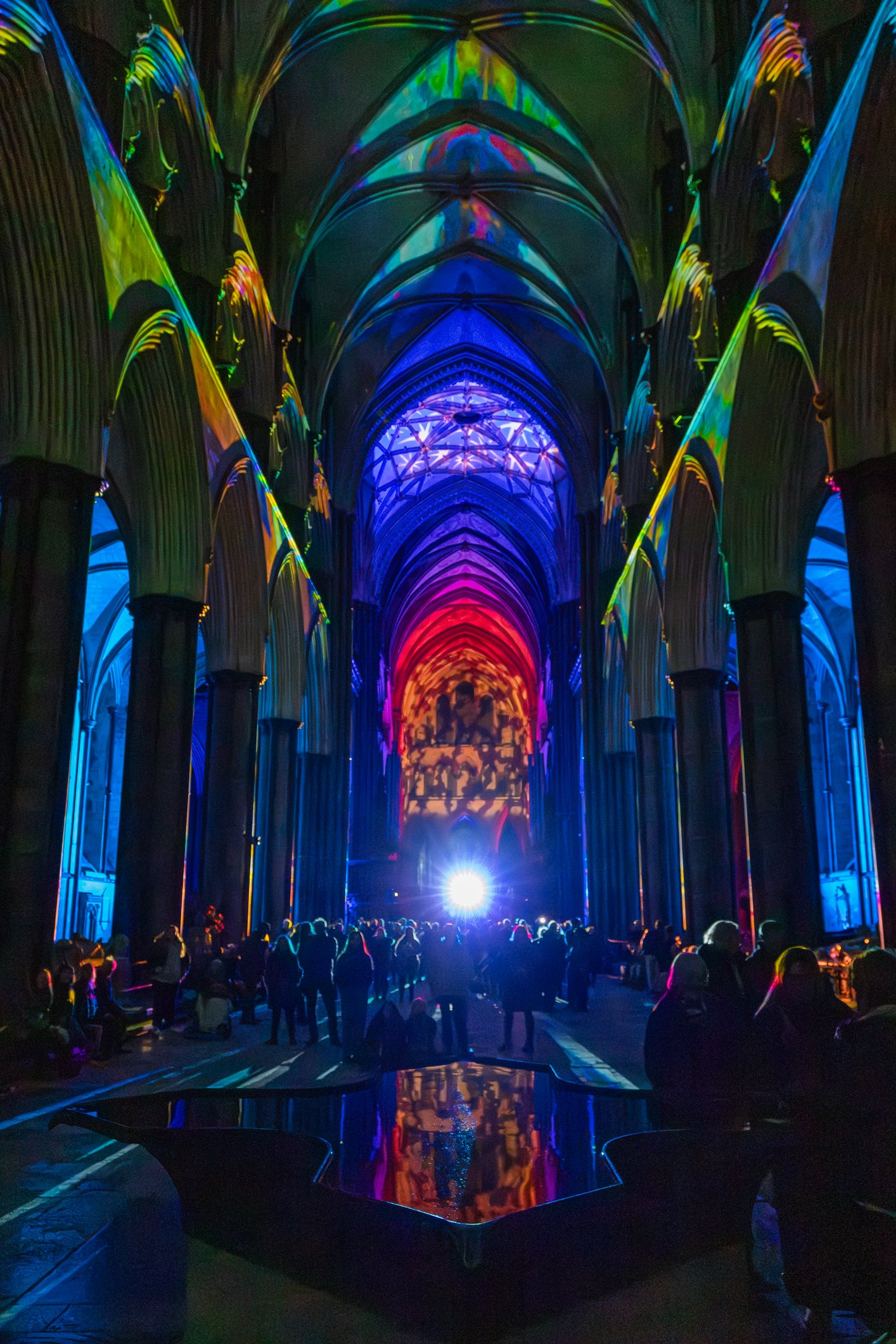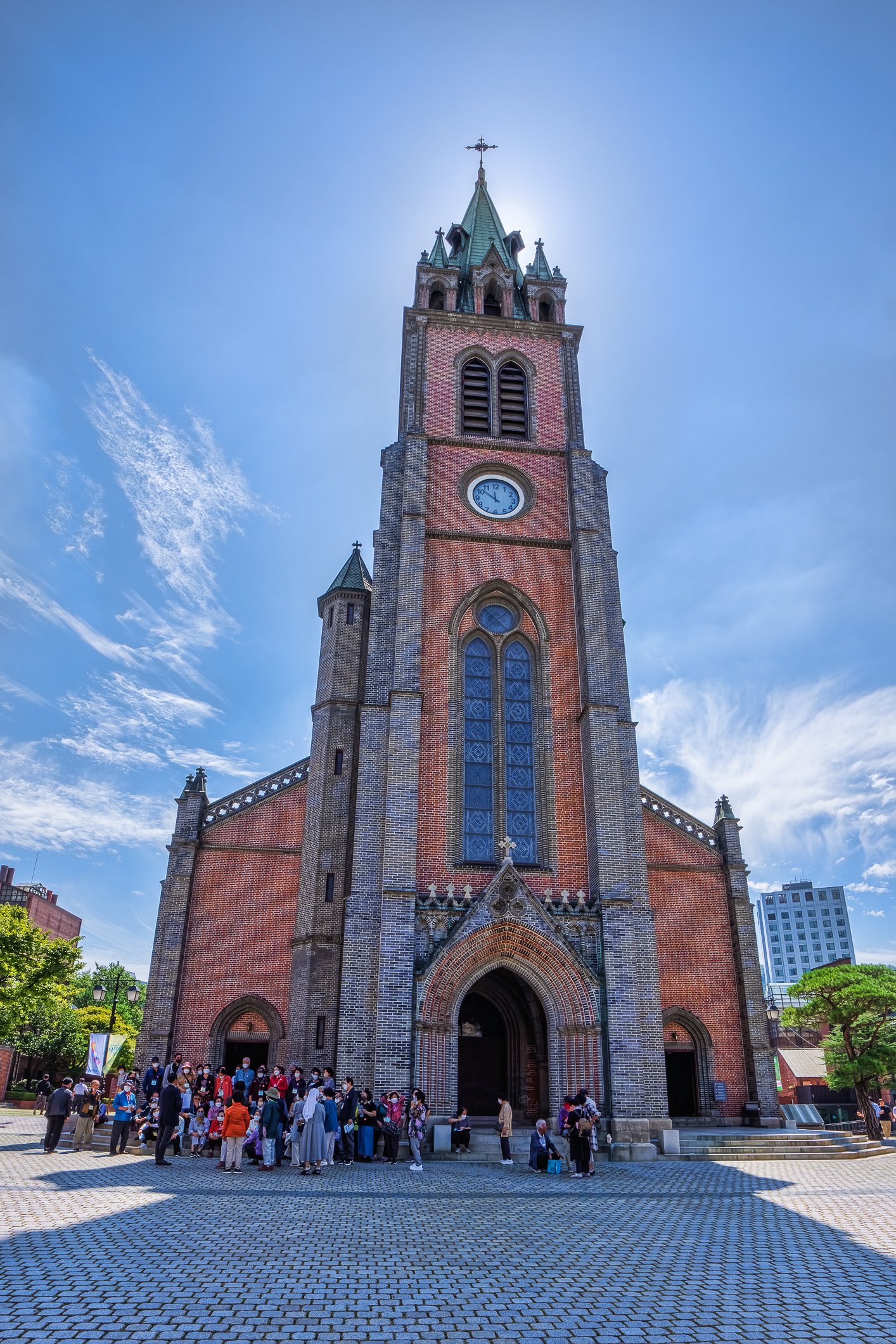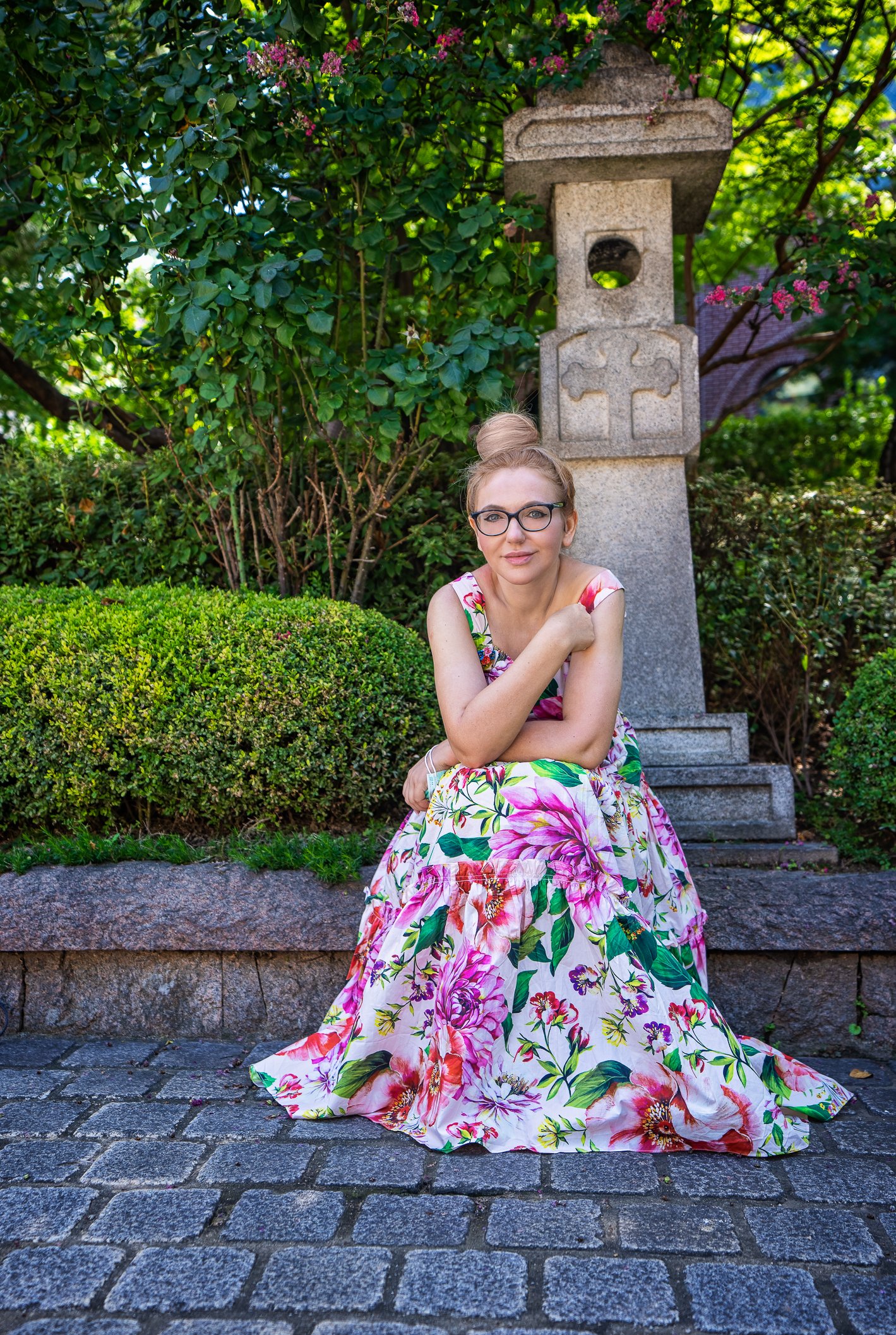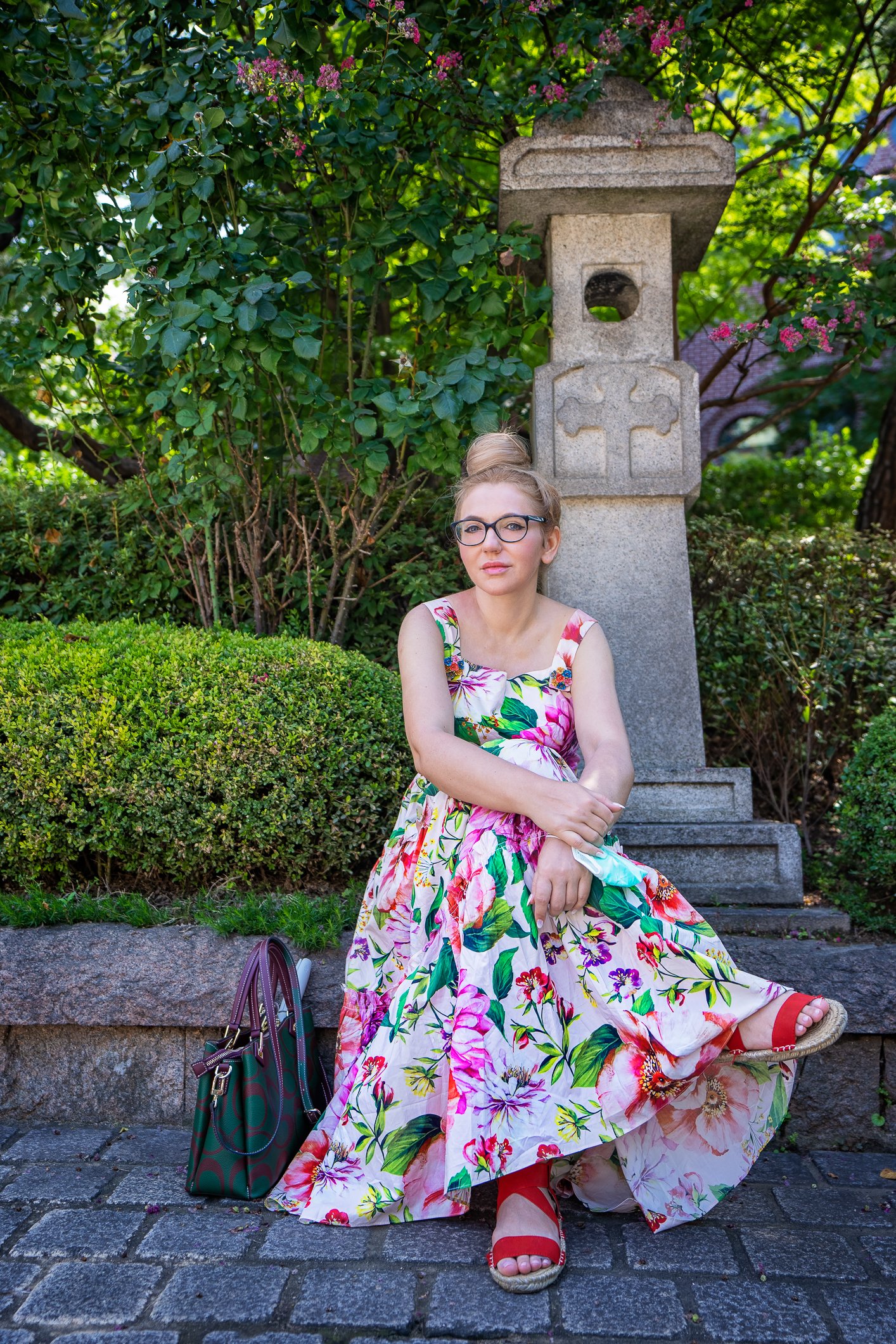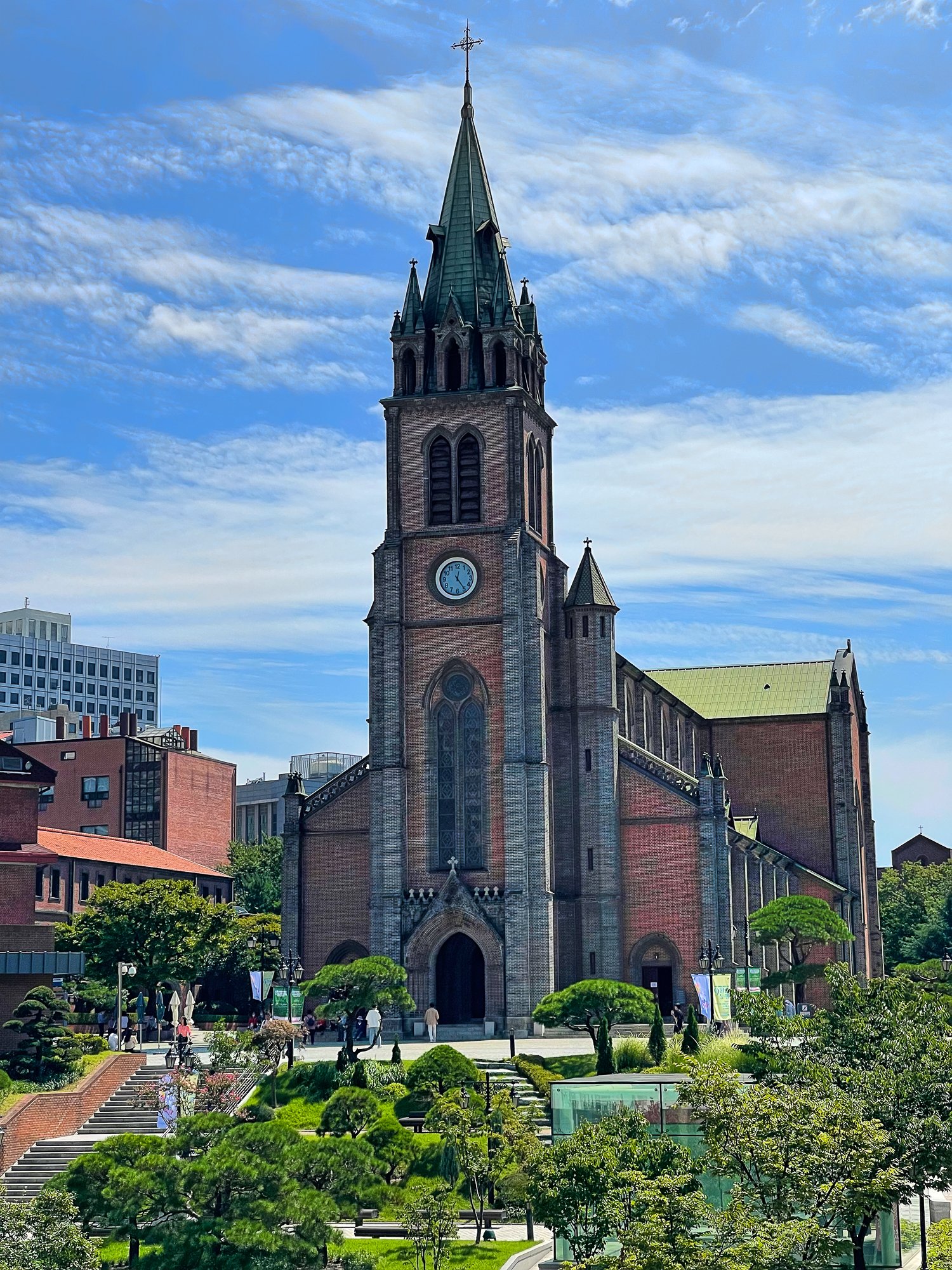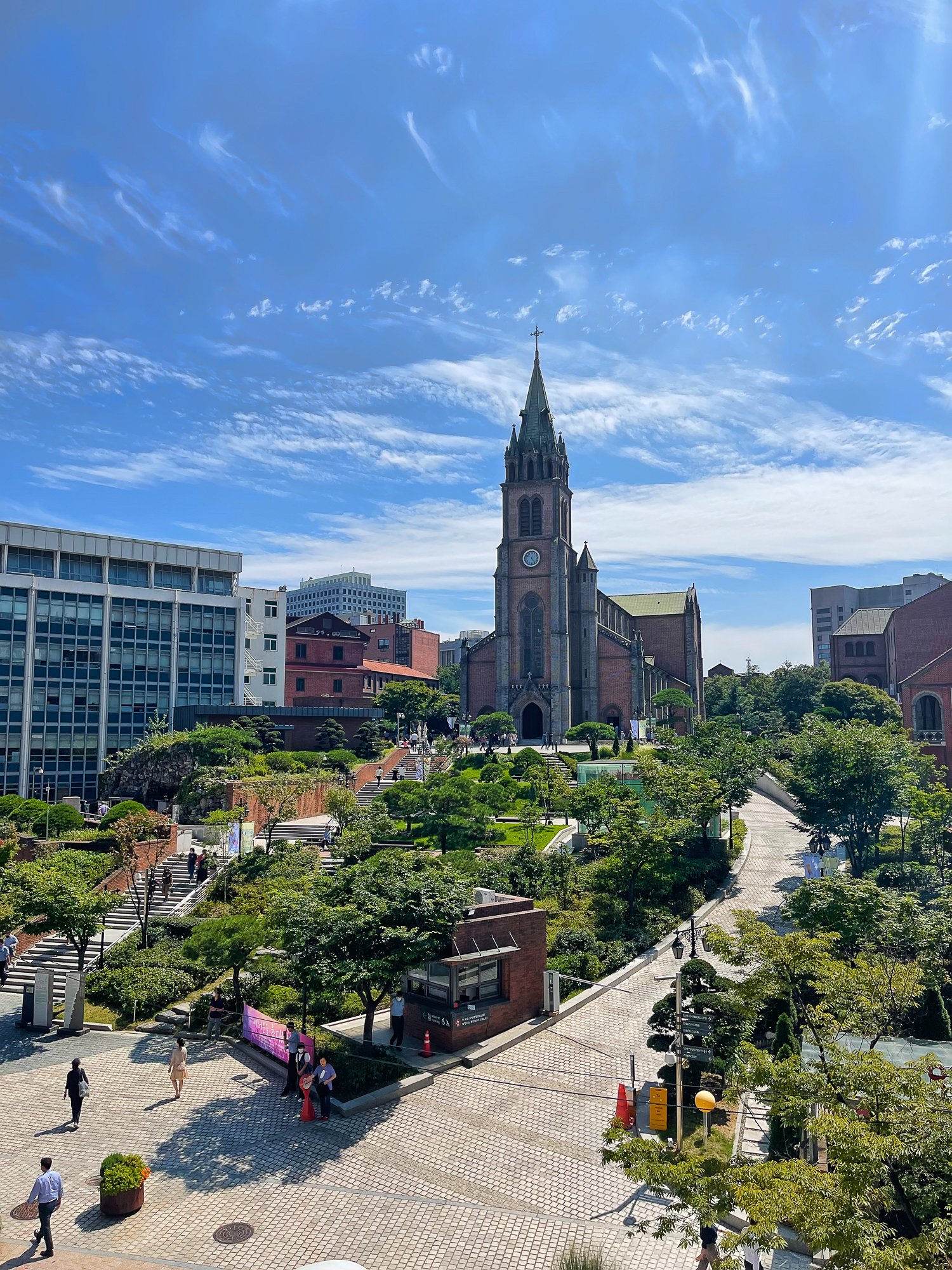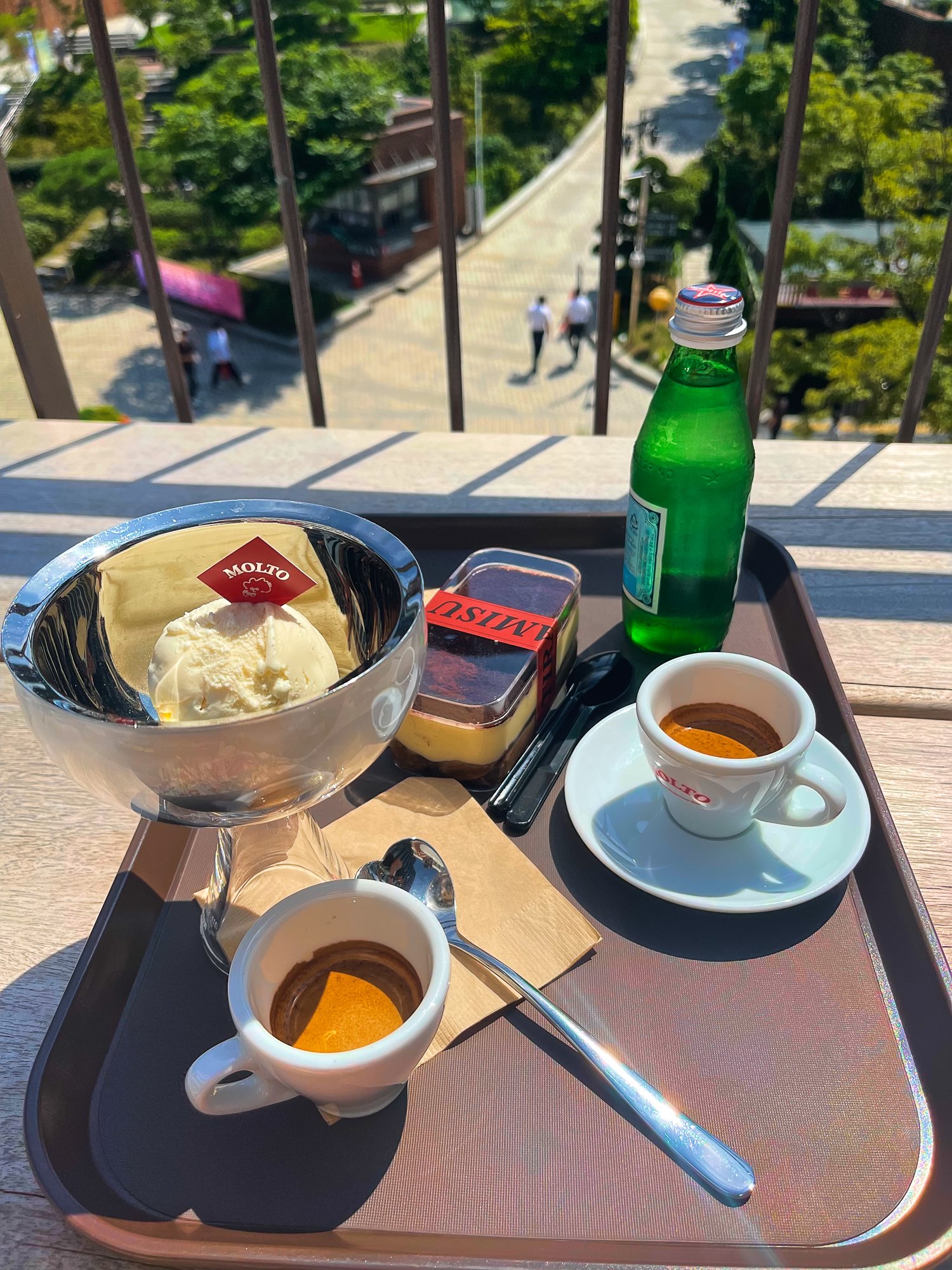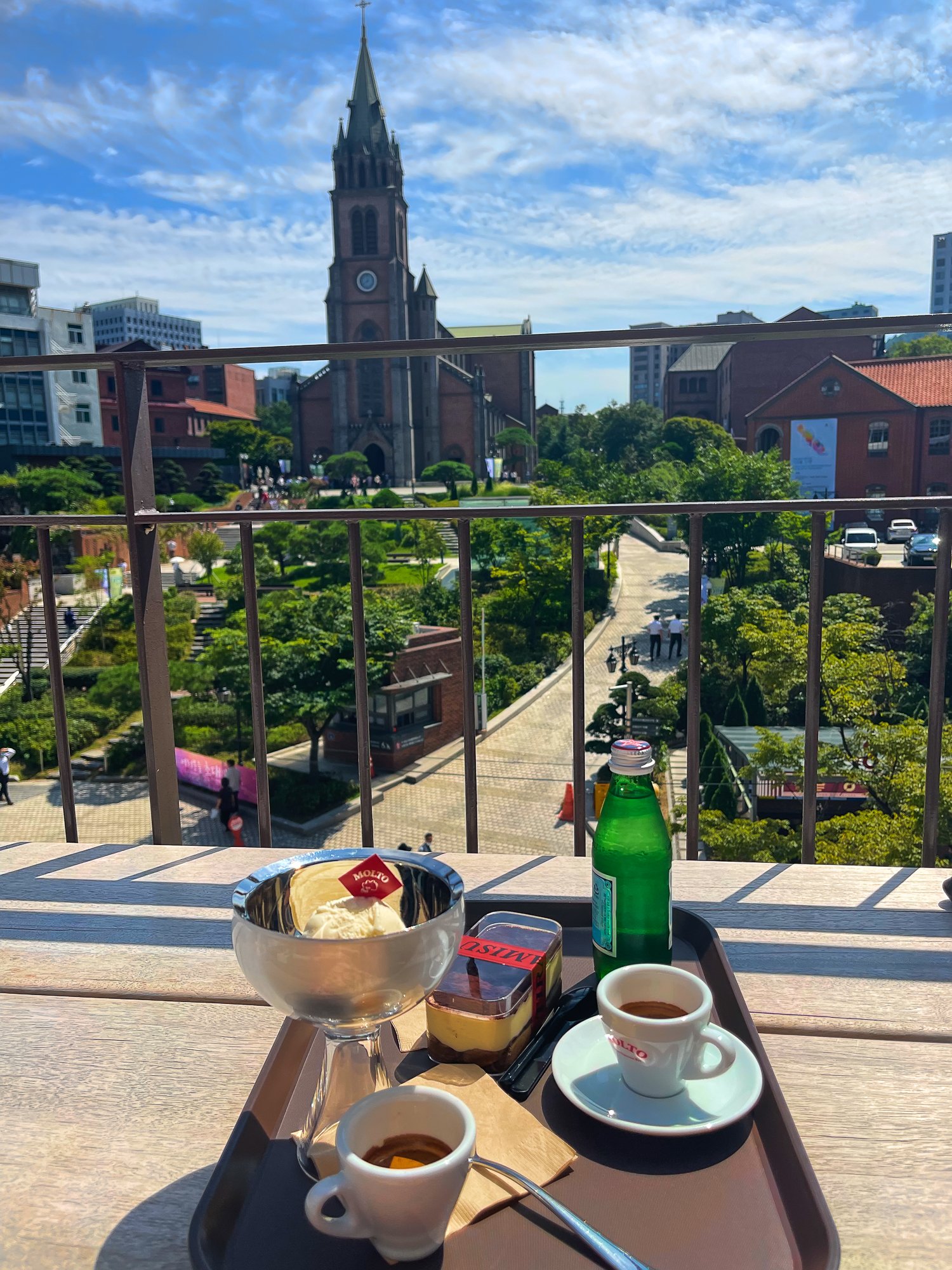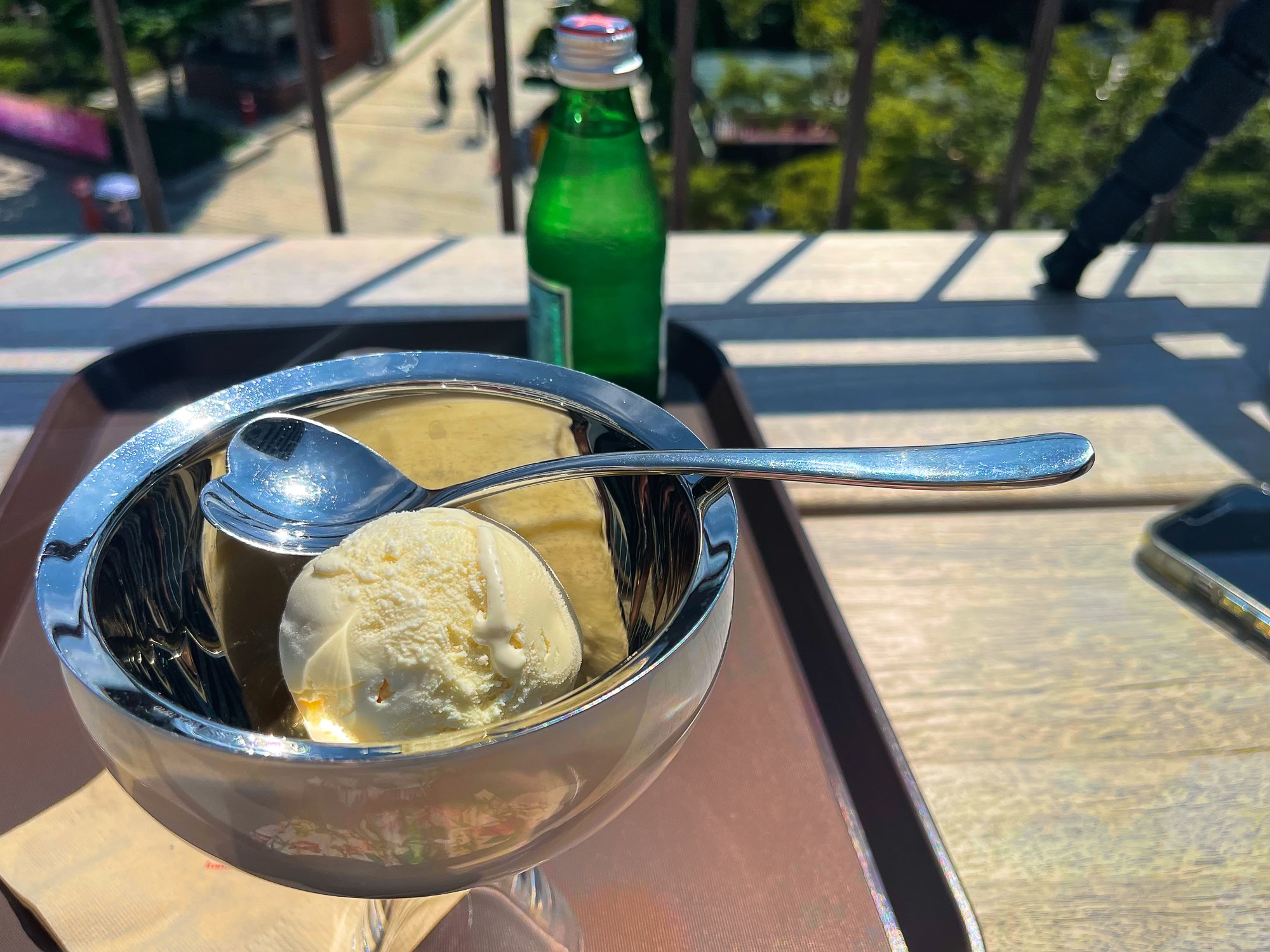After lunch, we decided to visit the Iglesia de la Compañía de Jesús—the ornate, reddish-brown stone church on the southeastern side of the square that dominates the Cusco skyline. Its twin towers rise above the colonial rooftops, just beside the more austere Cusco Cathedral.
Built in the mid-1600s on the foundations of an Inca palace—Amaru Cancha, once the palace of Huayna Capac, the last Inca to rule an unconquered empire—the church was reconstructed after the 1650 earthquake and stands as a prime example of Spanish Baroque architecture in Peru. The façade is richly detailed, with carved columns, niches, and sculptural flourishes. If the light hits it just right, the volcanic stone glows faintly in the late afternoon sun.
Interestingly, the church was once at the centre of a major power struggle. The Jesuits built it to rival the nearby cathedral, which caused considerable tension with local clergy. Pope Paul III was even called upon to intervene—he ordered that its construction not overshadow the cathedral. But by then, it was too late. The church was already becoming one of the most impressive in the Andes.
Po obiedzie postanowiliśmy odwiedzić Iglesia de la Compañía de Jesús – piękny kościół, który dominuje nad południowo-wschodnią stroną placu i znacząco wyróżnia się na tle panoramy Cuzco. Jego bliźniacze wieże górują nad kolonialnymi dachami, tuż obok bardziej surowej w formie Katedry w Cuzco.
Kościół został zbudowany w połowie XVII wieku na fundamentach inkaskiego pałacu Amaru Cancha – dawnej rezydencji Huayny Capaca, ostatniego władcy nie podbitego imperium Inków. Po trzęsieniu ziemi w 1650 roku budowla została odbudowana i dziś stanowi jeden z najlepszych przykładów architektury baroku hiszpańskiego w Peru. Fasada jest bogato zdobiona – znajduje się tu rzeźbione kolumny, nisze i dekoracyjne elementy kamienne. W odpowiednim świetle wulkaniczny kamień koscioła przybiera głęboki, ciepły kolor i wygląda, jakby delikatnie lśnił w słońcu.
Kościół ten był też niegdyś źródłem poważnego konfliktu. Jezuici postawili go z zamiarem dorównania, a może i przyćmienia pobliskiej katedry, co wywołało niezadowolenie lokalnego duchowieństwa. Sprawa trafiła aż do papieża Pawła III, który nakazał, by budowla nie przewyższała katedry. Decyzja jednak nadeszła zbyt późno – kościół już wtedy był jedną z najwspanialszych świątyń w Andach.







We entered through the large central doorway, flanked by tall Corinthian columns and topped by a beautiful arched window framed with intricate stonework.
Inside, we were immediately enveloped in a world of rich gold leaf and dark wood. The main altar is the showstopper—massive (21 metres tall), glittering, and intricately carved. Made of cedar and entirely covered in gold leaf, it draws your eyes upward. The fine wooden pulpit, detailed with a relief of Christ, adds to the drama.
Do środka wchodzimy przez główne wejście, flankowane wysokimi kolumnami korynckimi, nad którymi wznosi się piękne, łukowate okno w kamiennej oprawie.
We wnętrzu dominuje ciemne drewno i złote zdobienia. Główny ołtarz, wykonany z drewna cedrowego i całkowicie pokryty złotem, jest monumentalnych rozmiarów (21 metrów wysokości) i cały misternie rzeźbiony. Kunsztownie wykonana ambona z wizerunkiem Chrystusa w reliefie także przyciąga uwagę.




Side chapels line the interior, each with their own saints, altars, and character. Many are adorned with paintings from the Escuela Cusqueña—vivid works that blend European religious themes with Andean symbolism. The confessionals, like much else here, are beautifully carved.
Bogactwem okapują także boczne kaplice, każda z własnym ołtarzem i postaciami świętych. Wiele z nich zdobią obrazy szkoły Cuzqueña, łączące europejskie tematy religijne z lokalną, andyjską symboliką. Konfesjonały, podobnie jak reszta wyposażenia, są pięknie rzeźbione.











The sacristy carries the same baroque opulence: carved wood, gold leaf, and dark colonial-era furniture. One of its highlights is a collection of colonial paintings, again largely from the Cusco School. These pieces often depict saints, Jesuit figures, or biblical scenes, and are rich in colour, gold accents, and that distinct fusion of Spanish and indigenous aesthetics. Among them are also many depictions of the Crucified Christ as Señor de los Temblores—the Lord of the Earthquakes—Cusco’s patron figure.
Zakrystia również urzeka barokowym przepychem i dominuje tu rzeźbione drewno, złote liście i masywne, kolonialne meble. Znajduje się tu także kolekcja malarstwa kolonialnego, w dużej mierze autorstwa artystów szkoły Cuzqueña. Przedstawiają one postaci świętych, jezuitów oraz sceny biblijne – często w żywych kolorach, z dodatkiem złotych akcentów i z charakterystycznym połączeniem stylów hiszpańskiego i rdzennie andyjskiego. Wśród nich znajduje się również wiele przedstawień Chrystusa Ukrzyżowanego jako Señor de los Temblores – Chrystusa od Trzęsień Ziemi, patrona Cuzco, którego kult ma tu szczególne znaczenie.







Beneath the main altar, near the sacristy, we visited the crypt—a small, solemn chamber historically used for burials of prominent Jesuits and possibly local elites. The space feels more austere here: low ceiling, stone or adobe walls, and a quiet, reverent air.
Tuż pod głównym ołtarzem, w pobliżu zakrystii, znajduje się skromna krypta o niskim sklepieniu i ścianach z kamienia i gliny. Jest to niewielkie, surowe pomieszczenie, w którym niegdyś chowano najważniejszych jezuitów, a być może także przedstawicieli lokalnych elit związanych z kościołem.





We ended our visit upstairs in the choir and gallery area. From there, we had a closer look at the ceiling artwork and a sweeping view down towards the altar. Through a gallery window, we could also look out over the Plaza de Armas and the cathedral—a perfect vantage point to take in the contrast between the two great churches.
Na koniec wchodzimy na chór i galerię. Stąd możemy dokładniej przyjrzeć się sufitom, a także spojrzeć z góry na ołtarz główny. Z okna w galerii roztacza się też piękny widok na Plac Broni i katedrę – doskonałe miejsce, by porównać dwie monumentalne świątynie Cuzco.











































